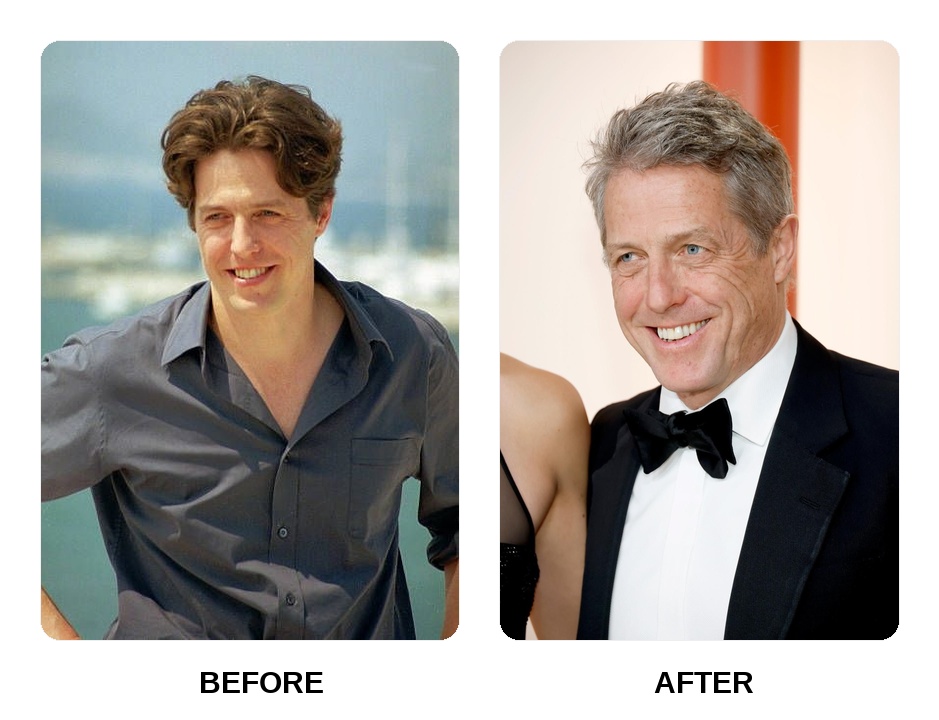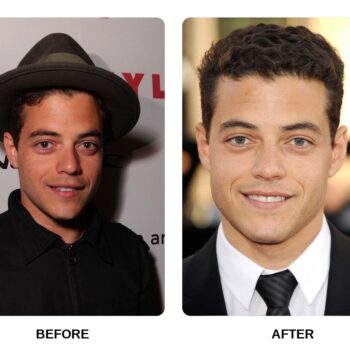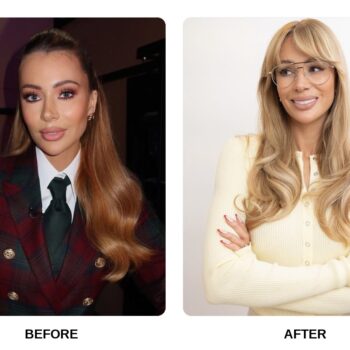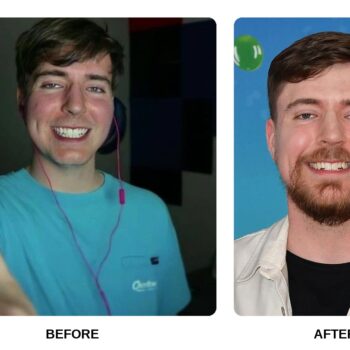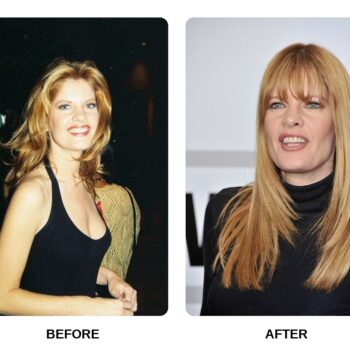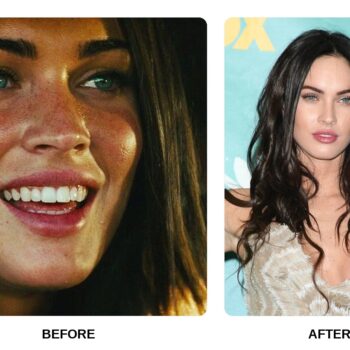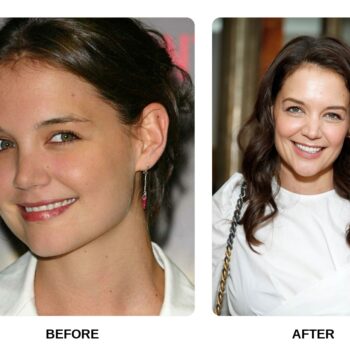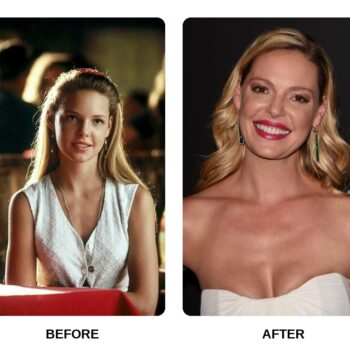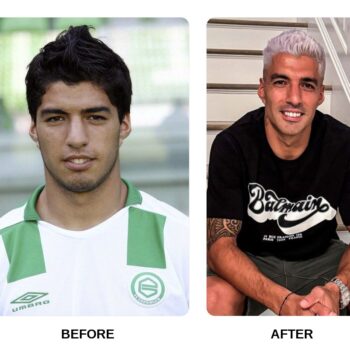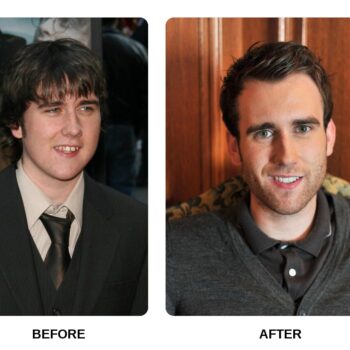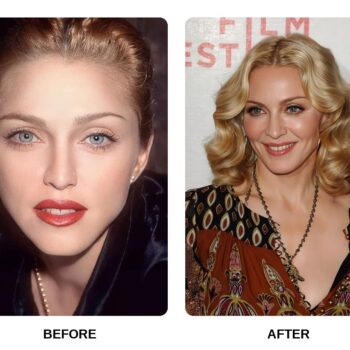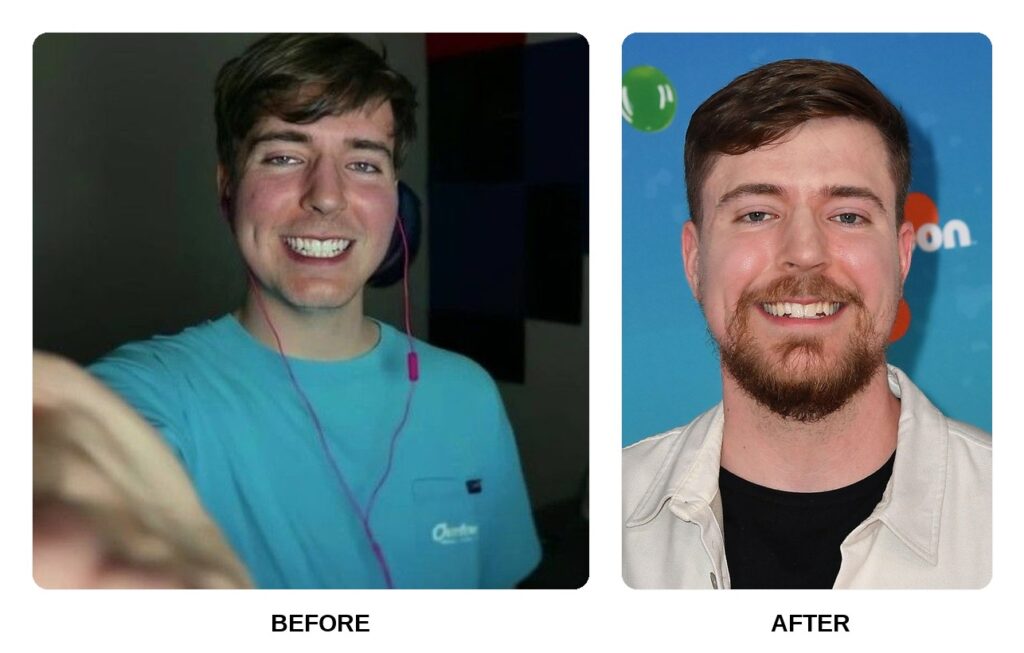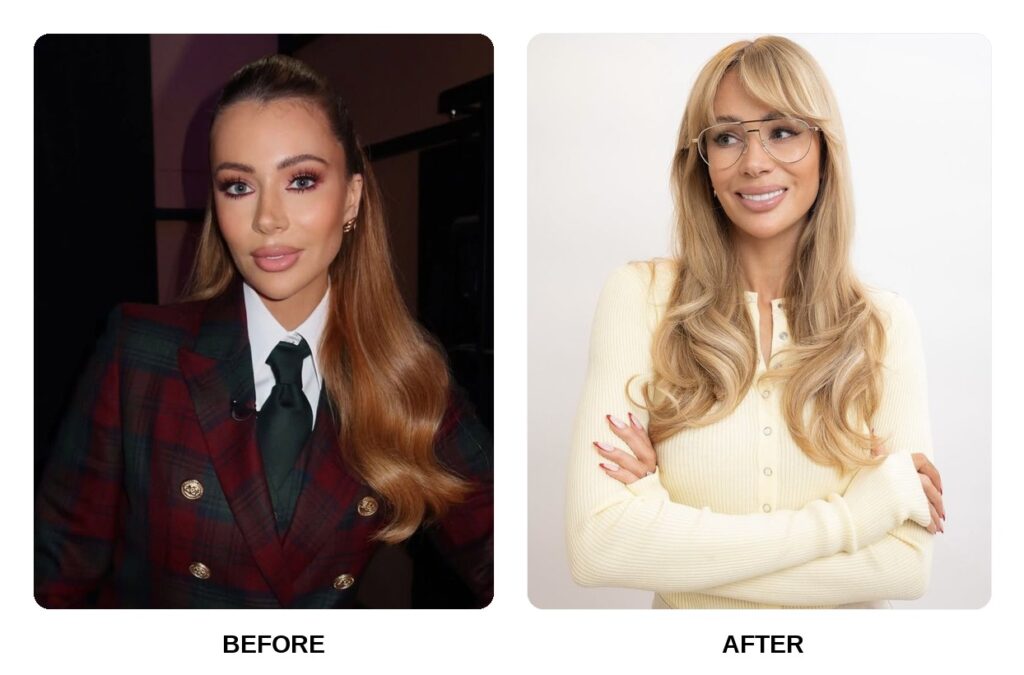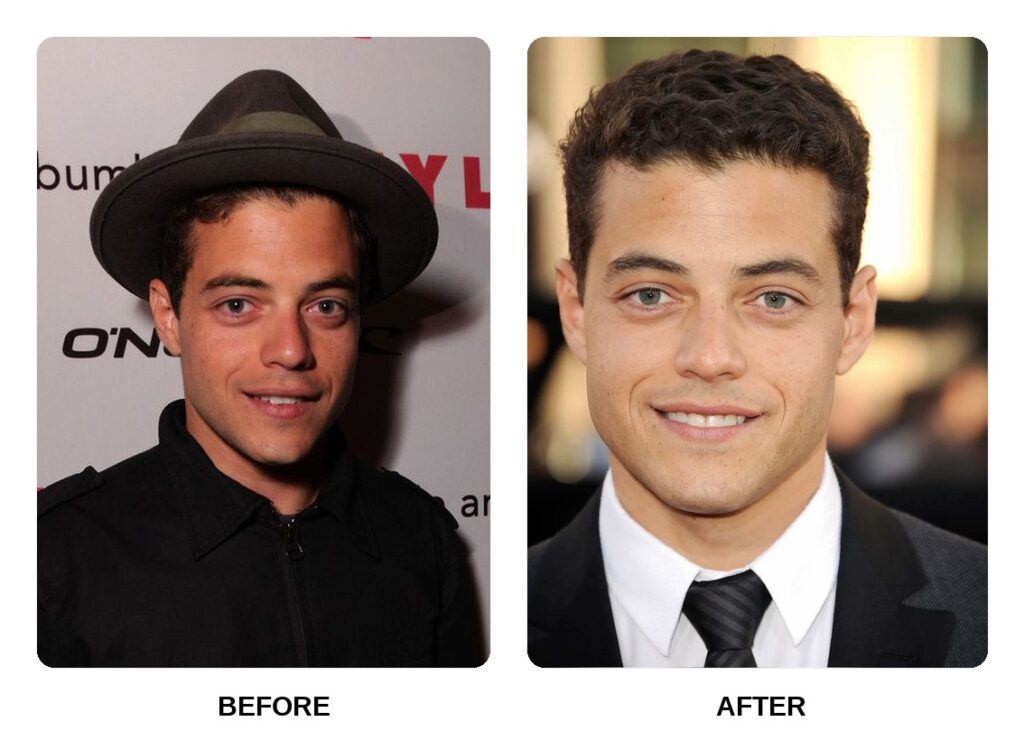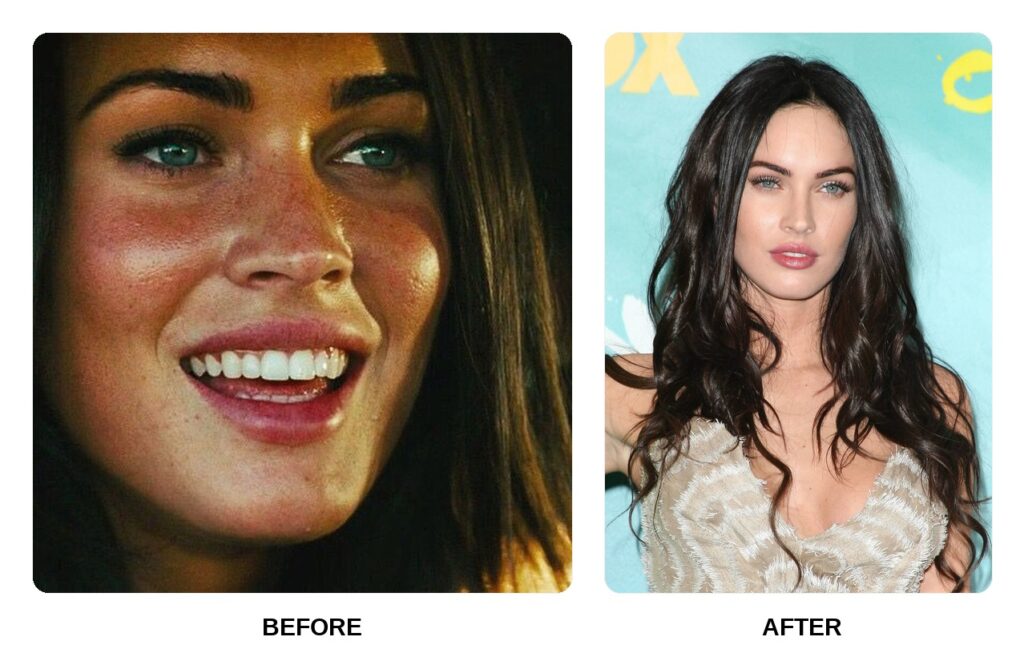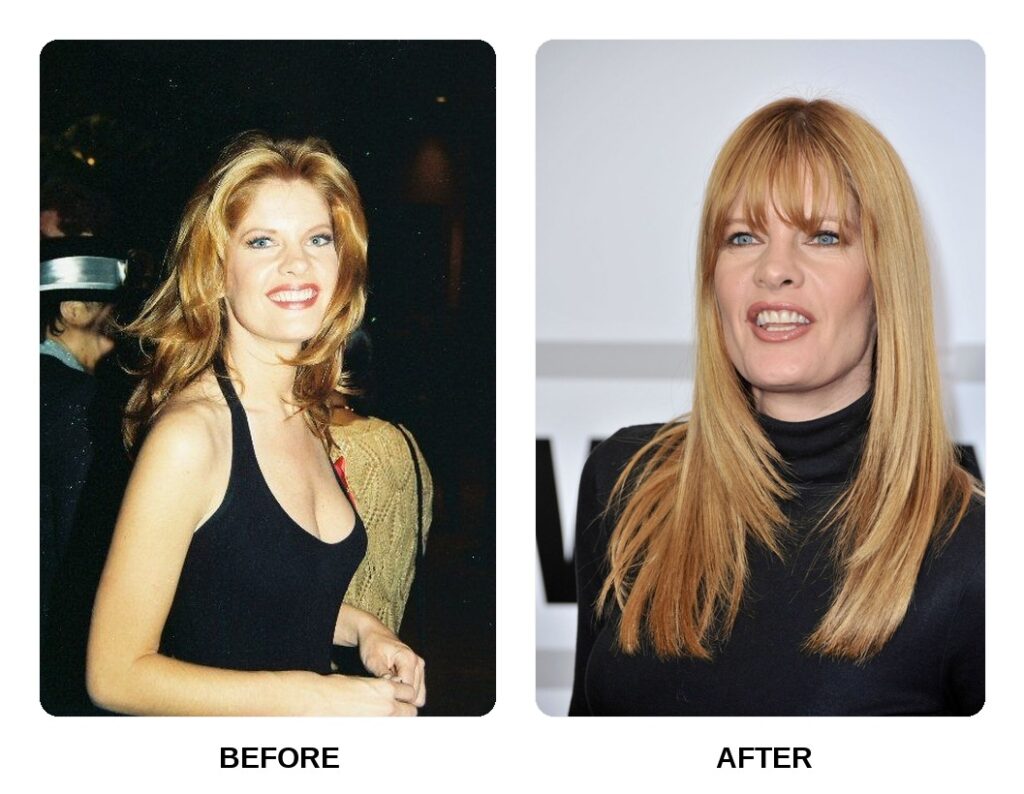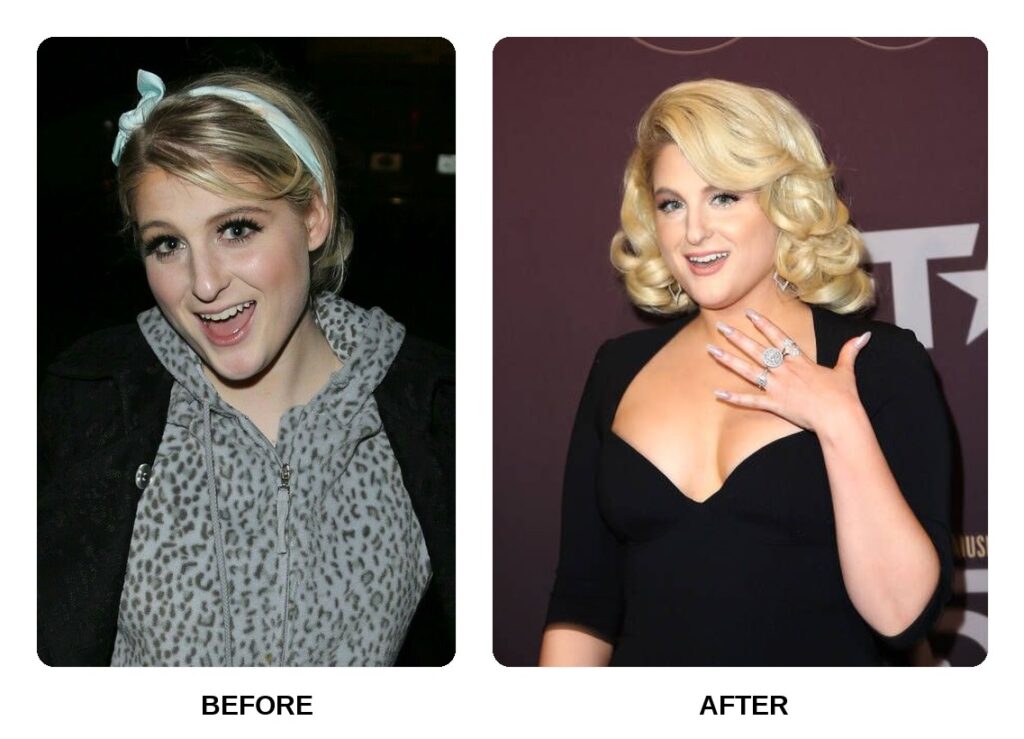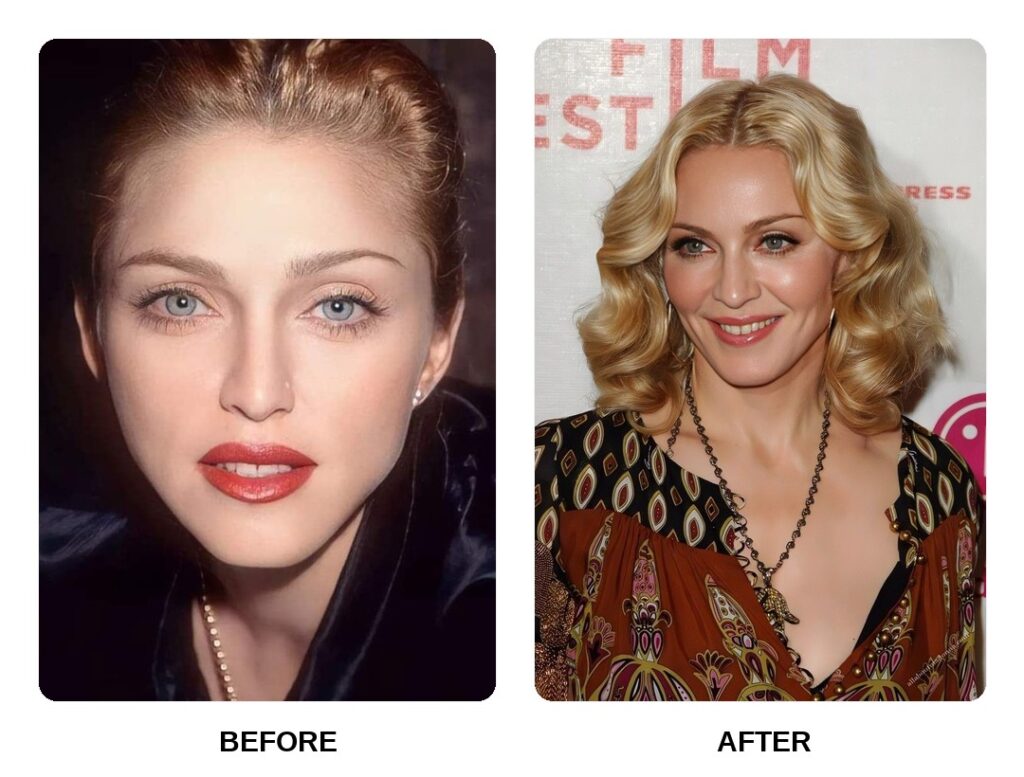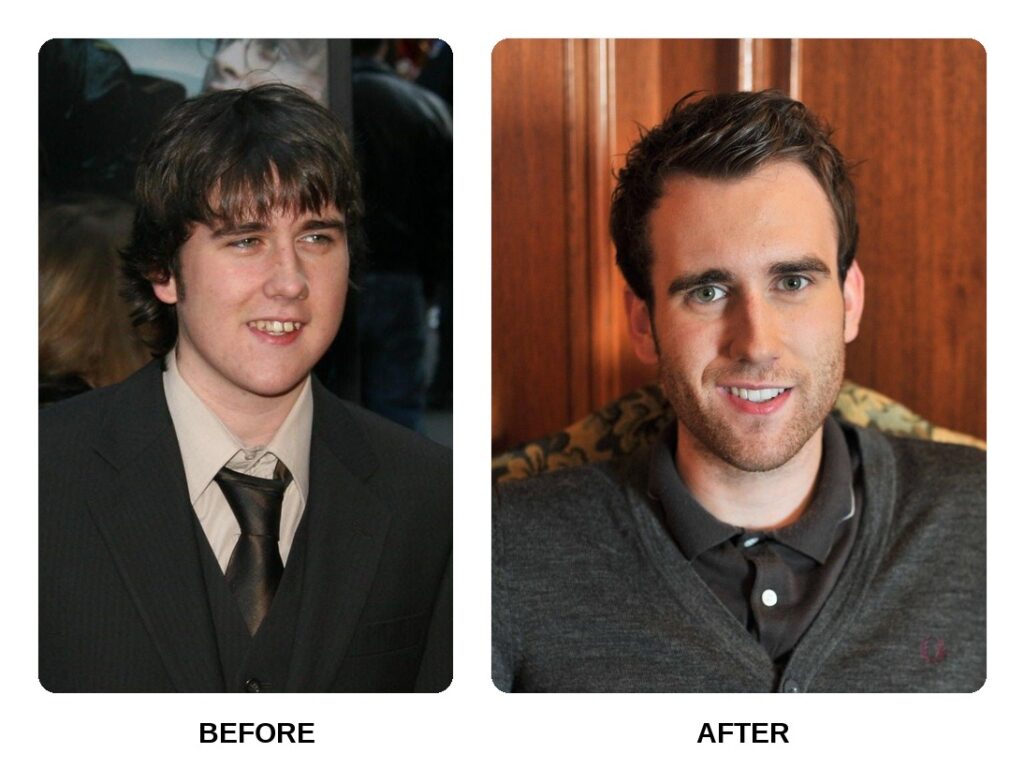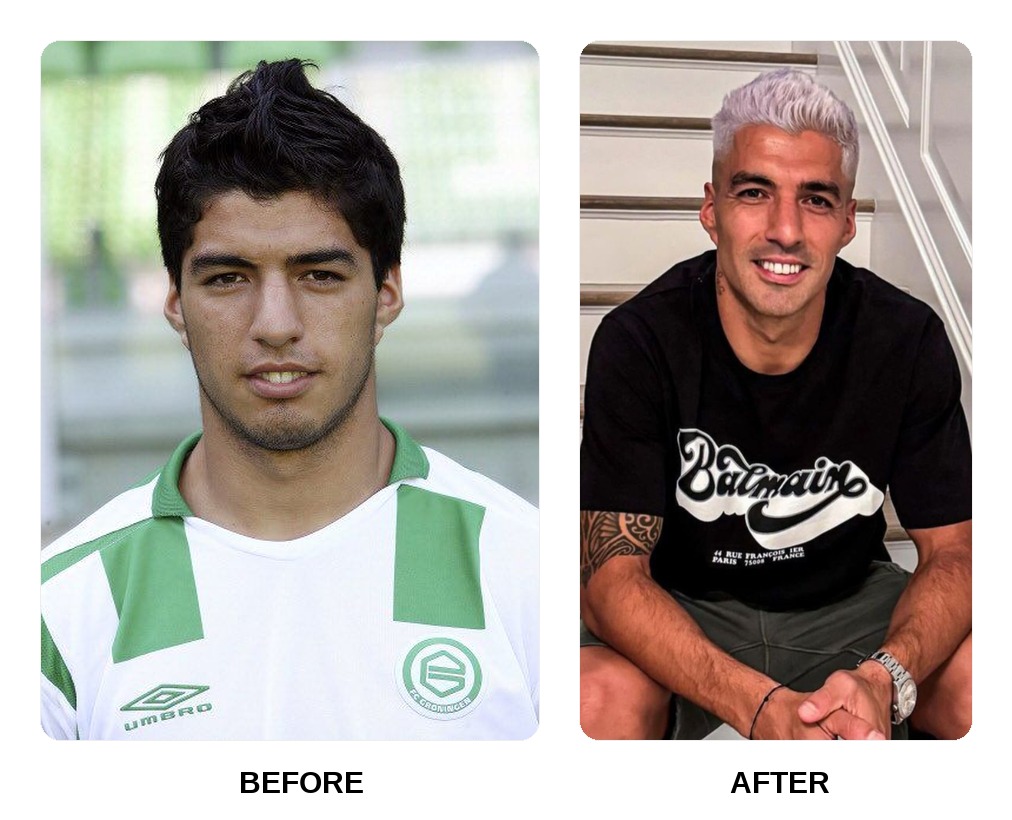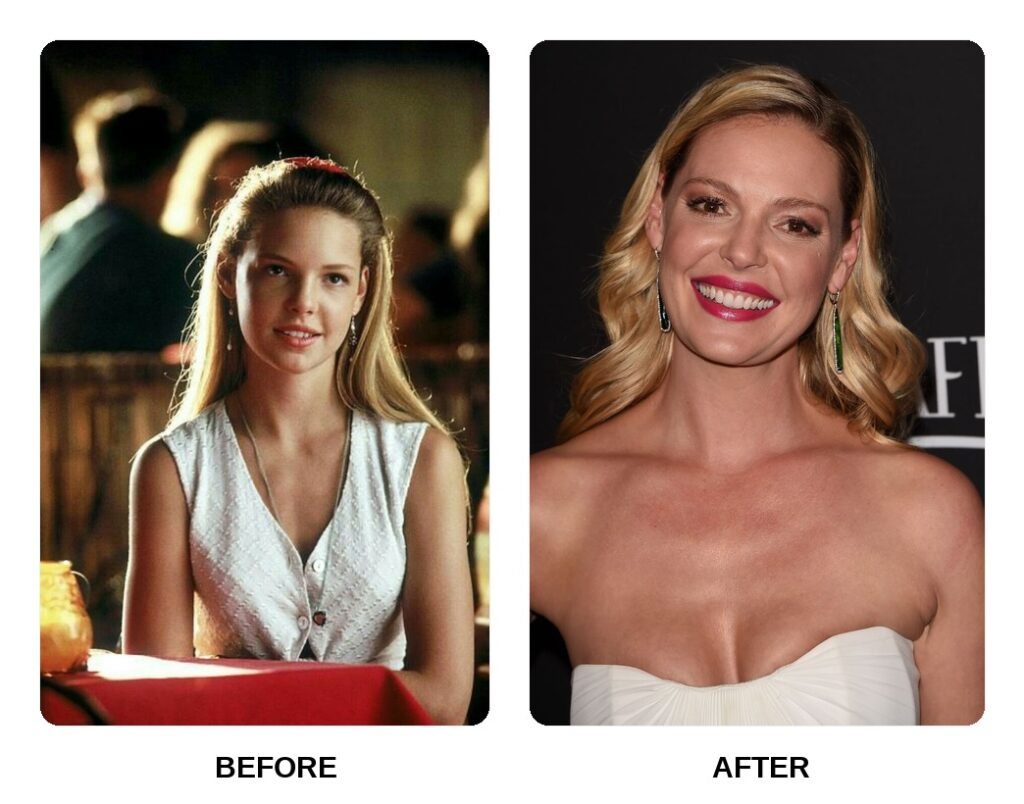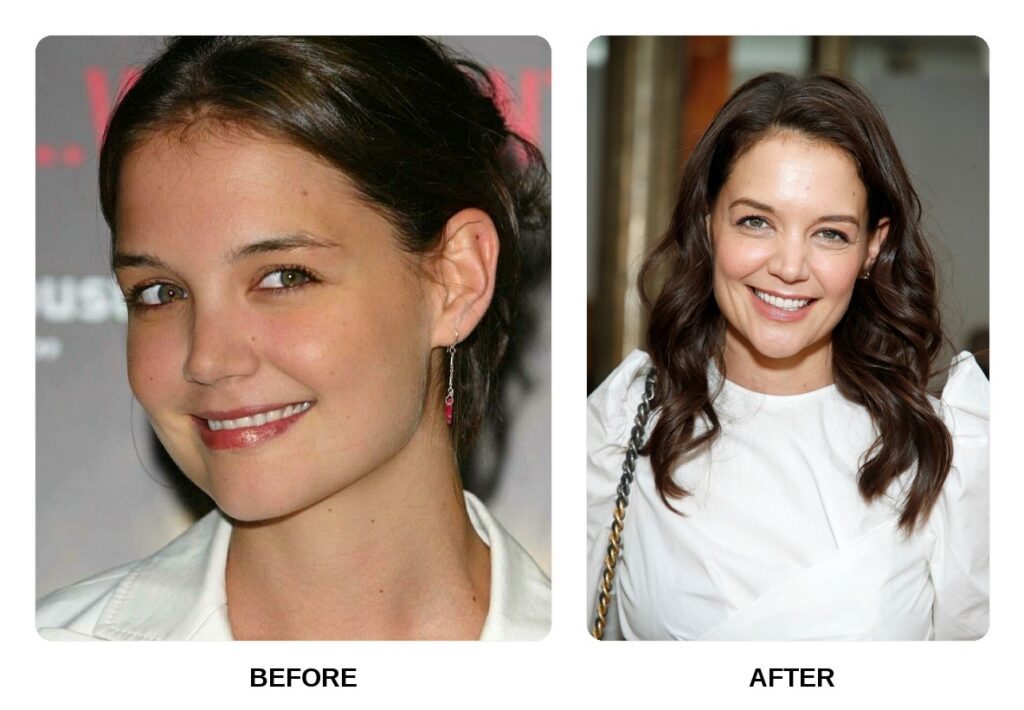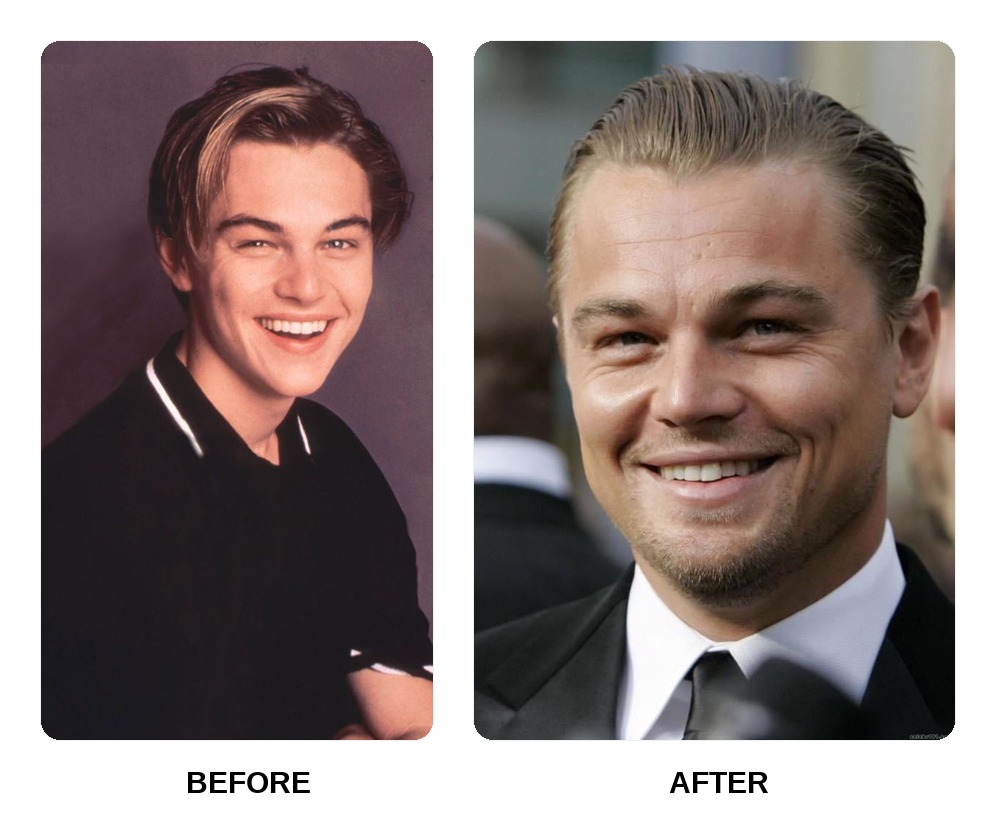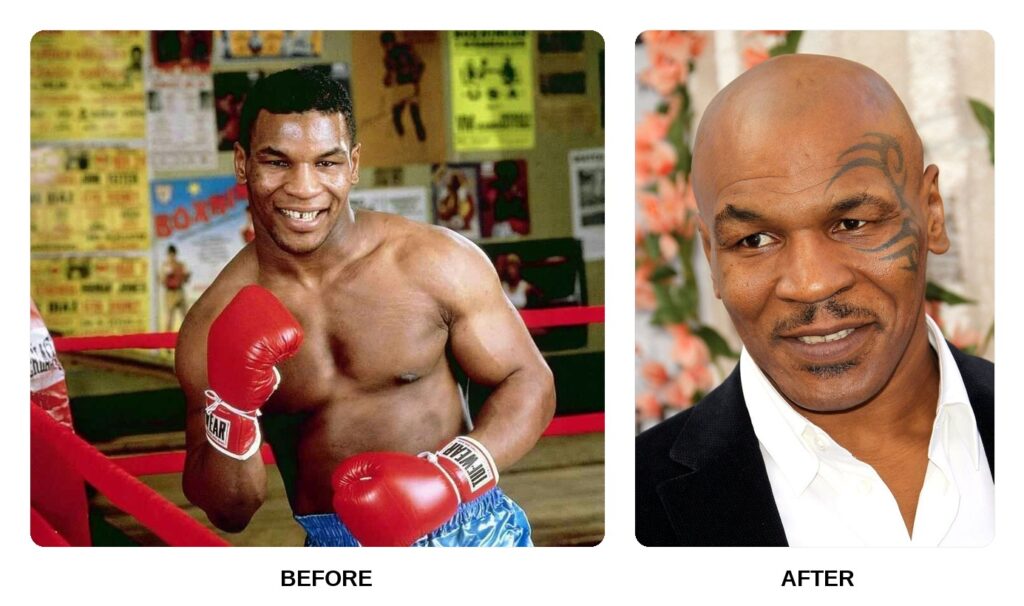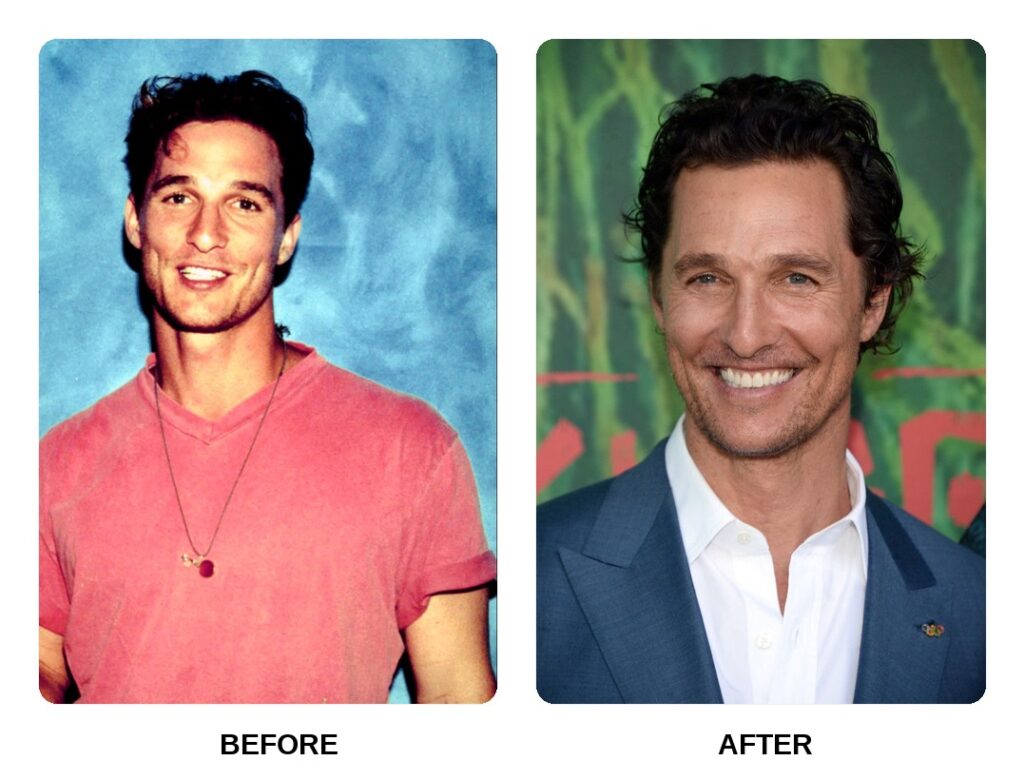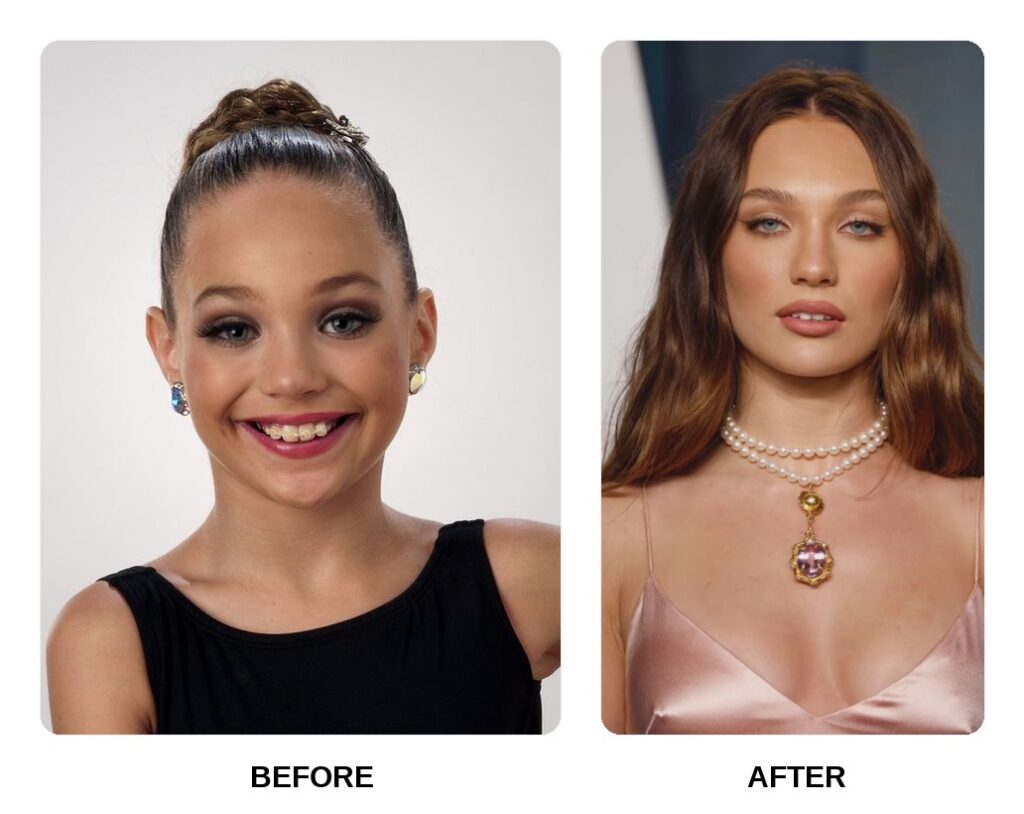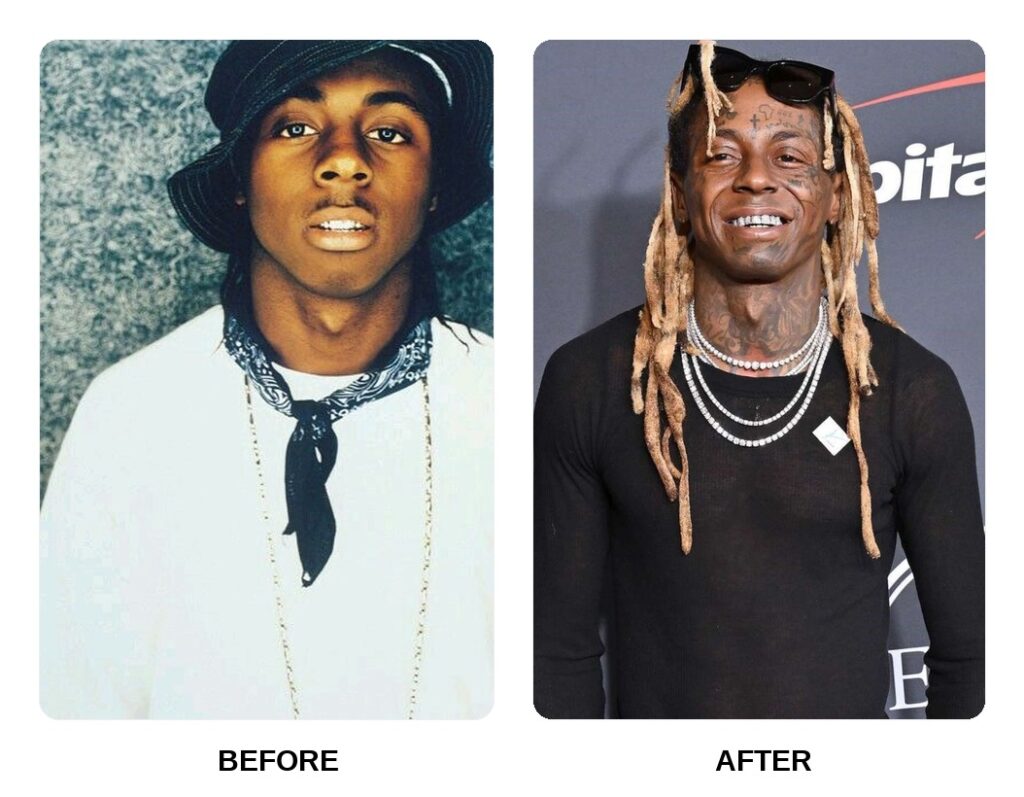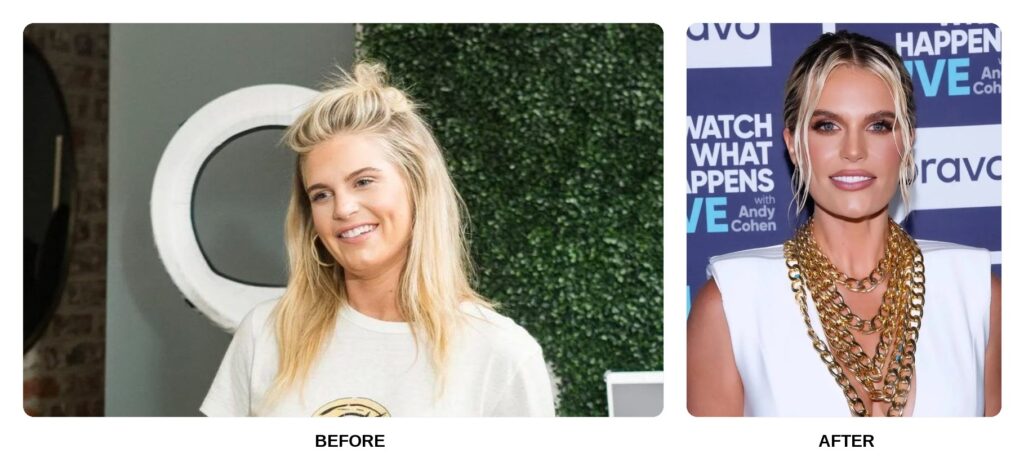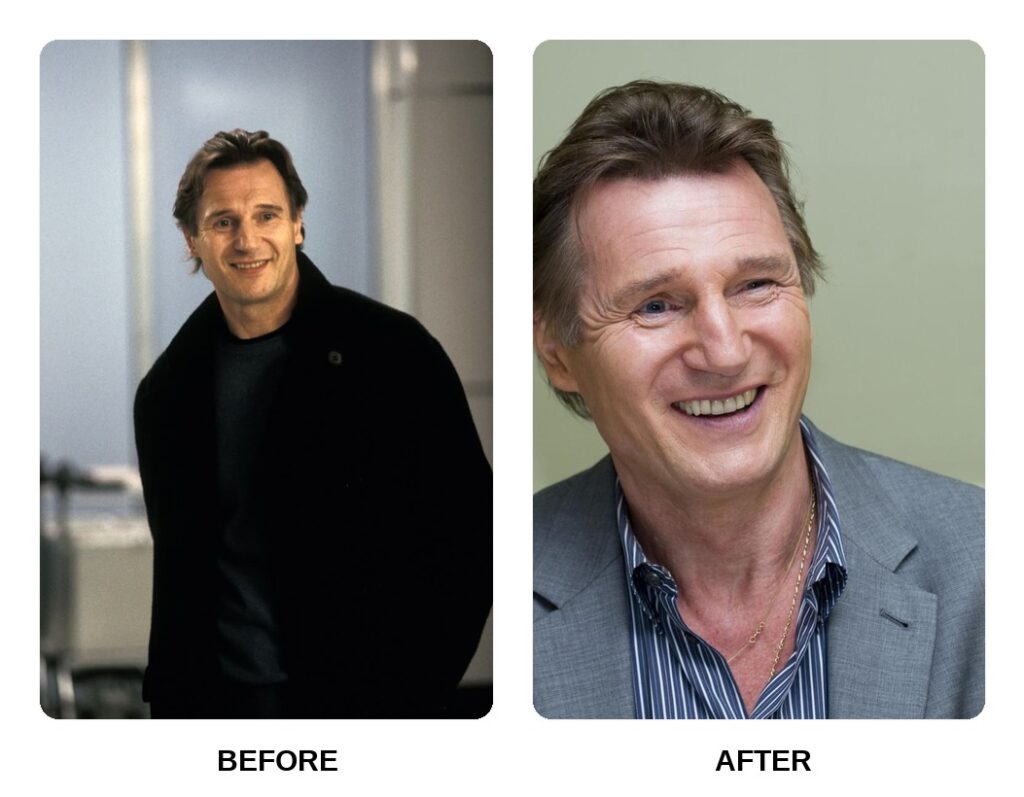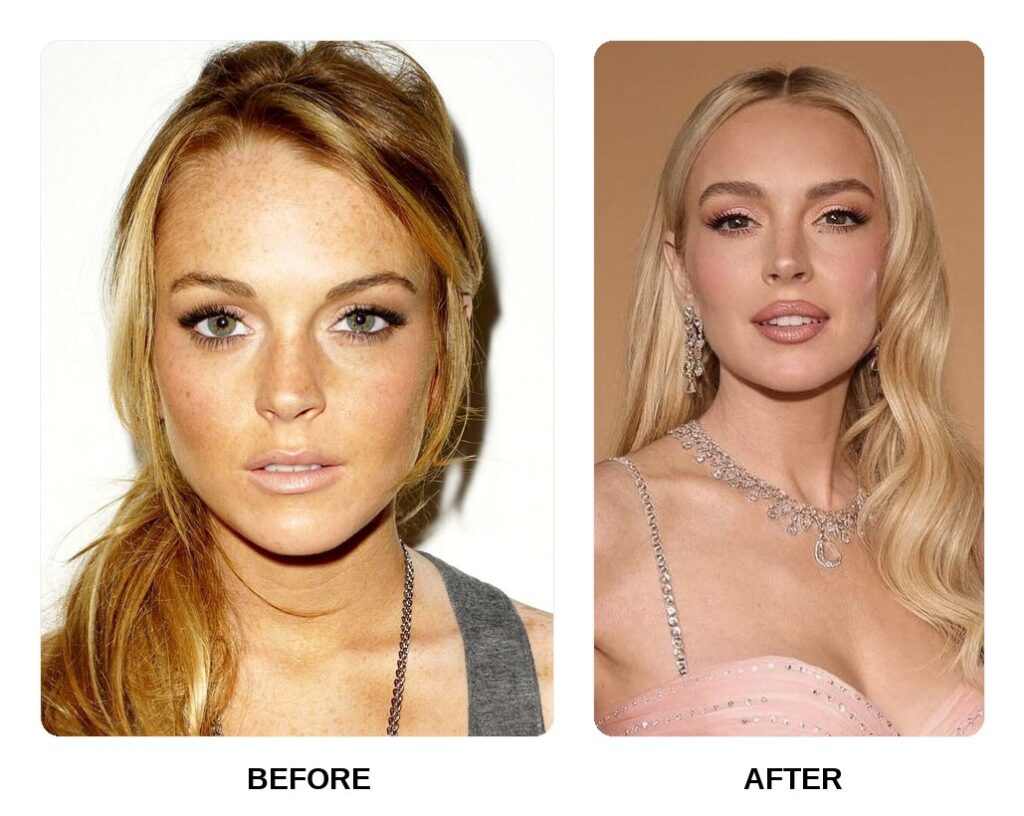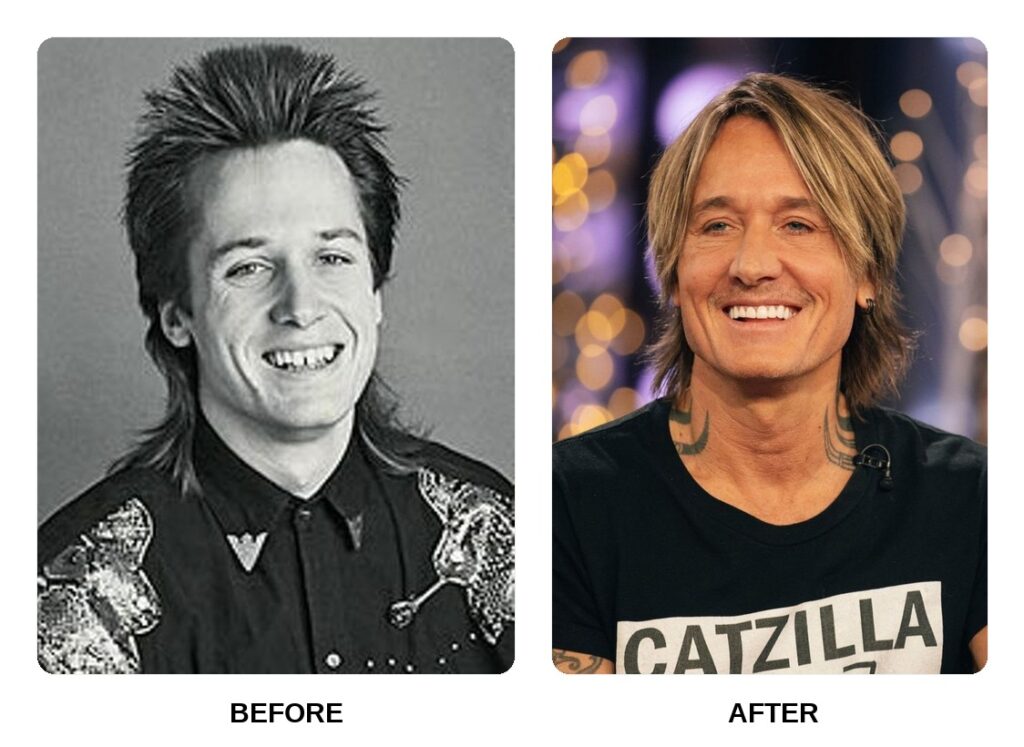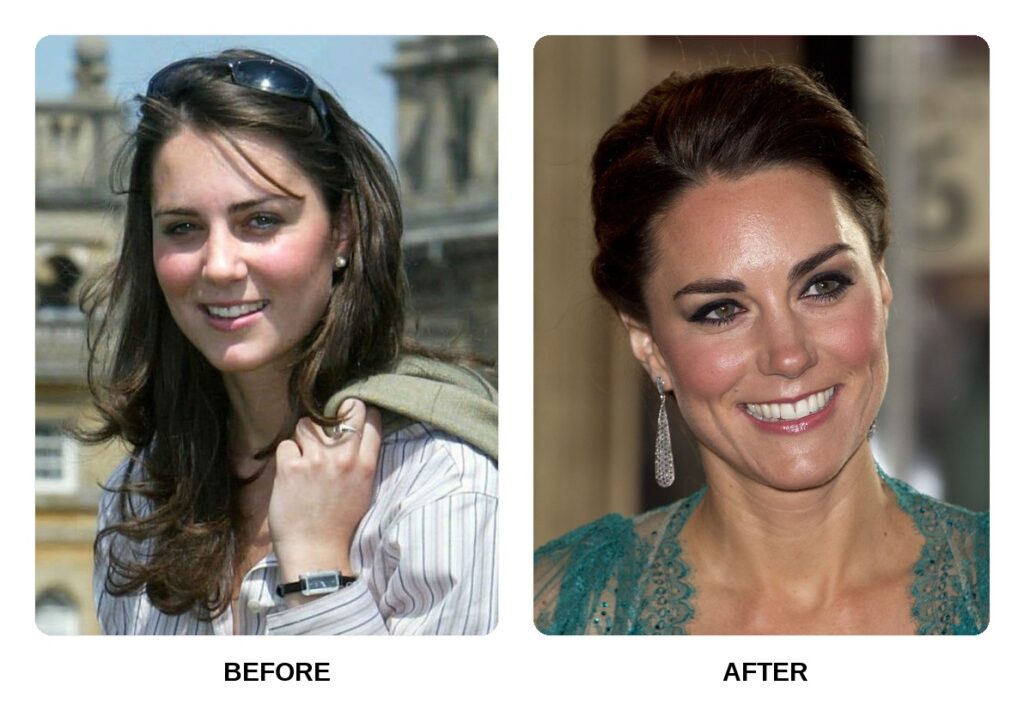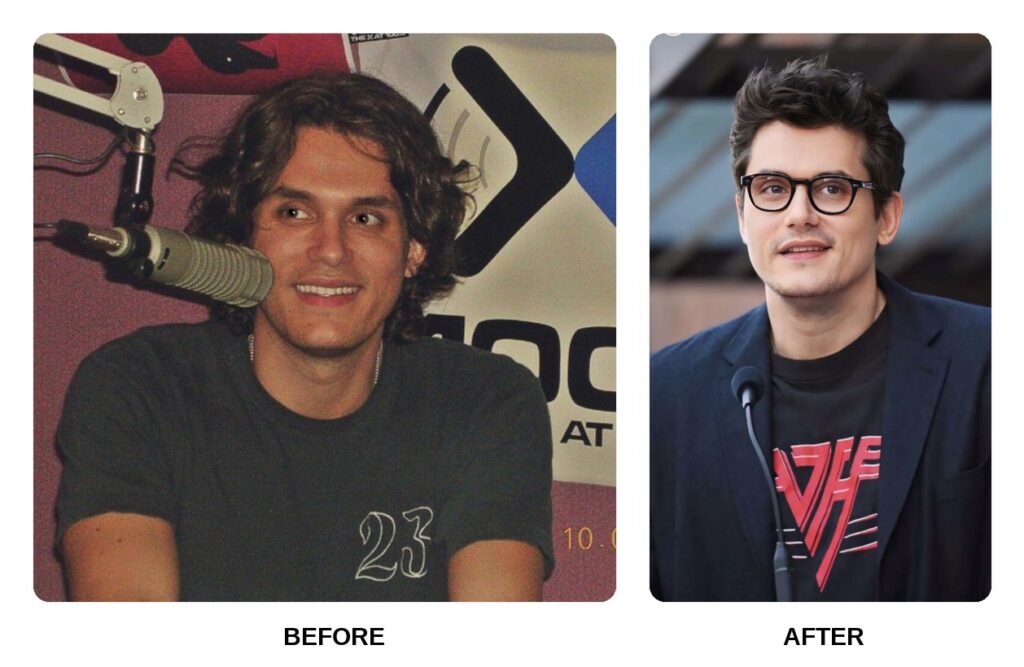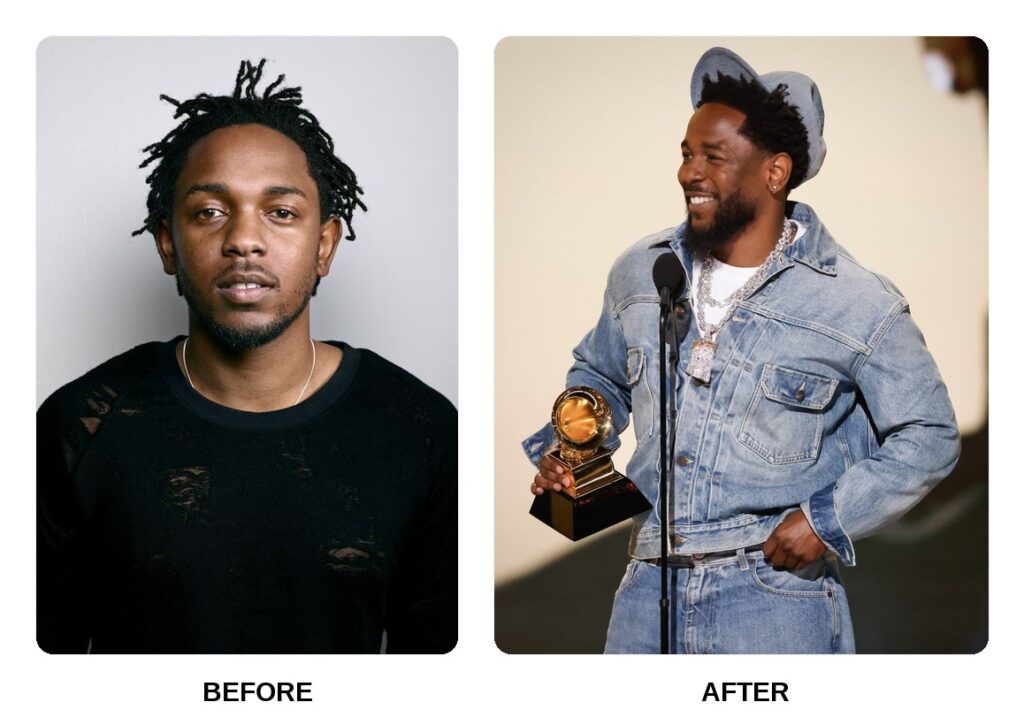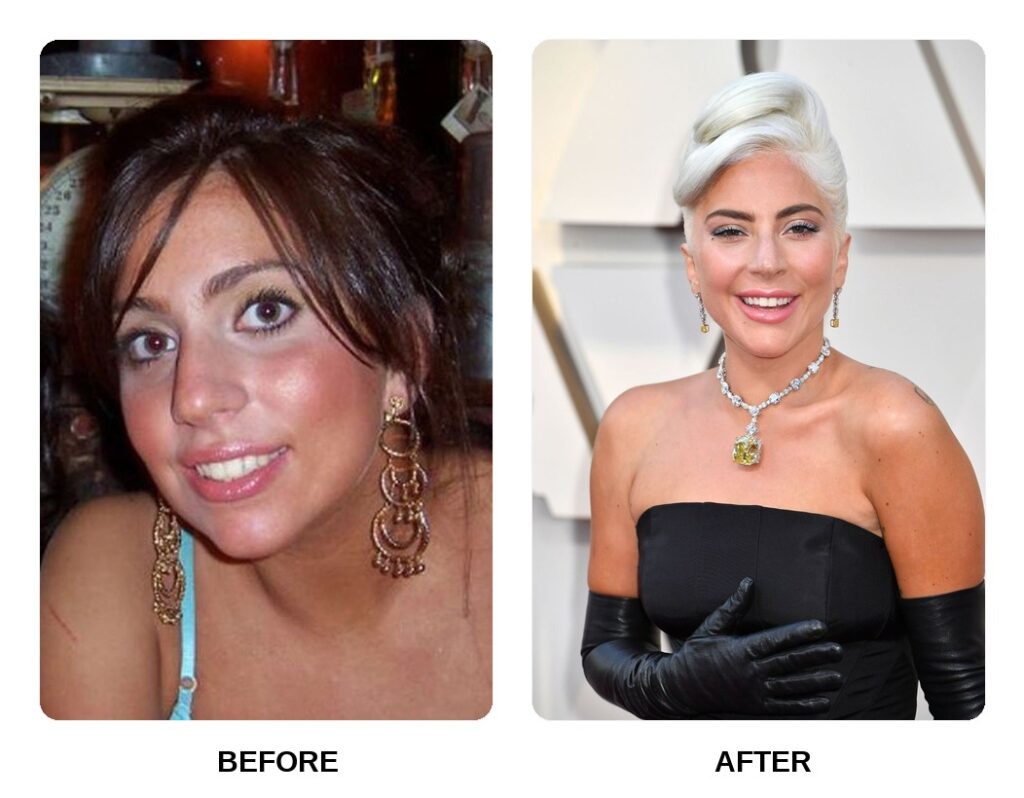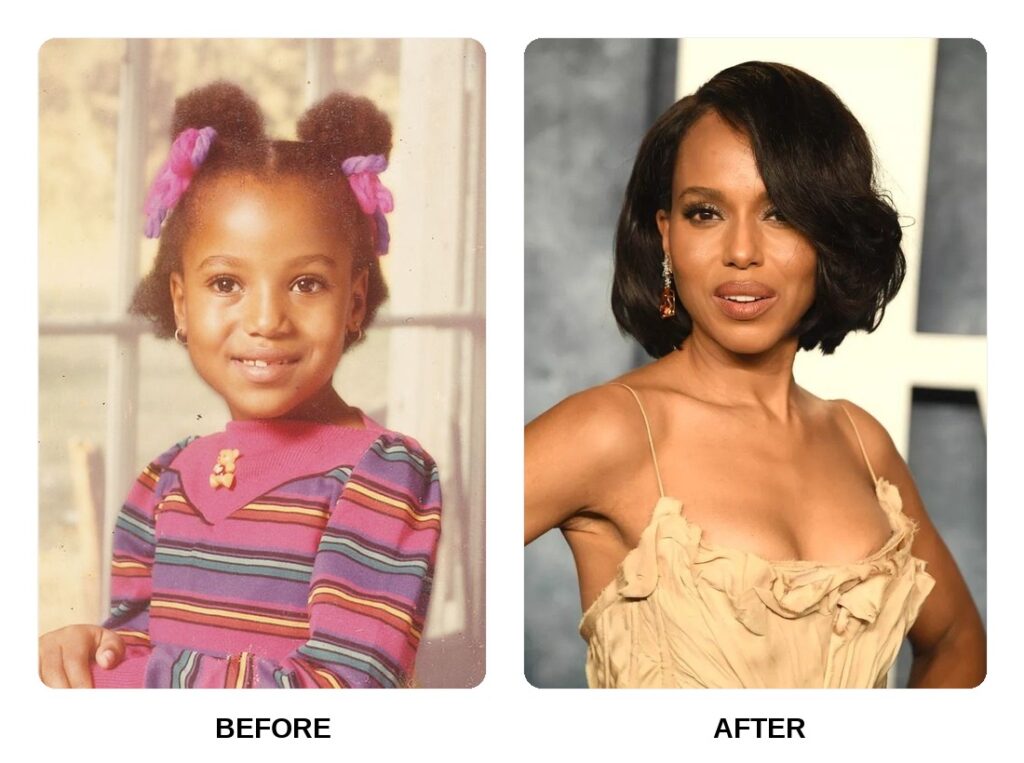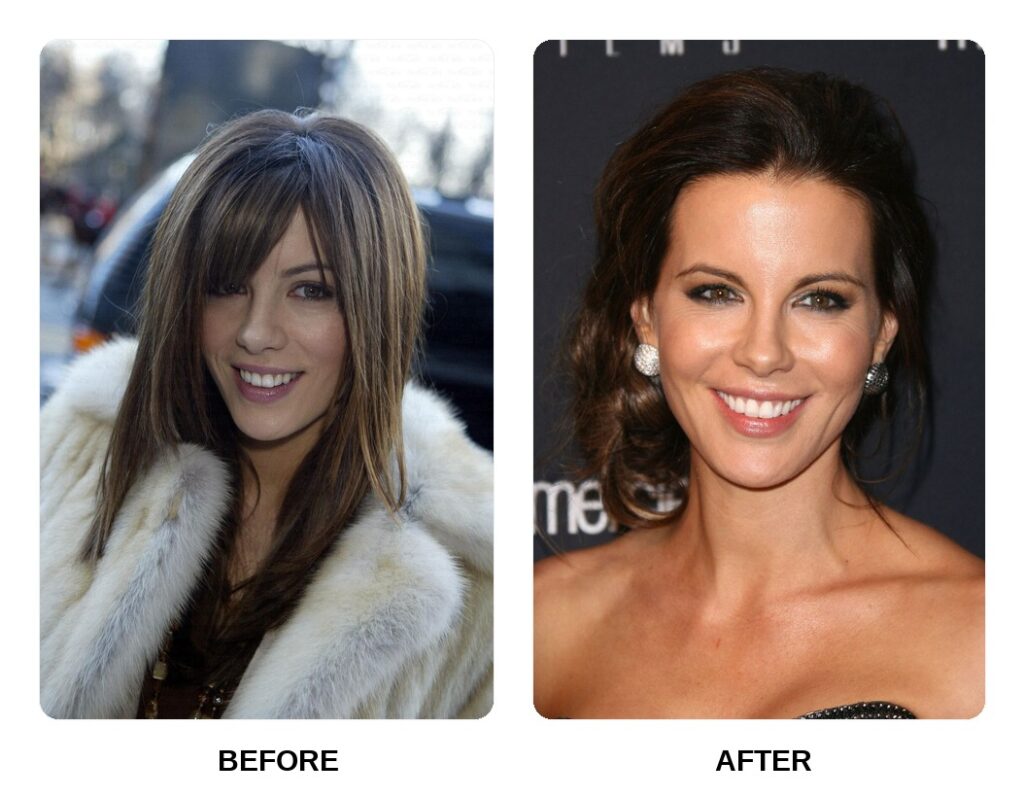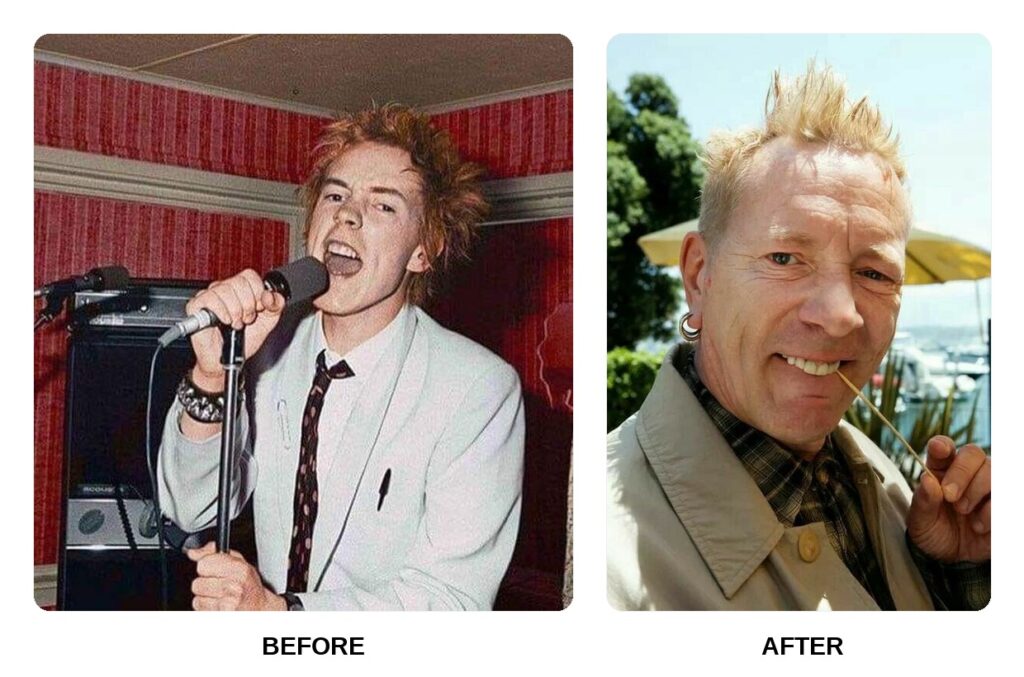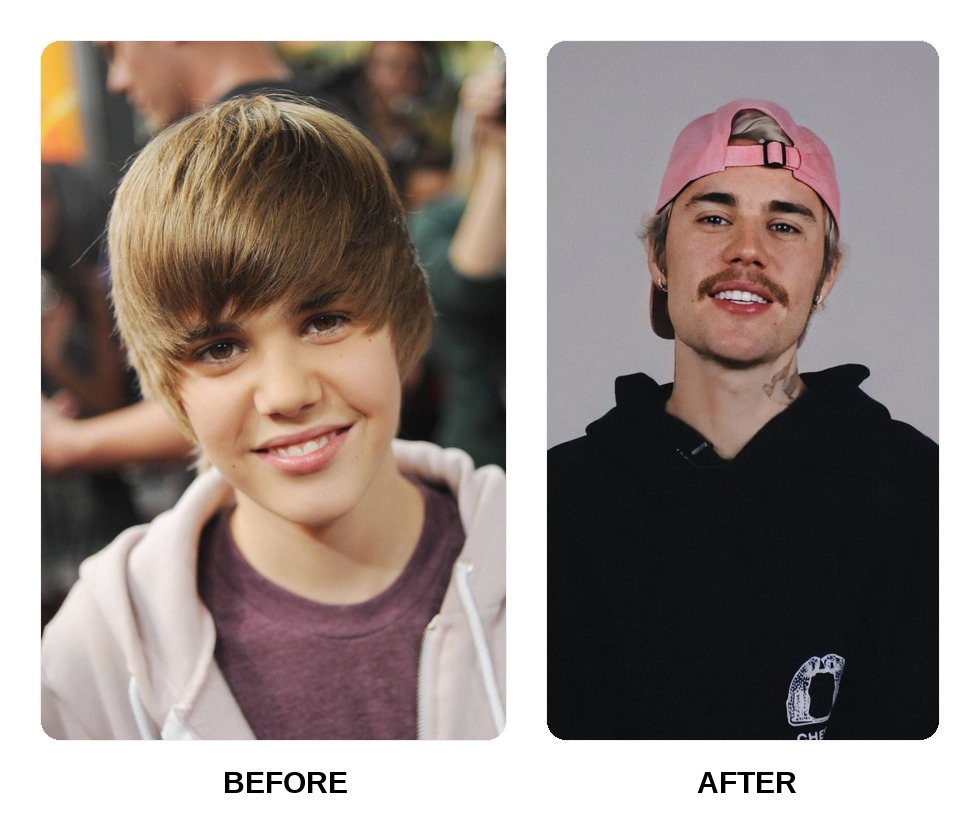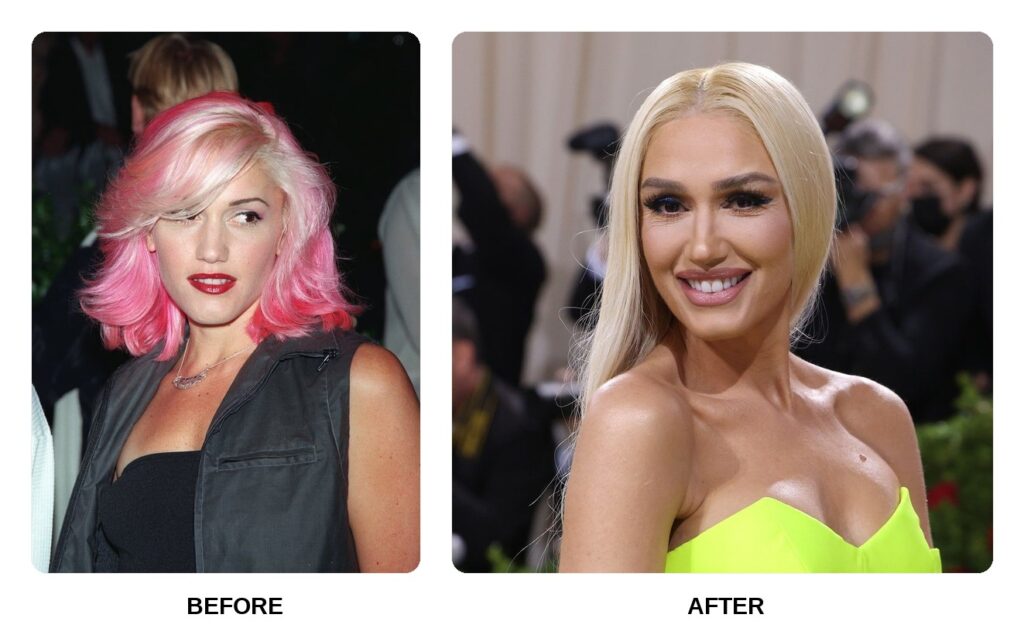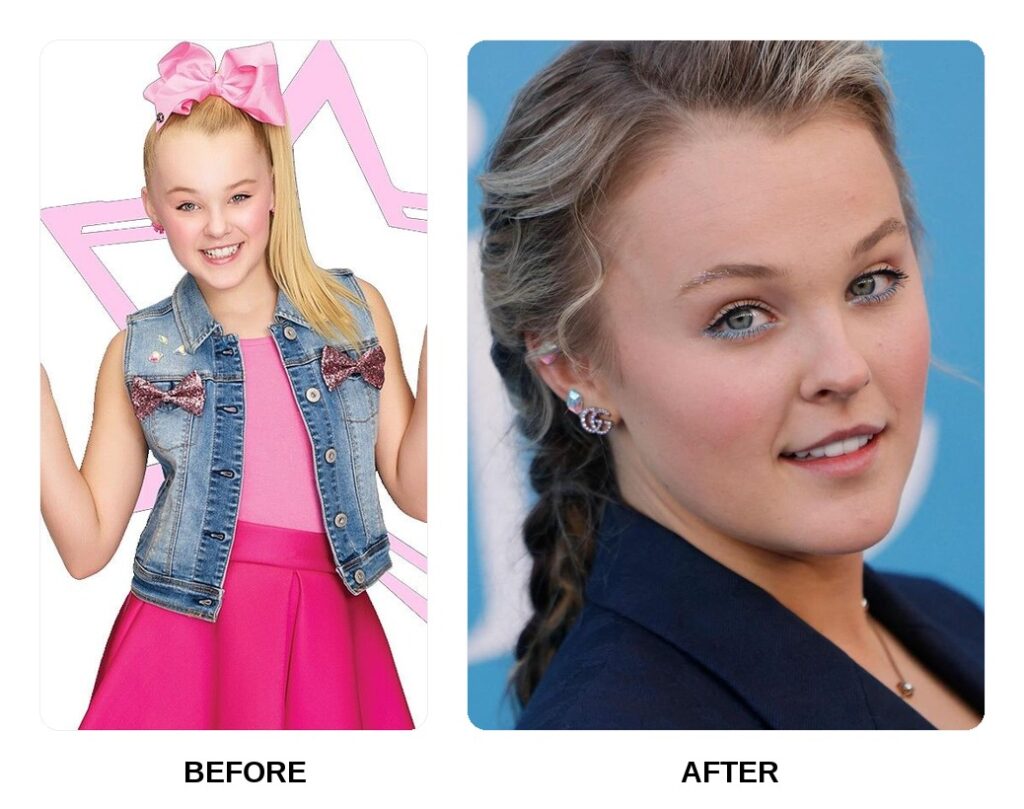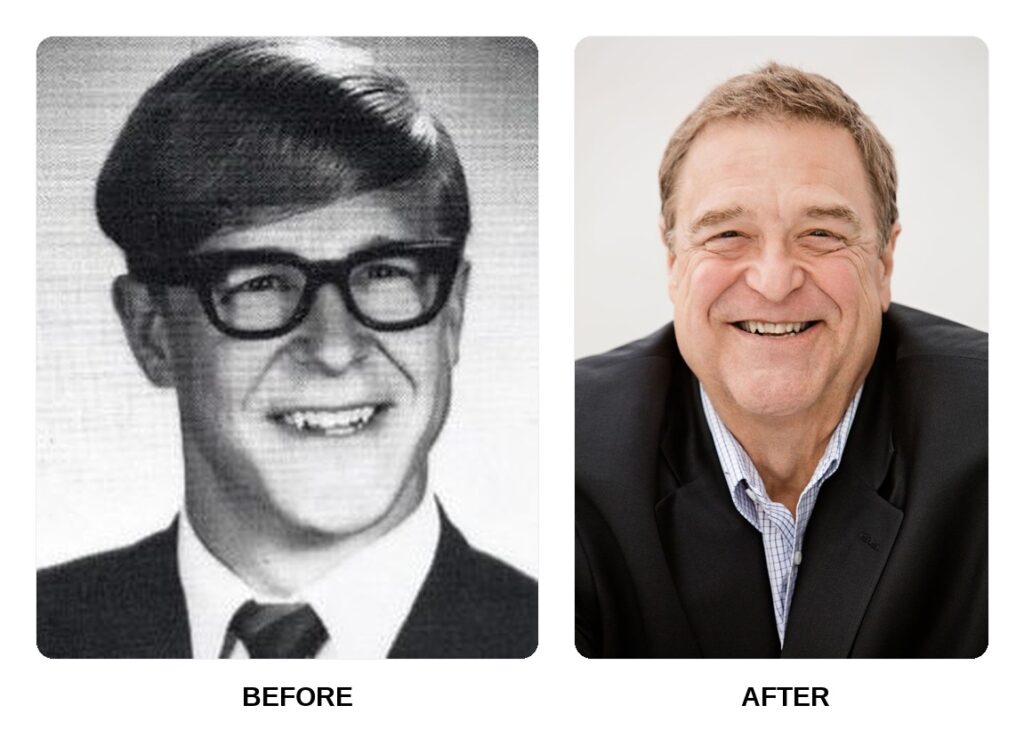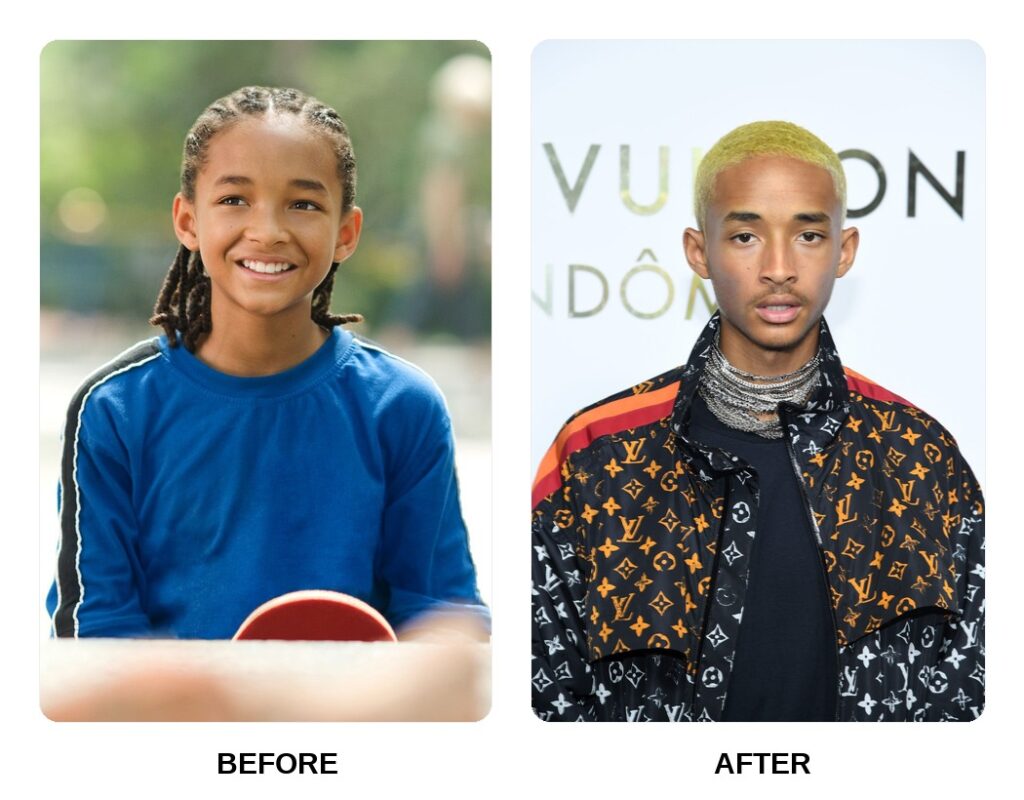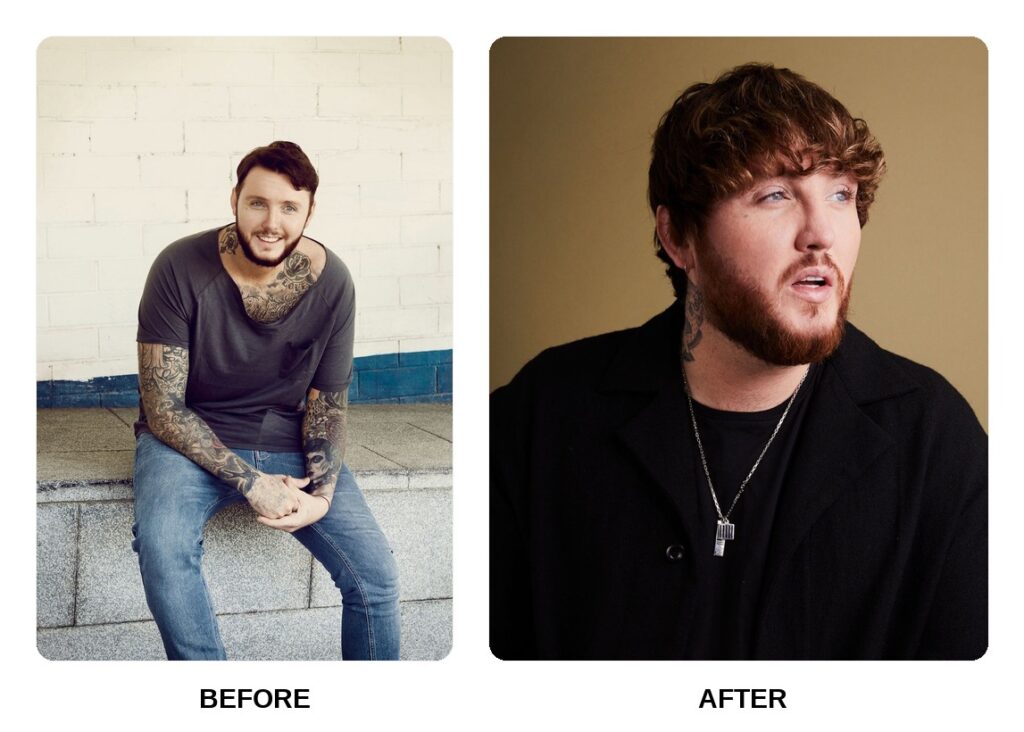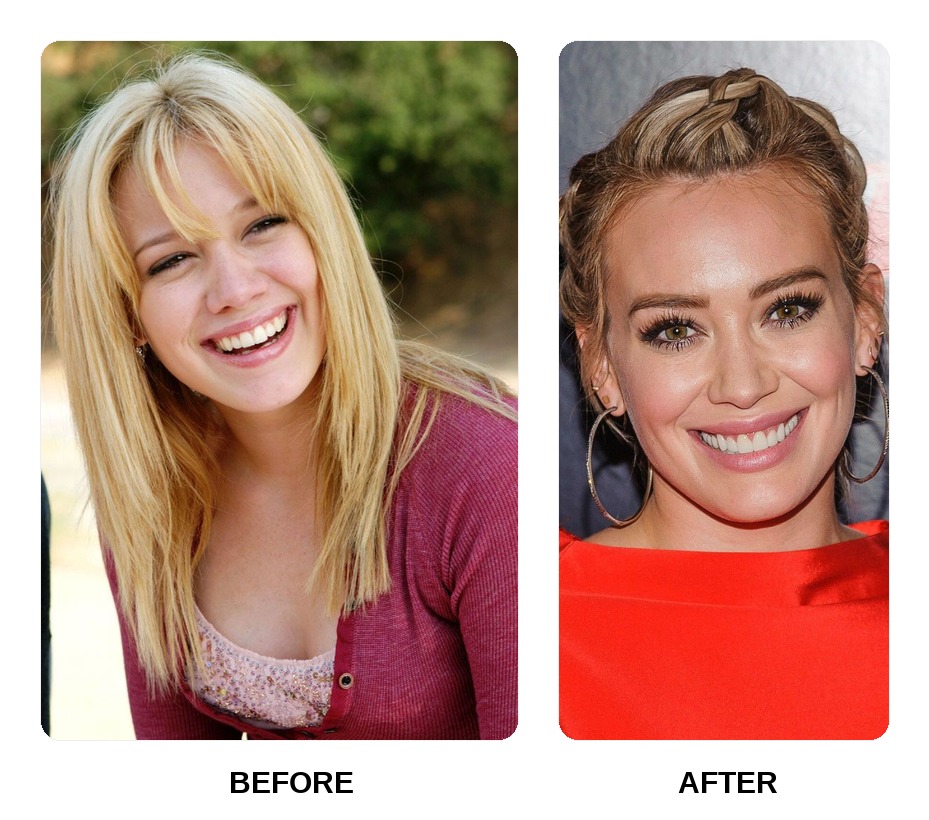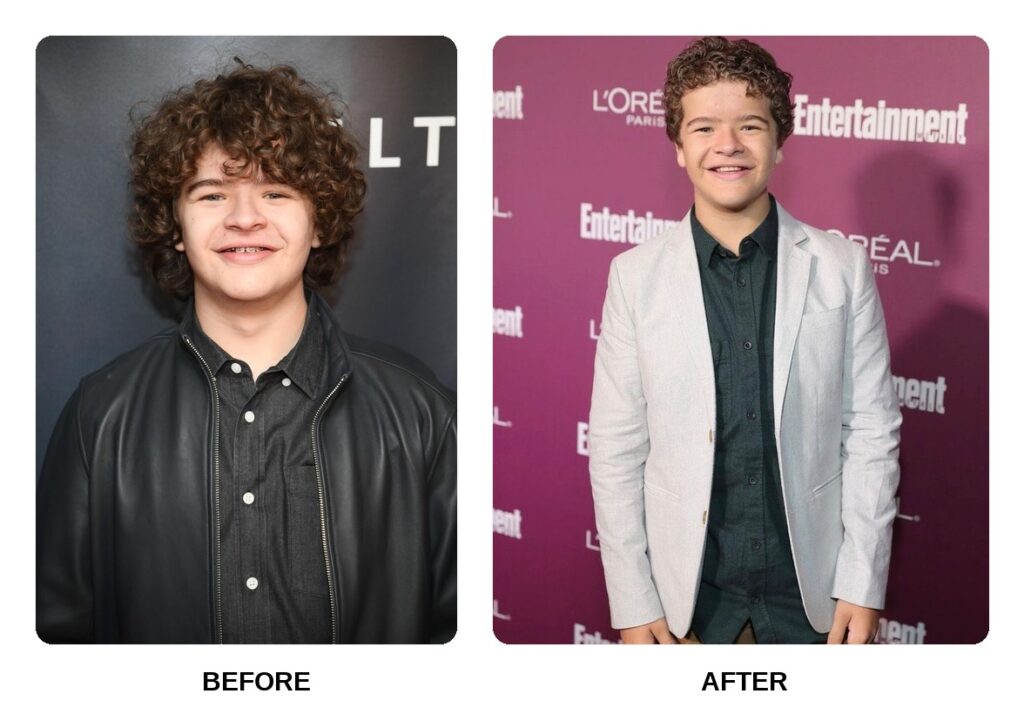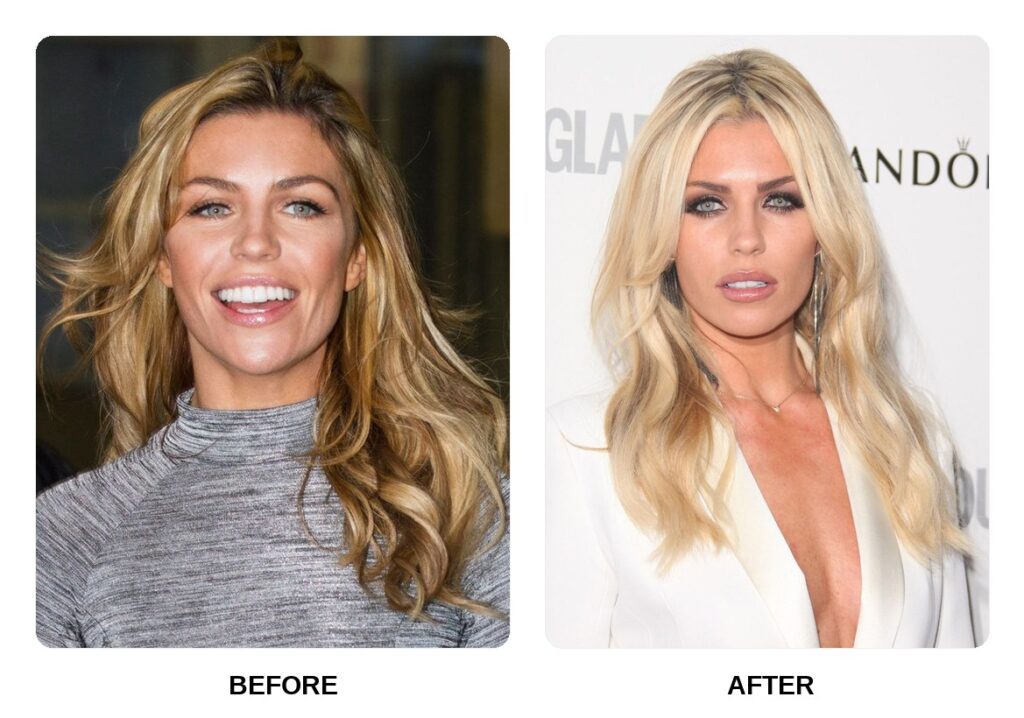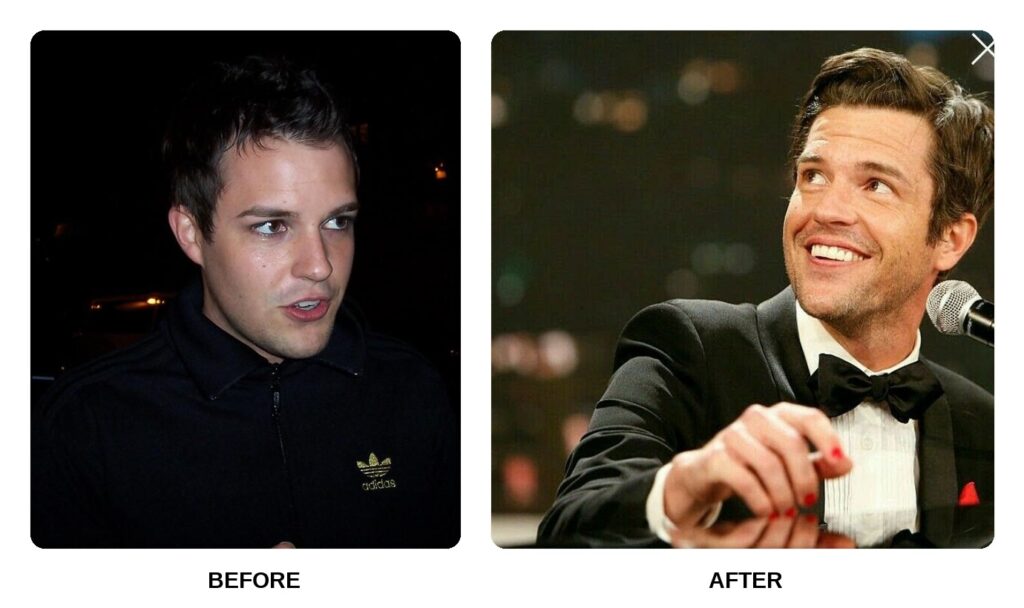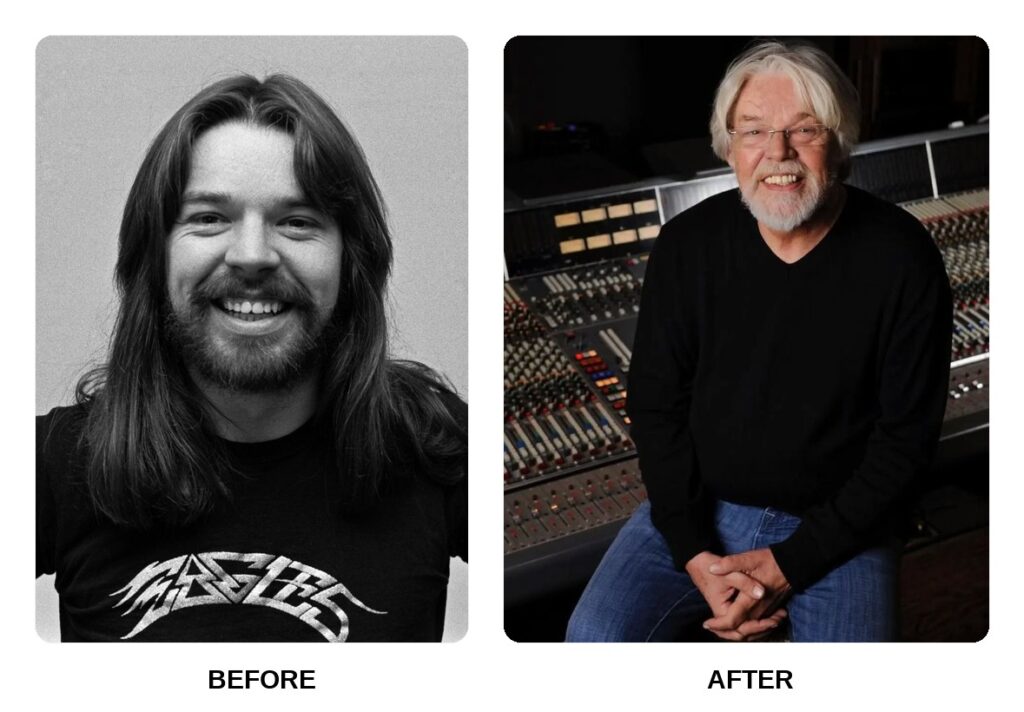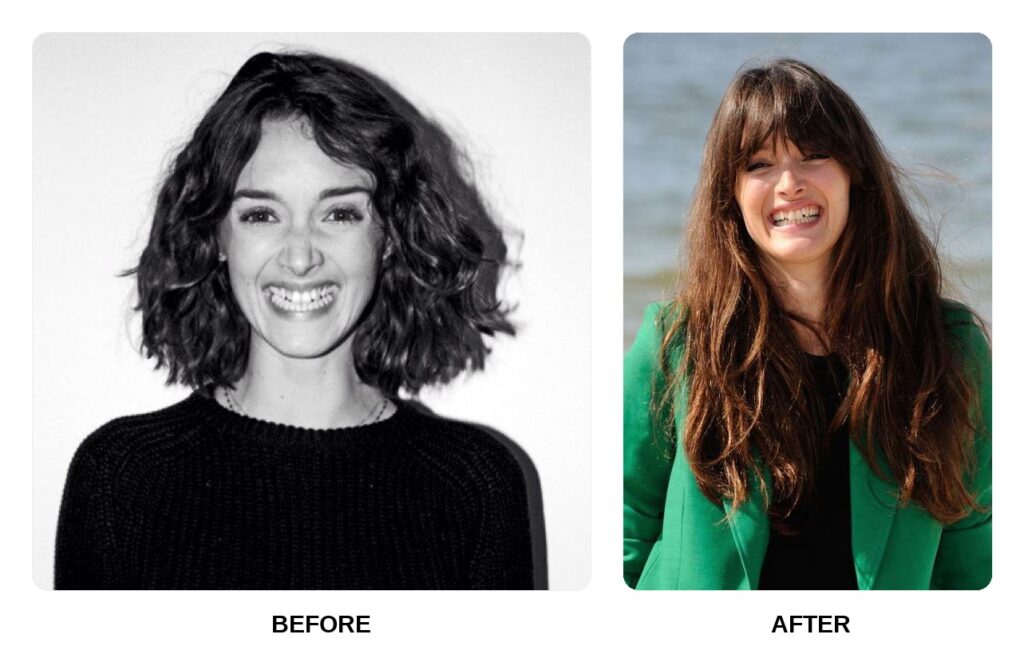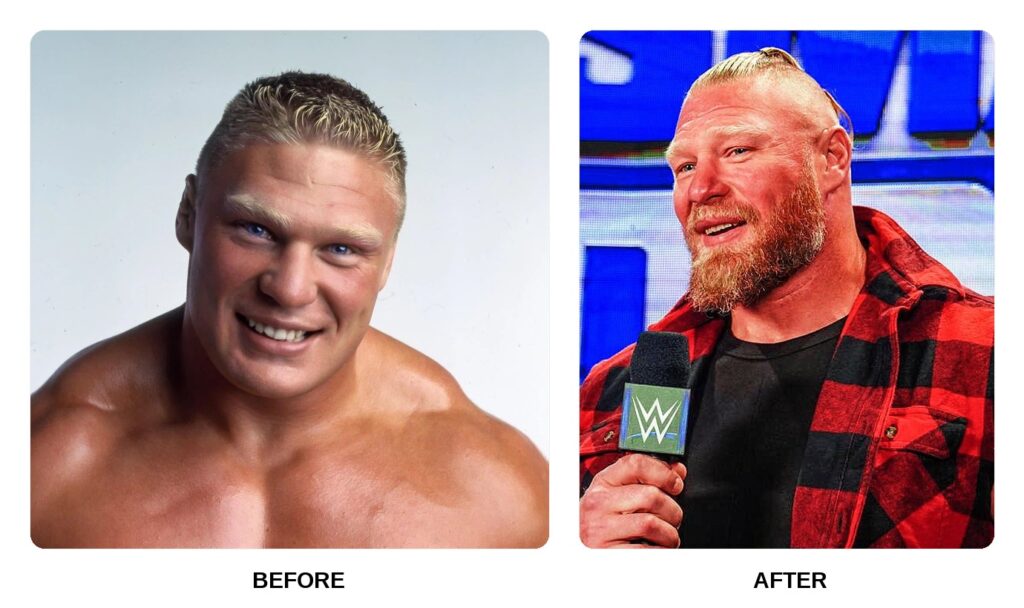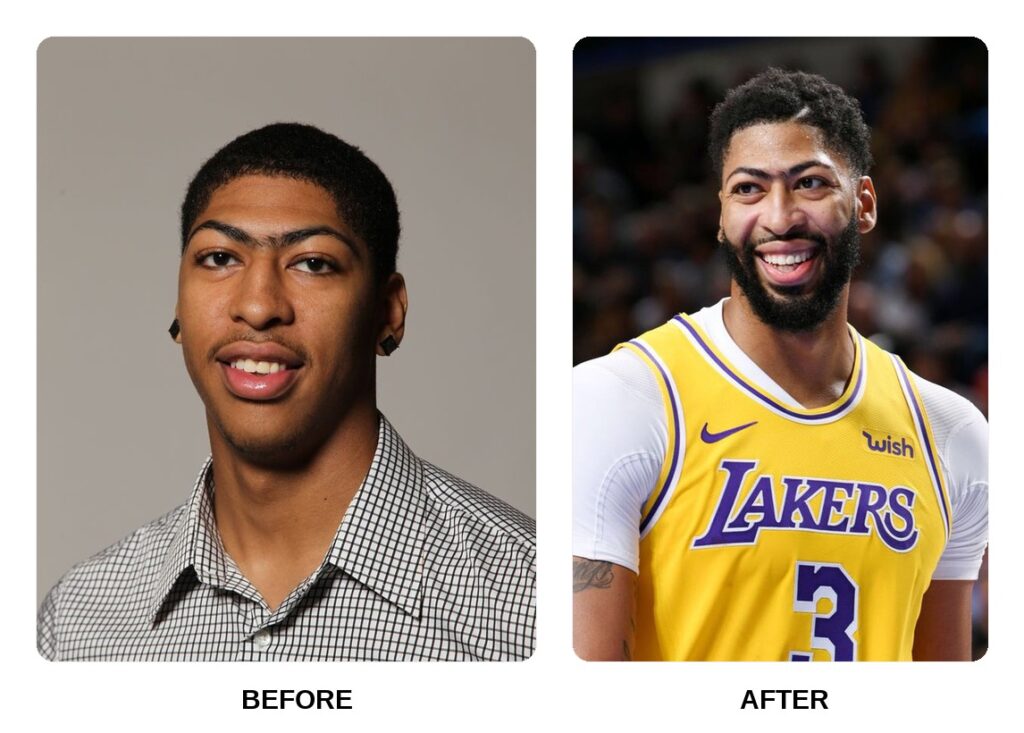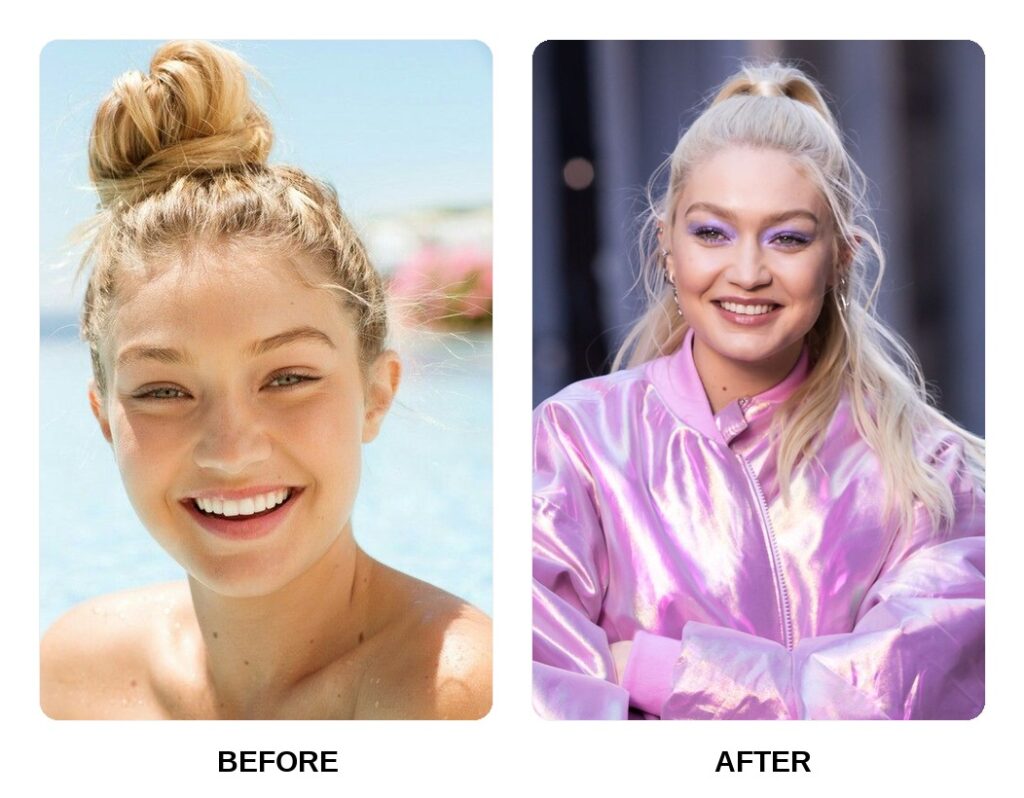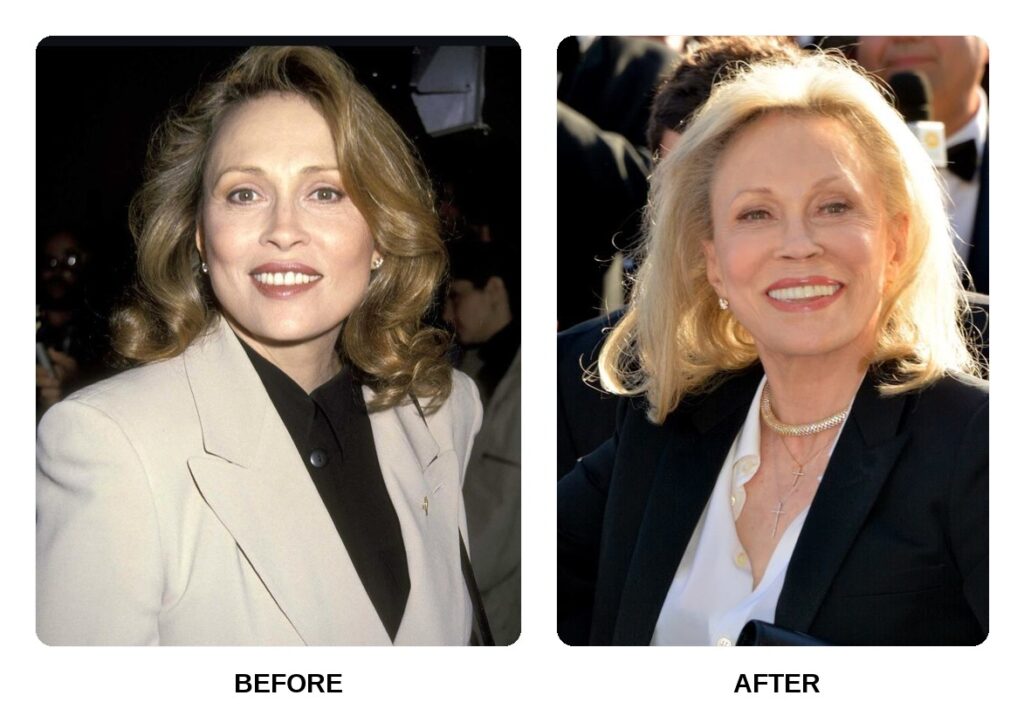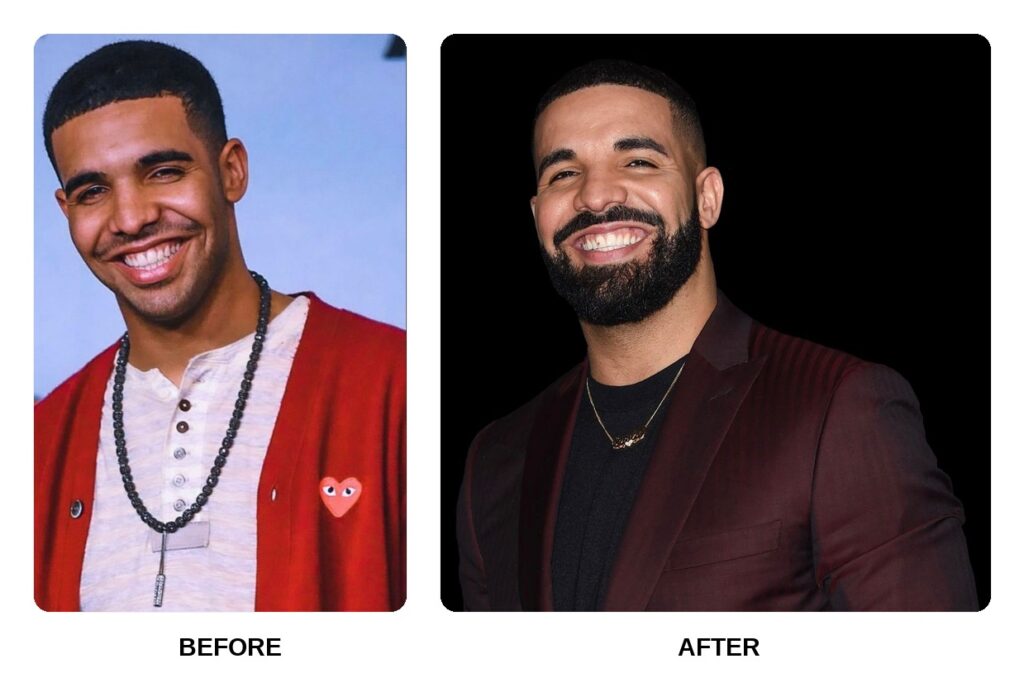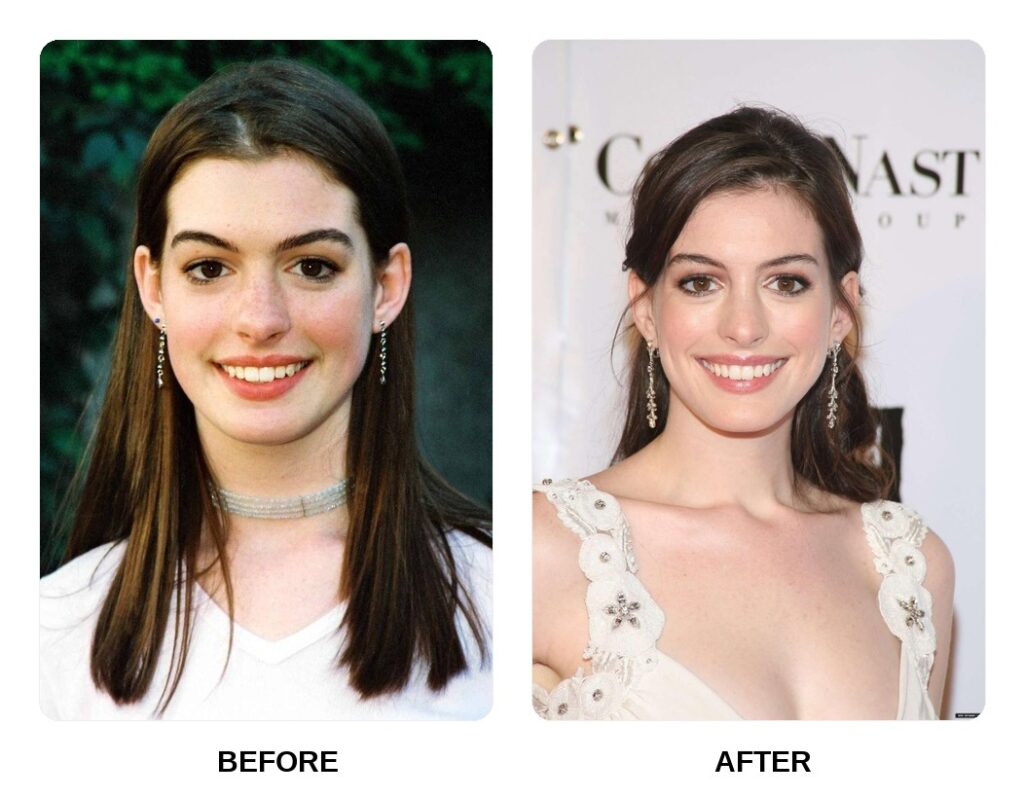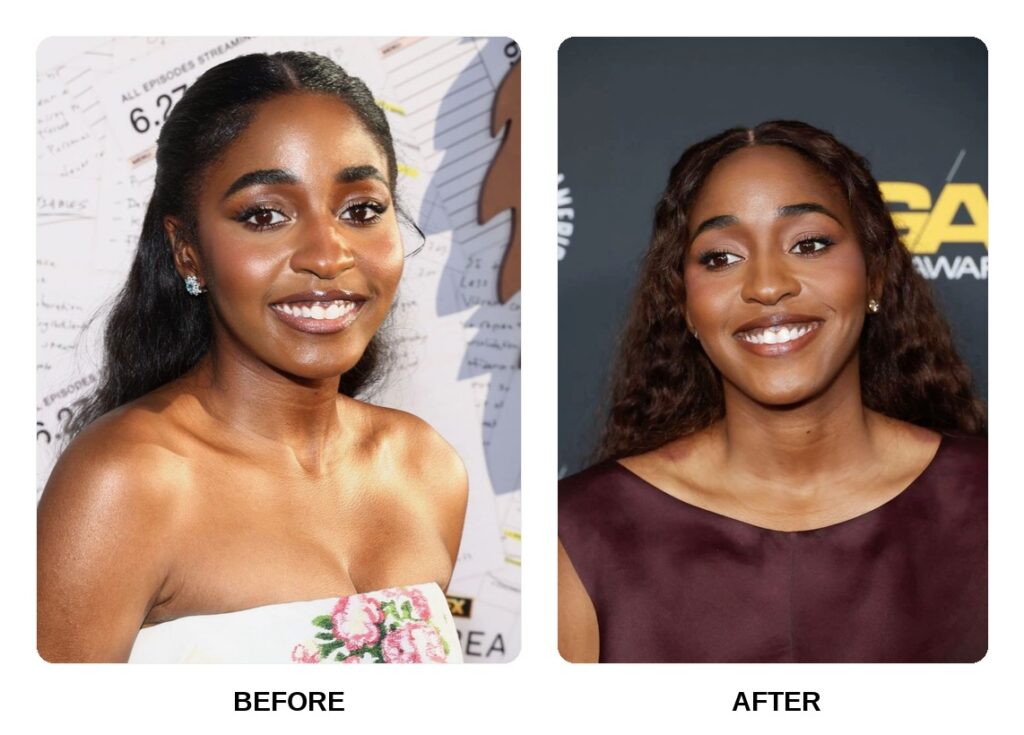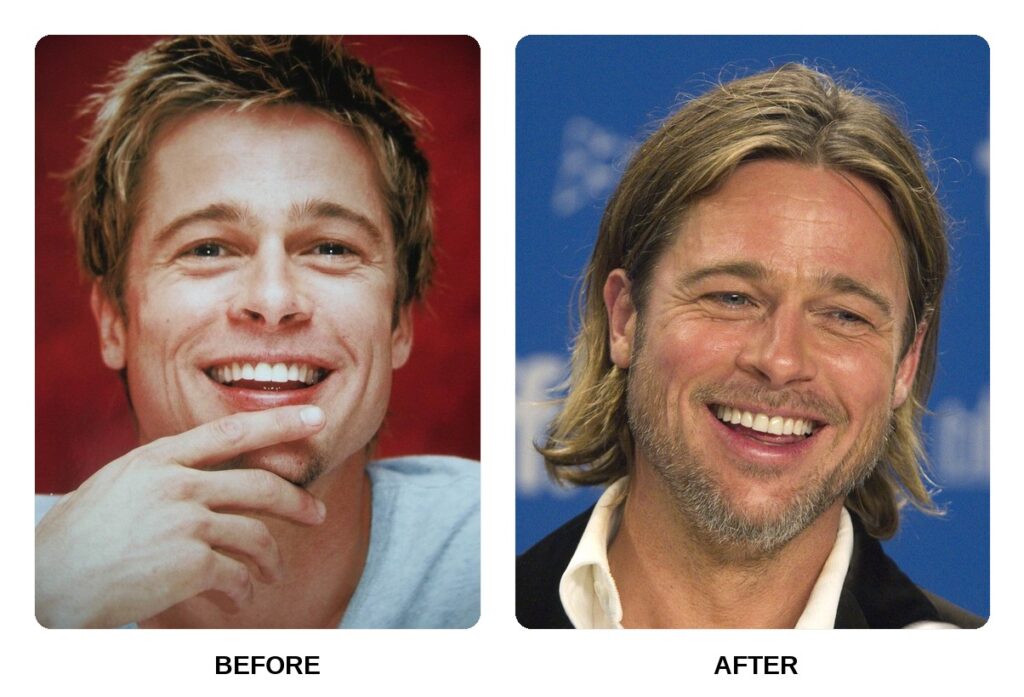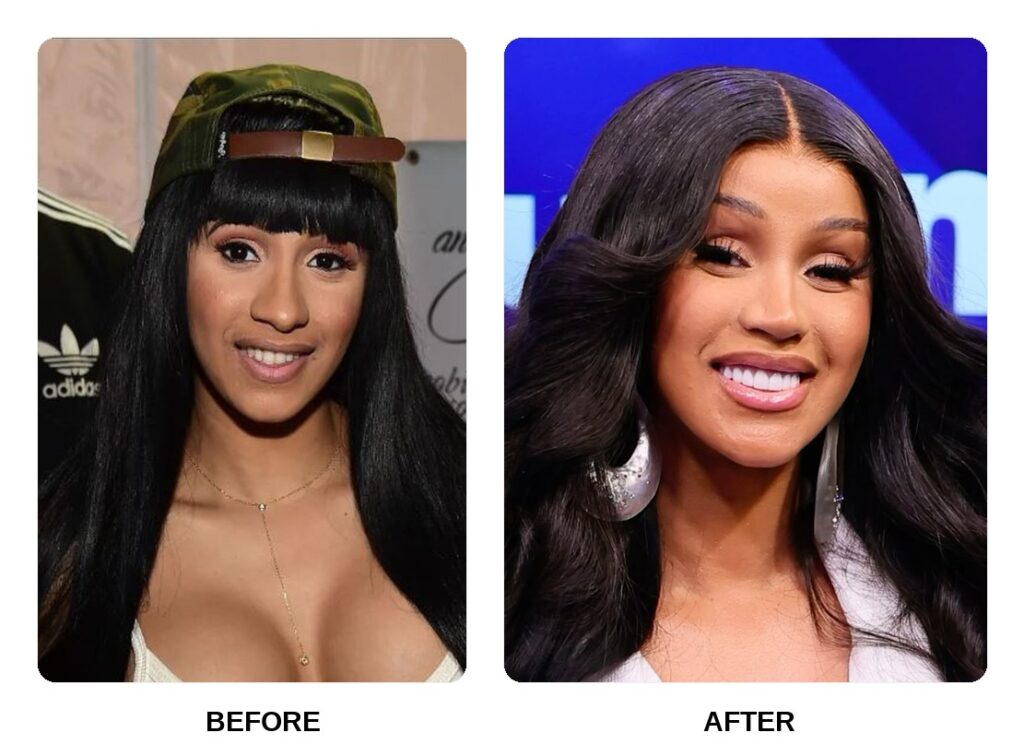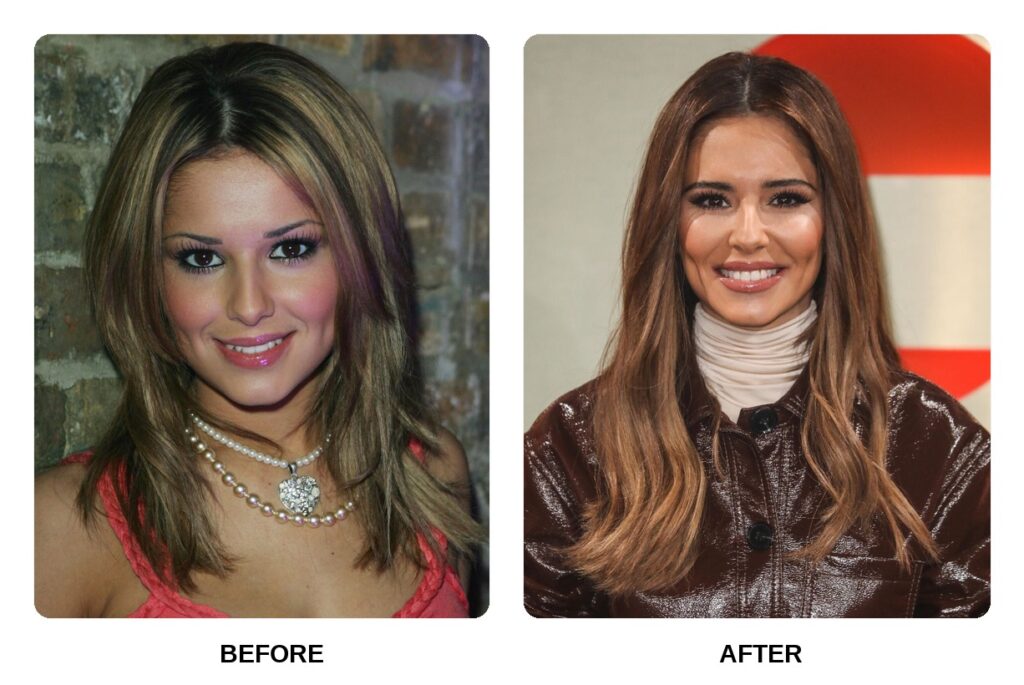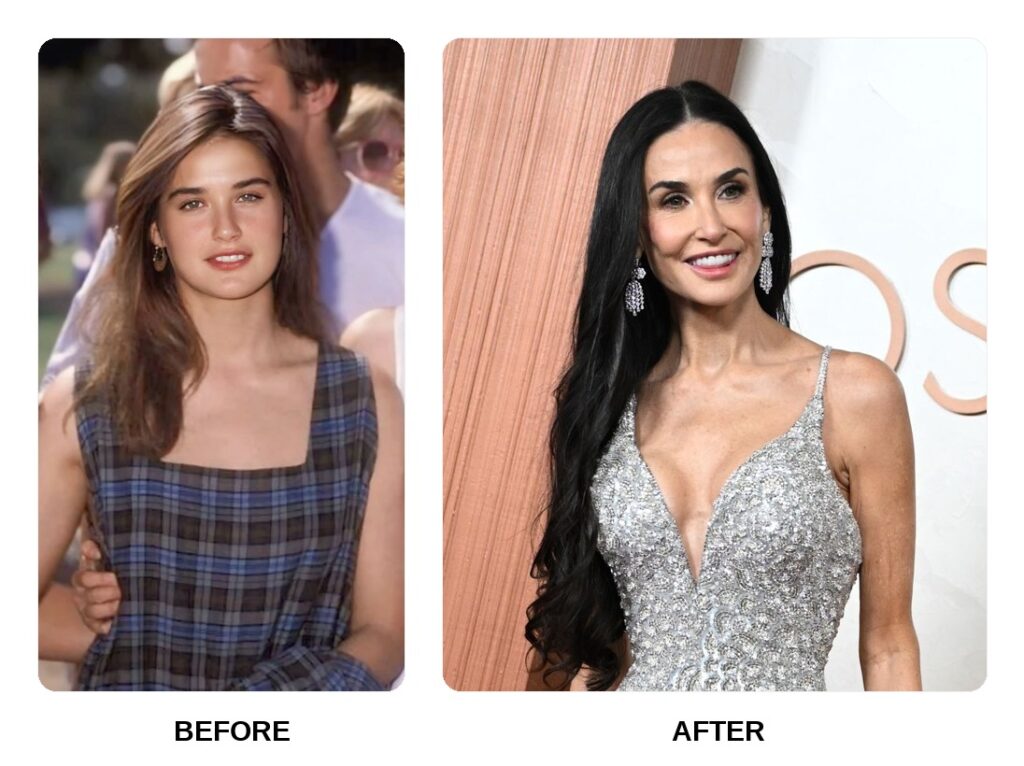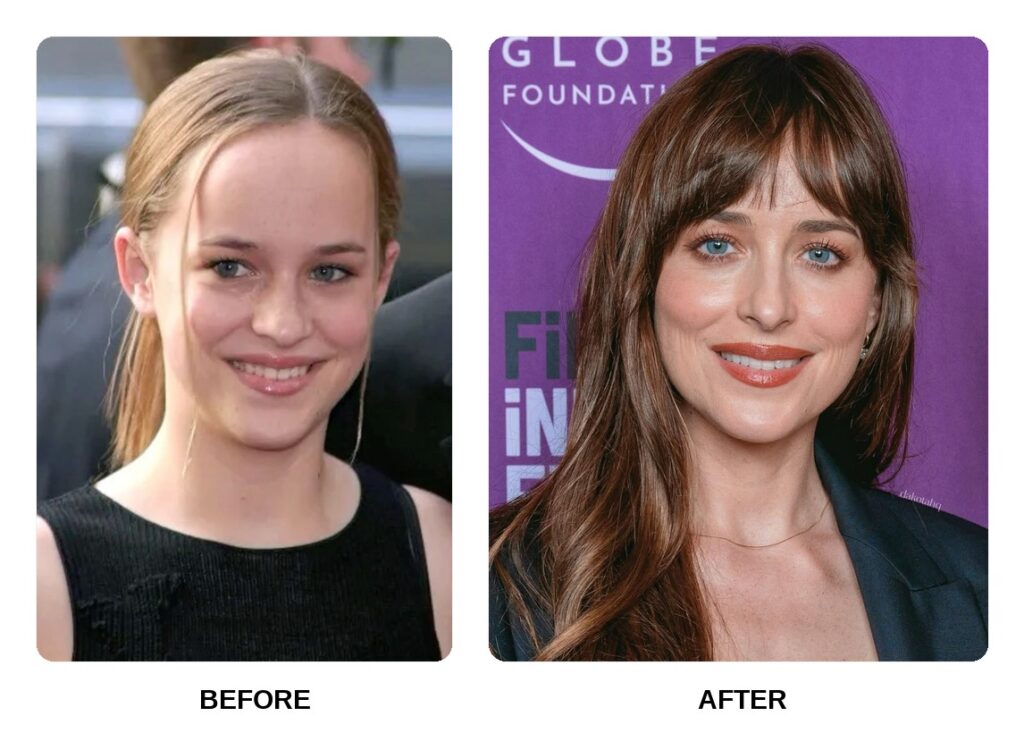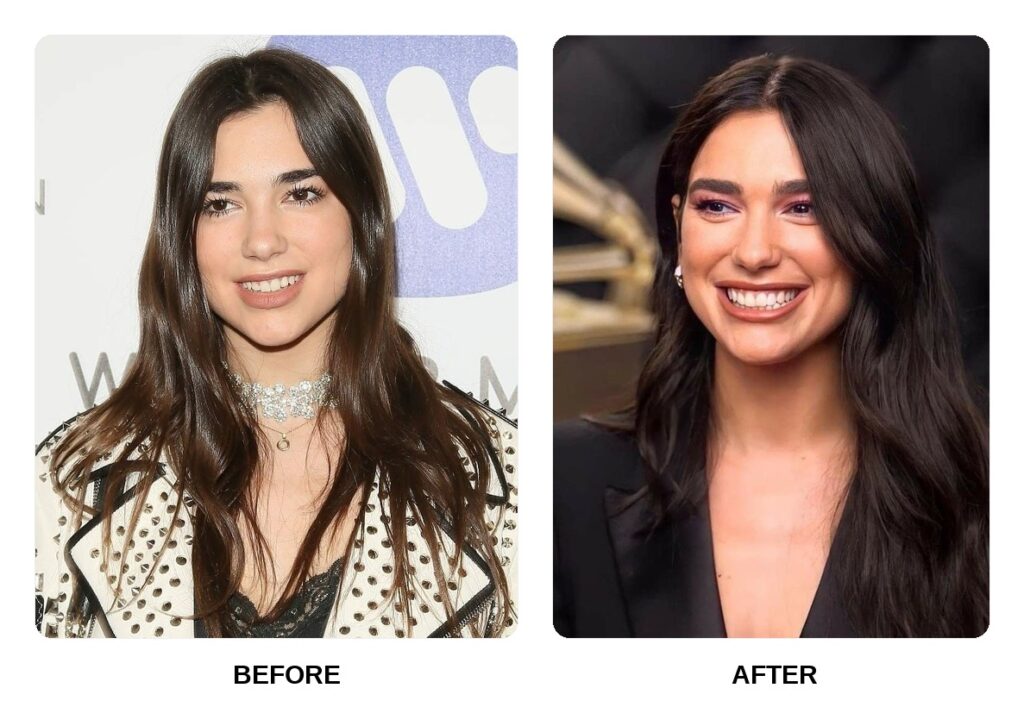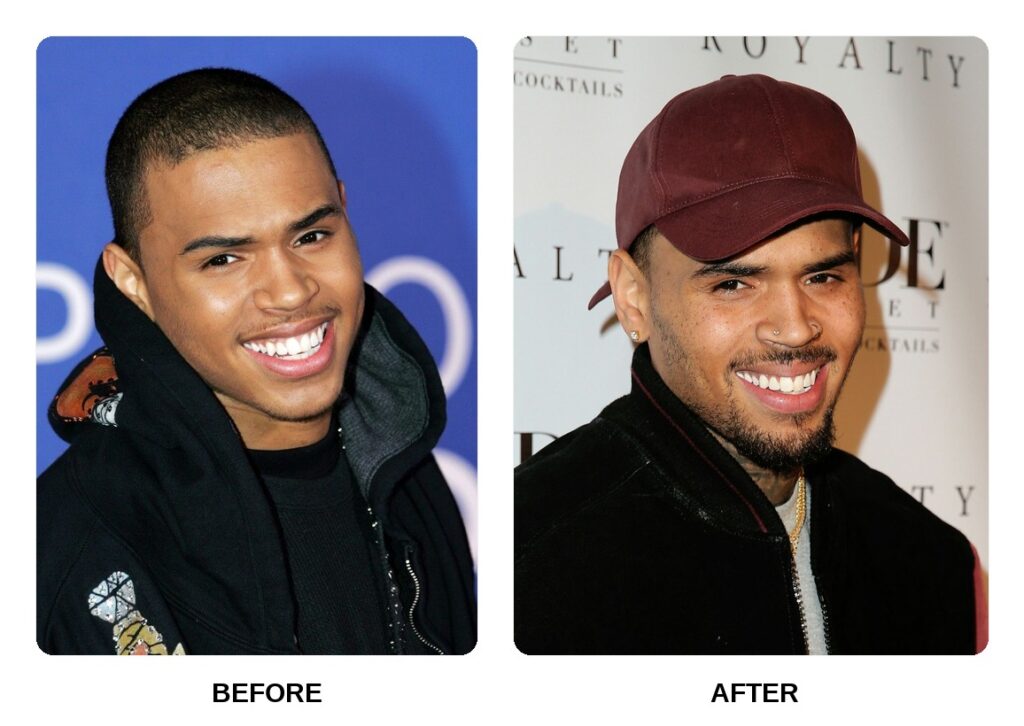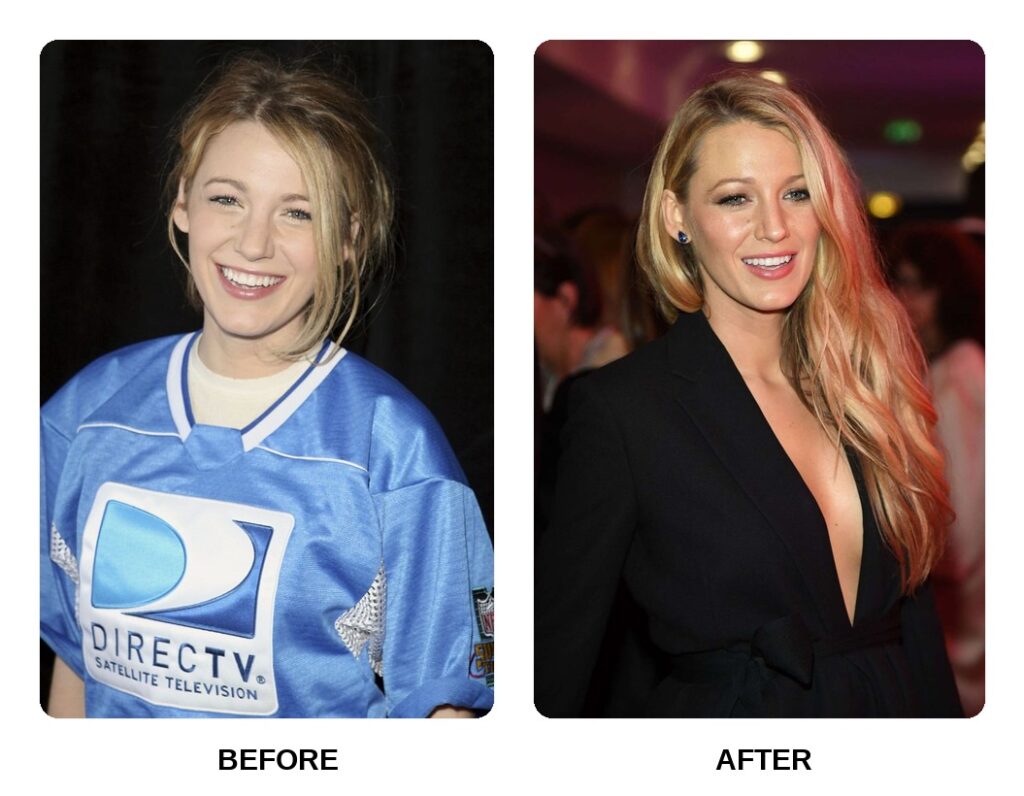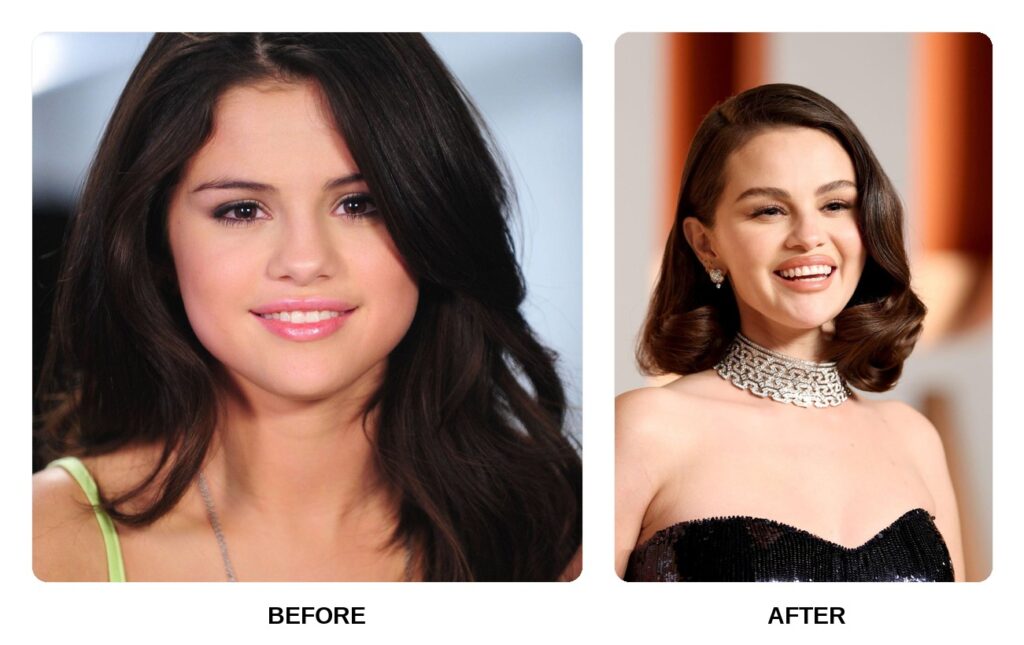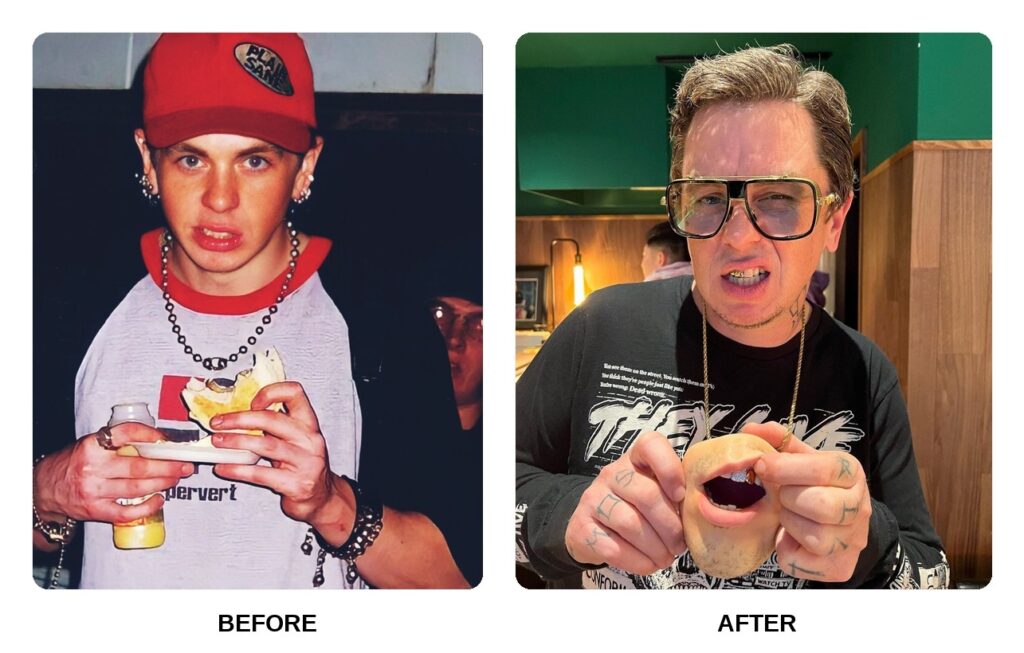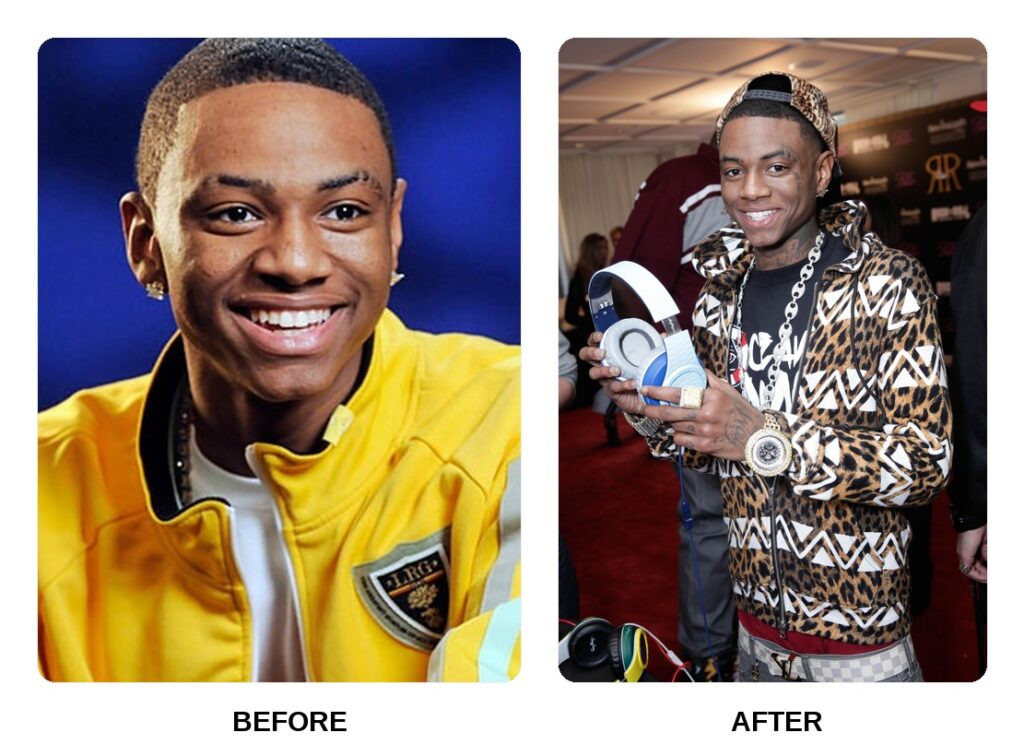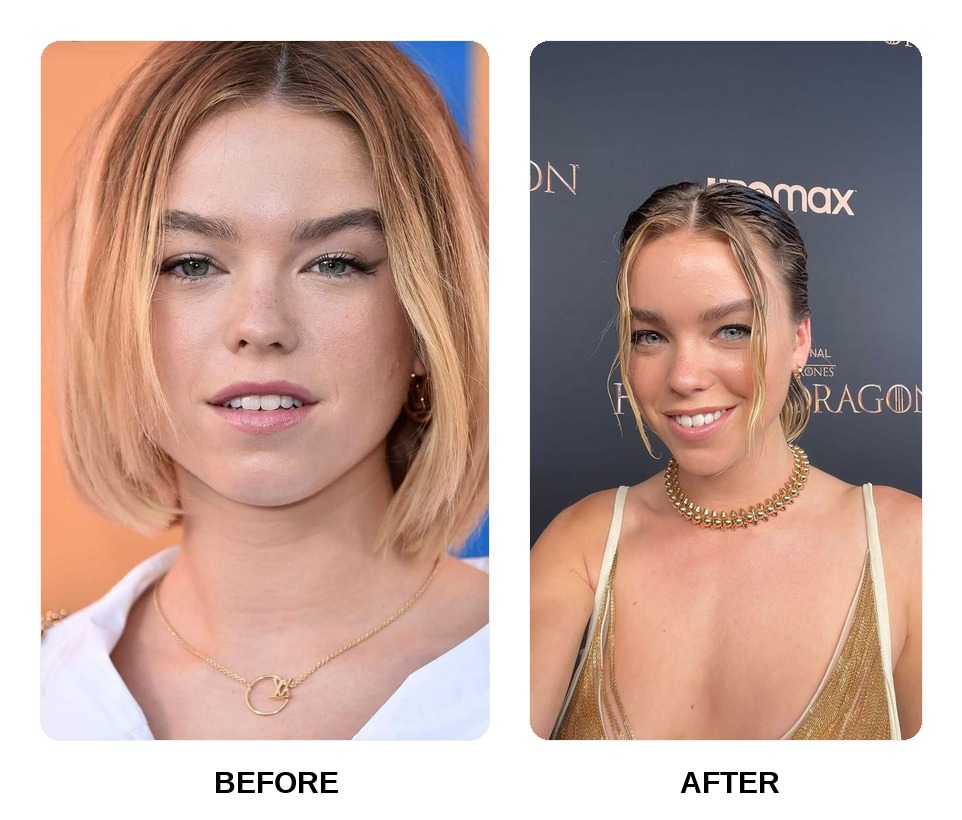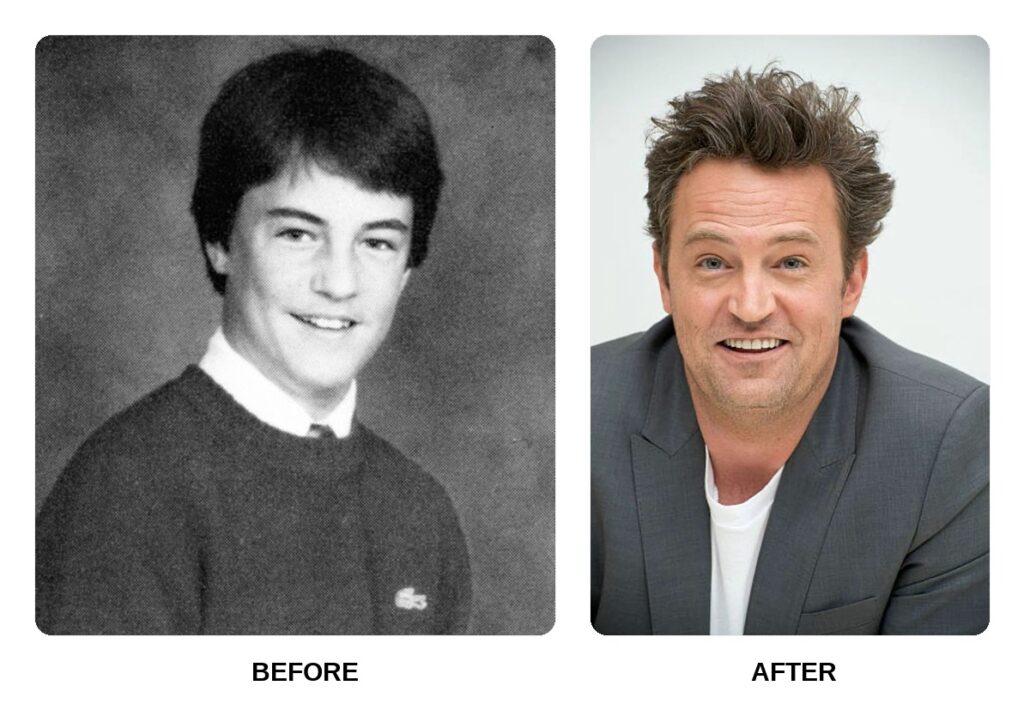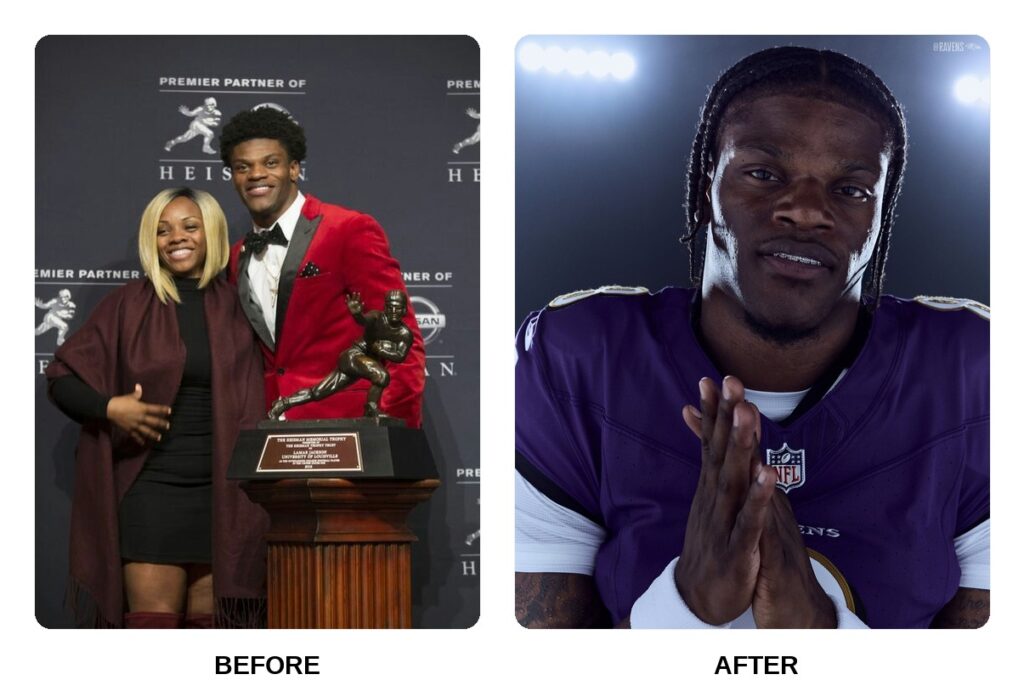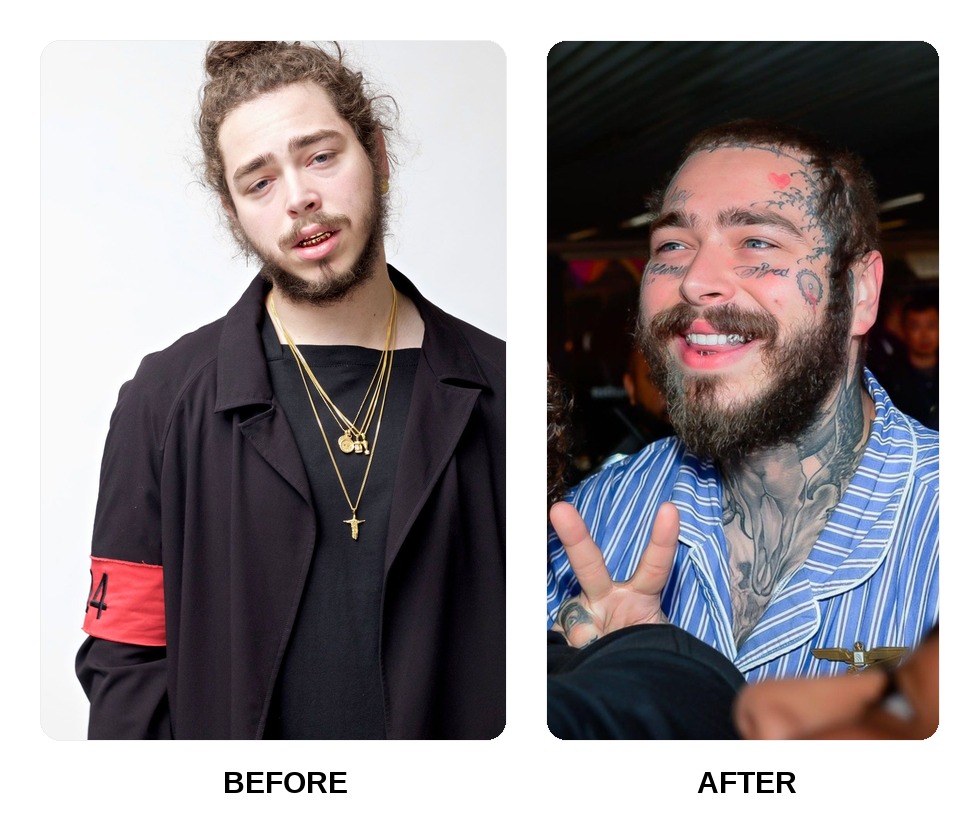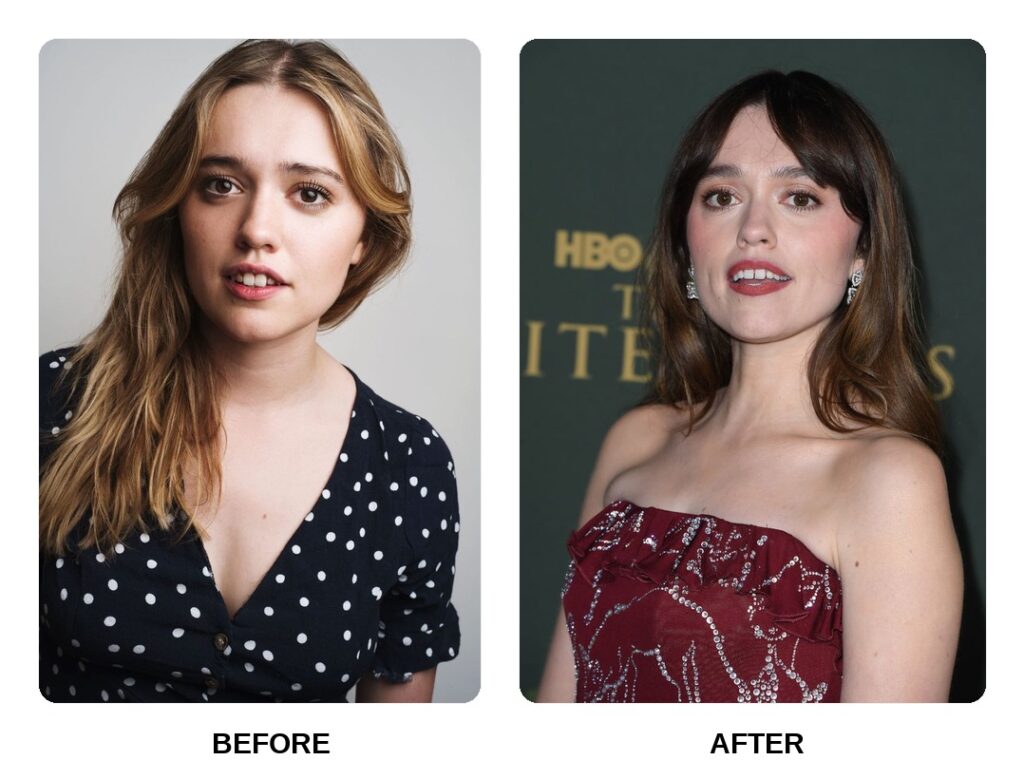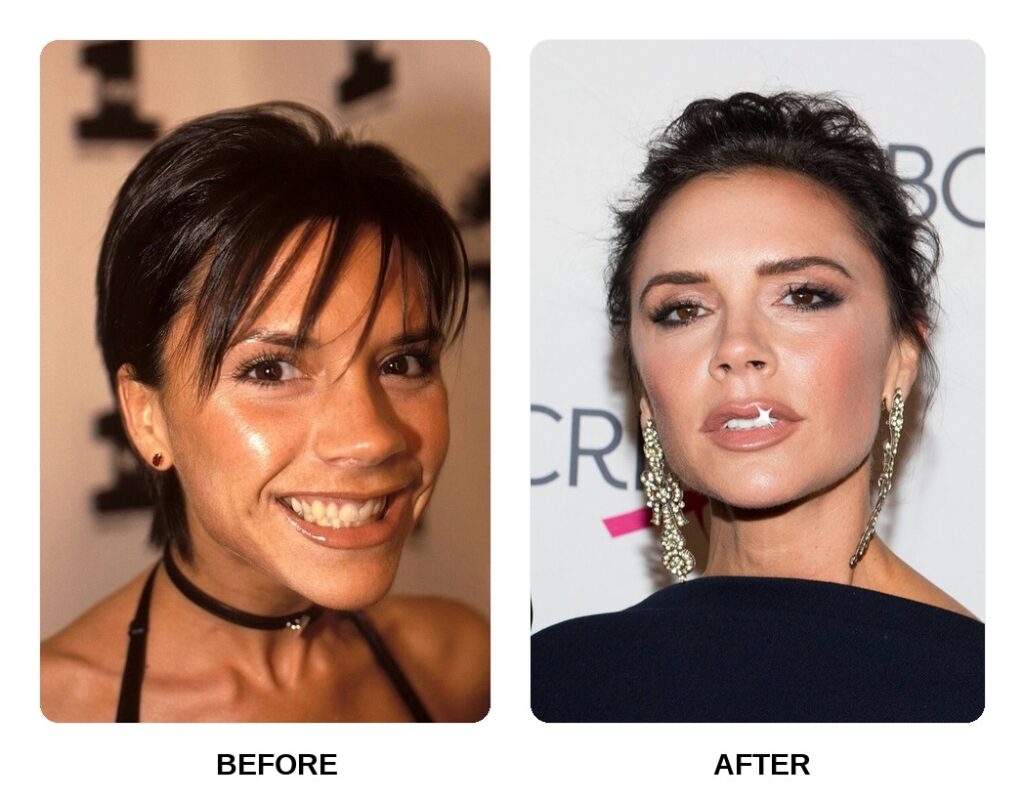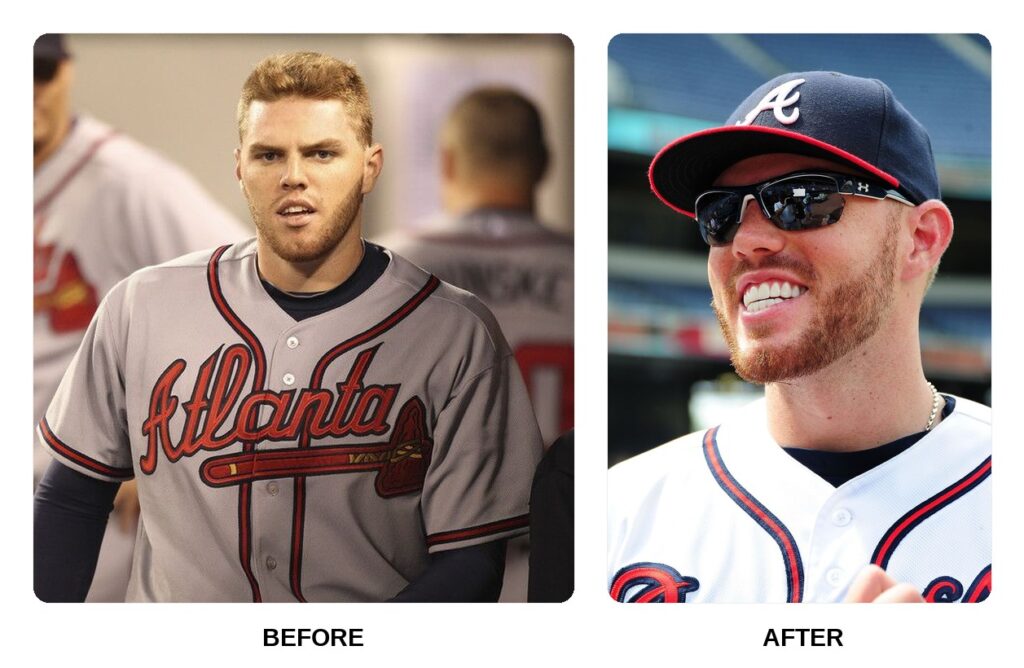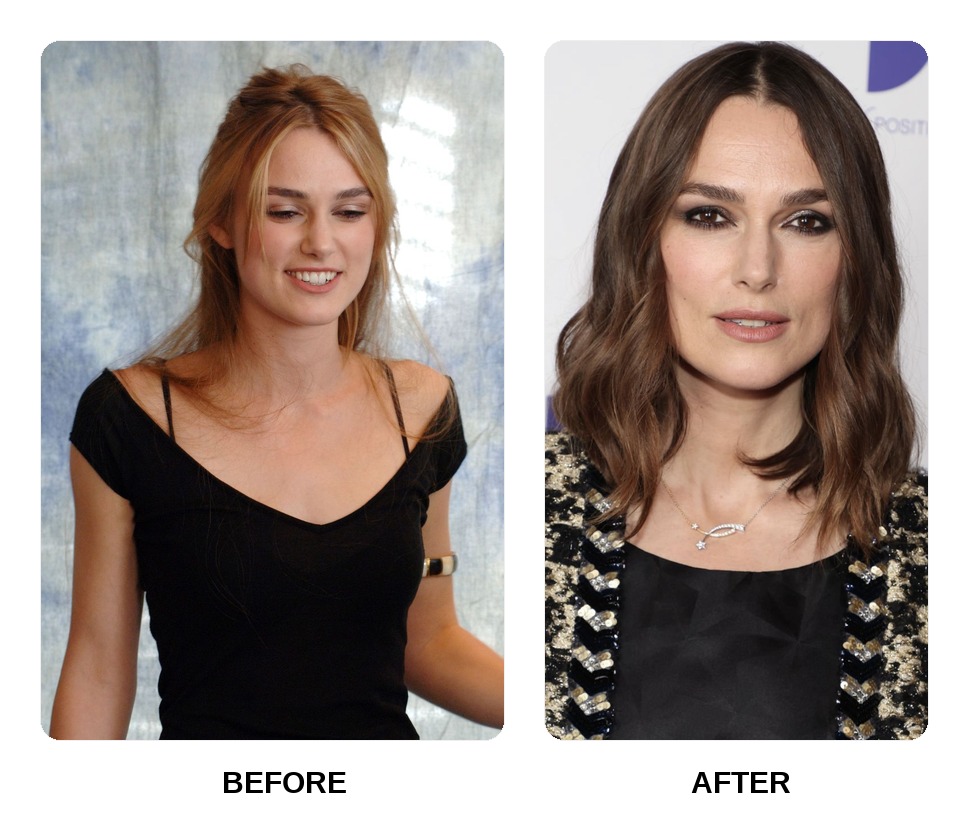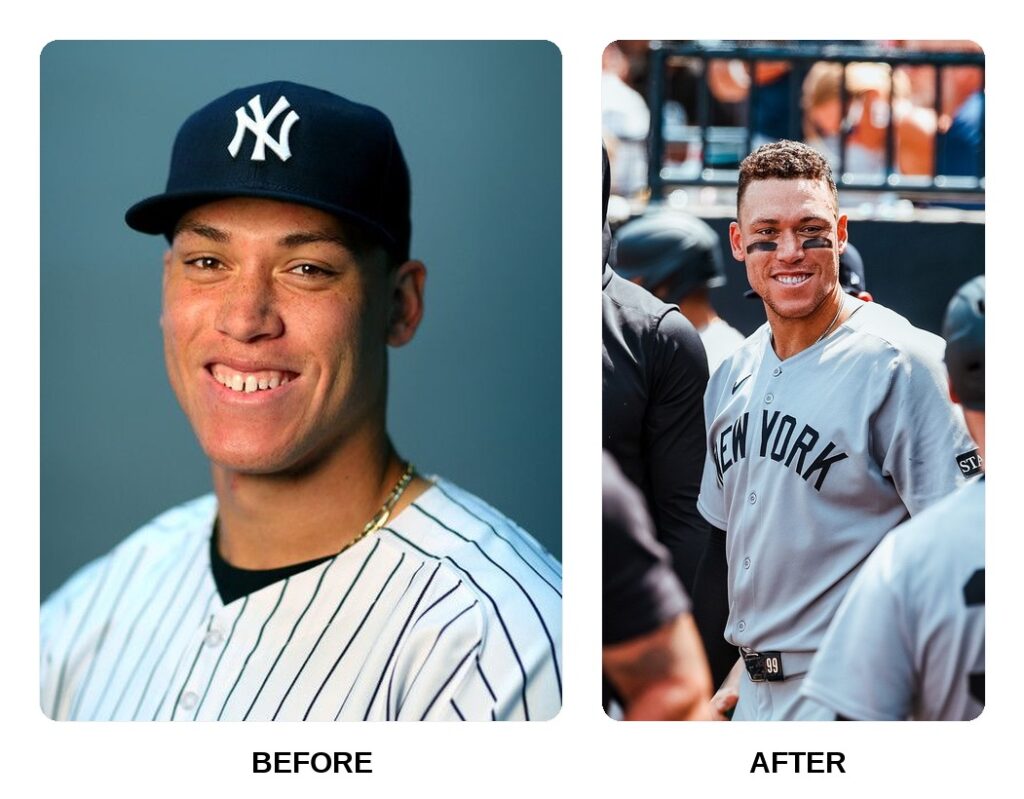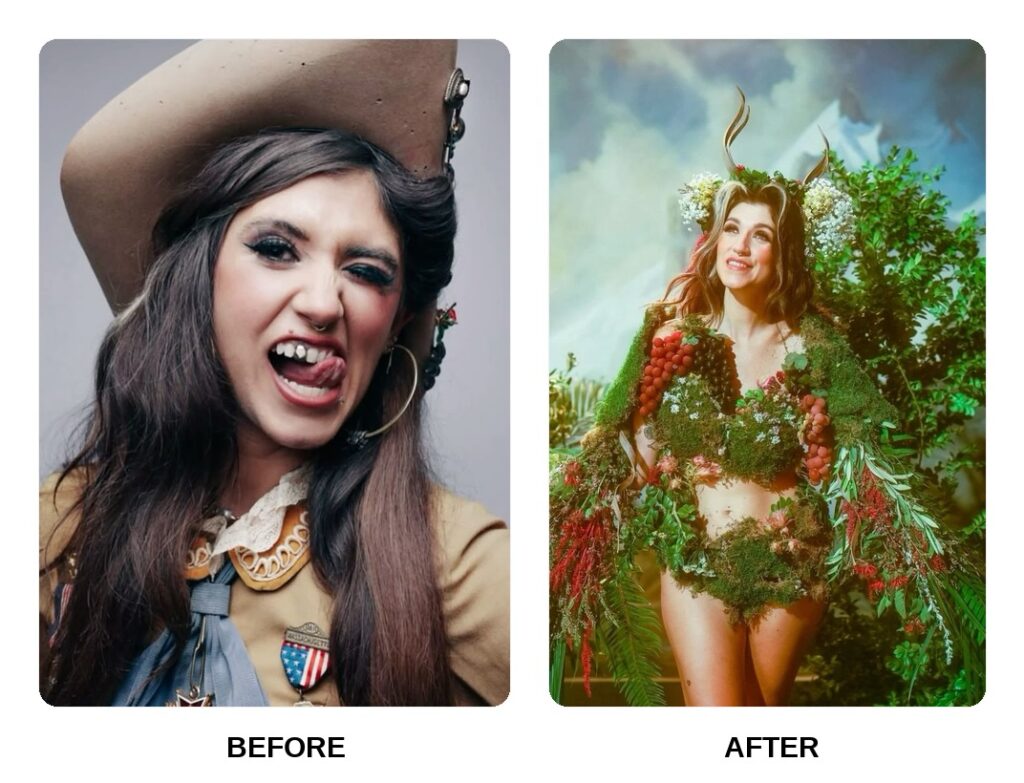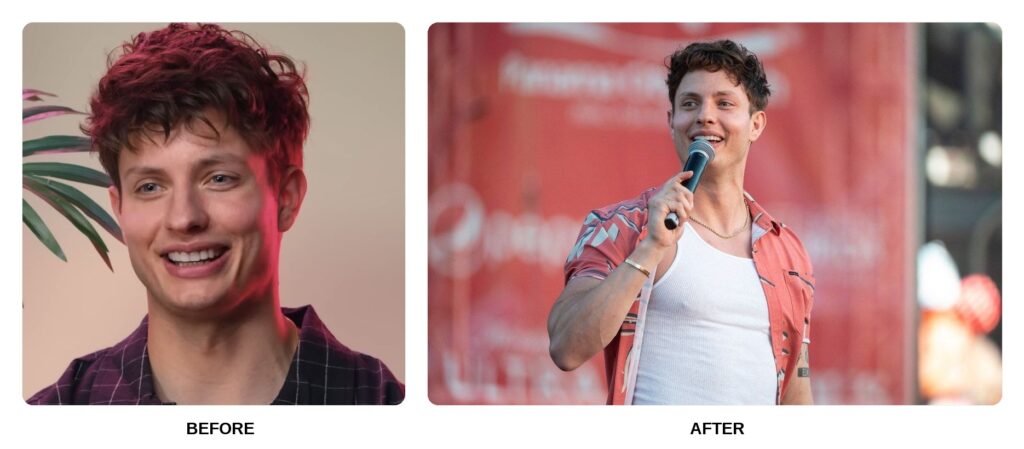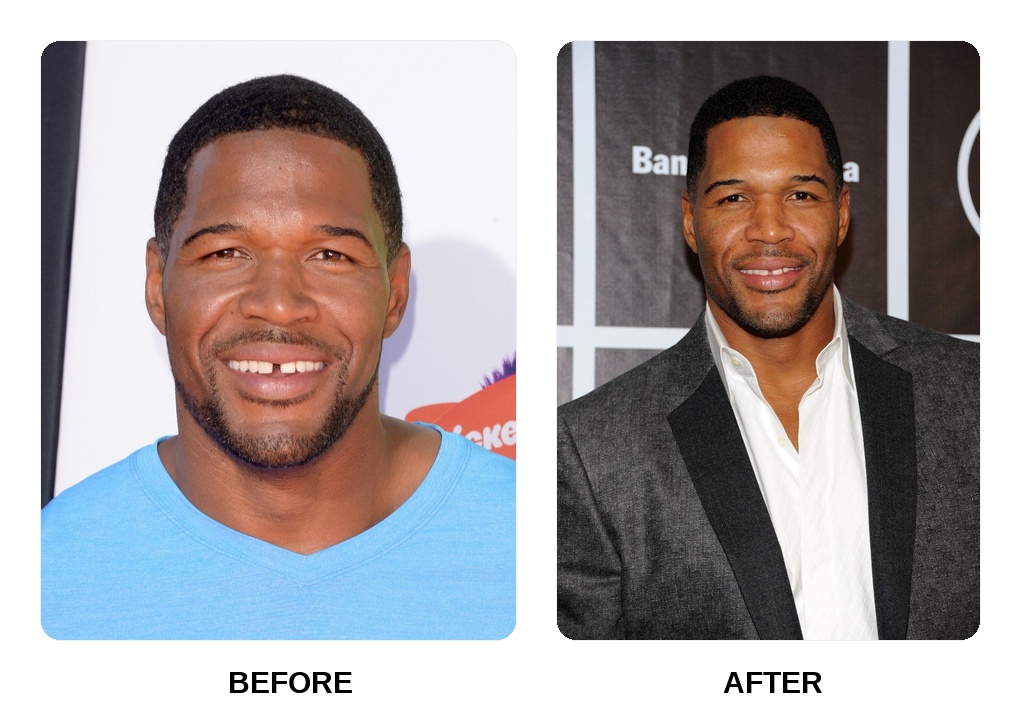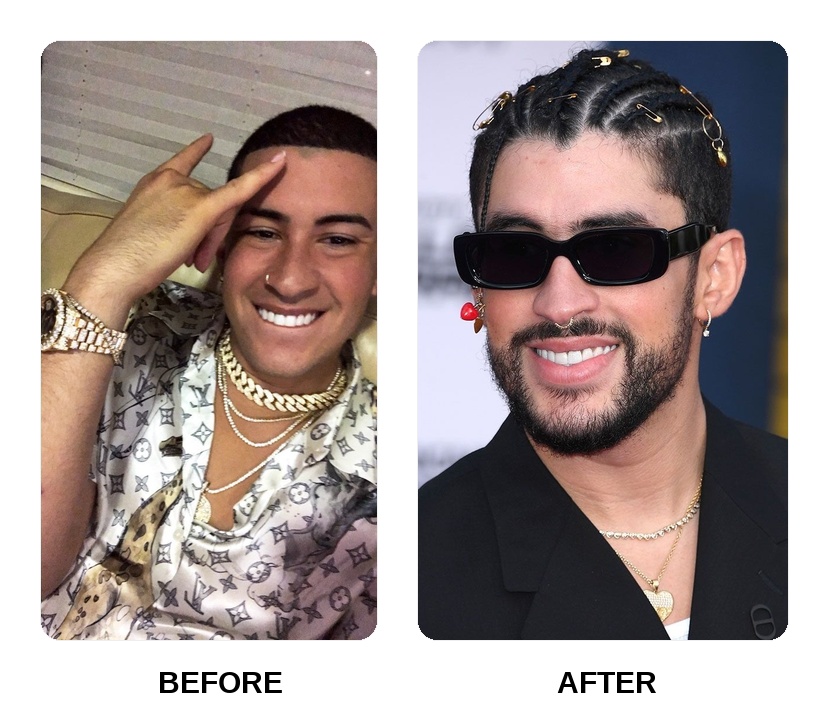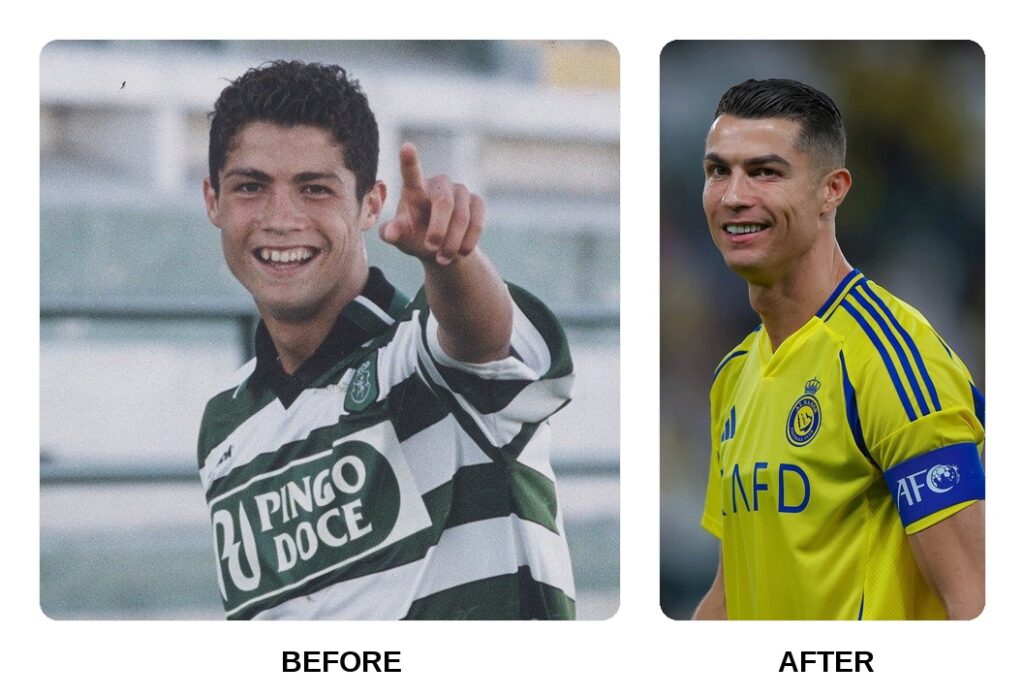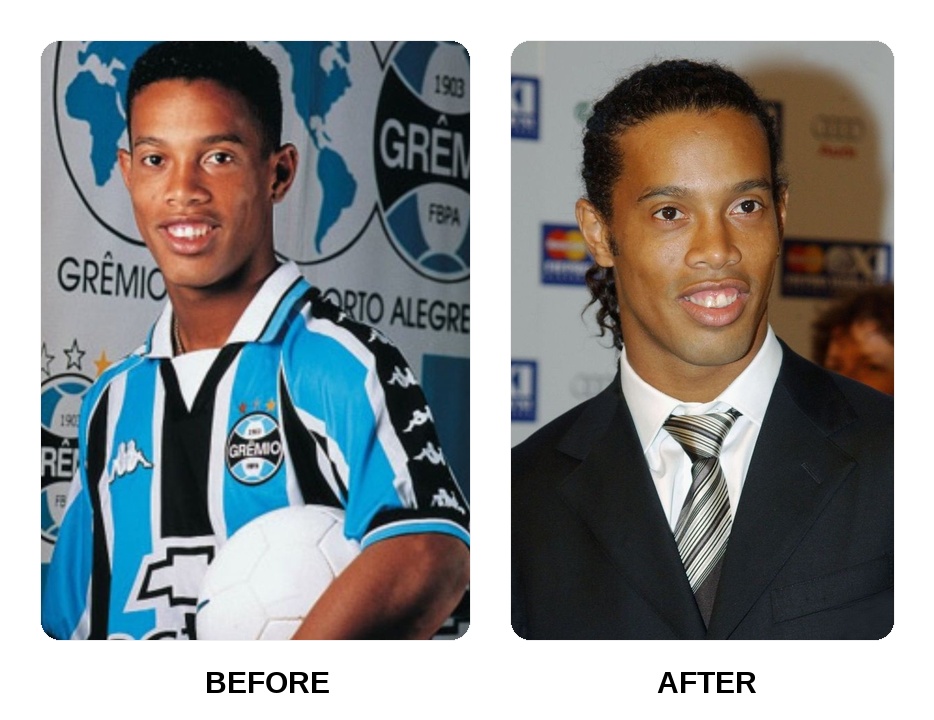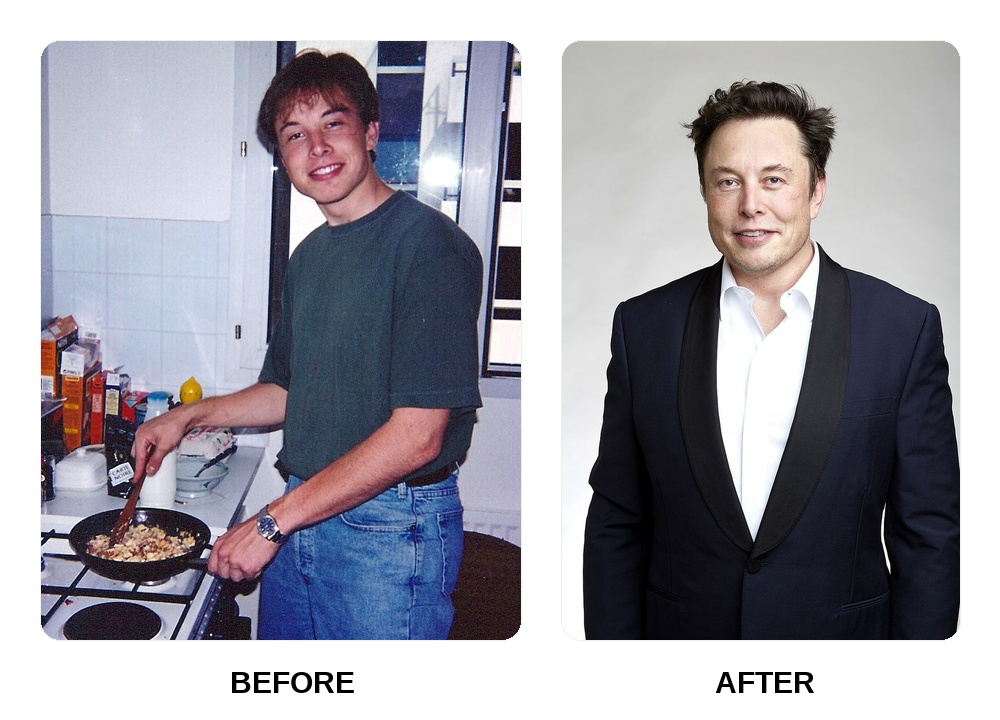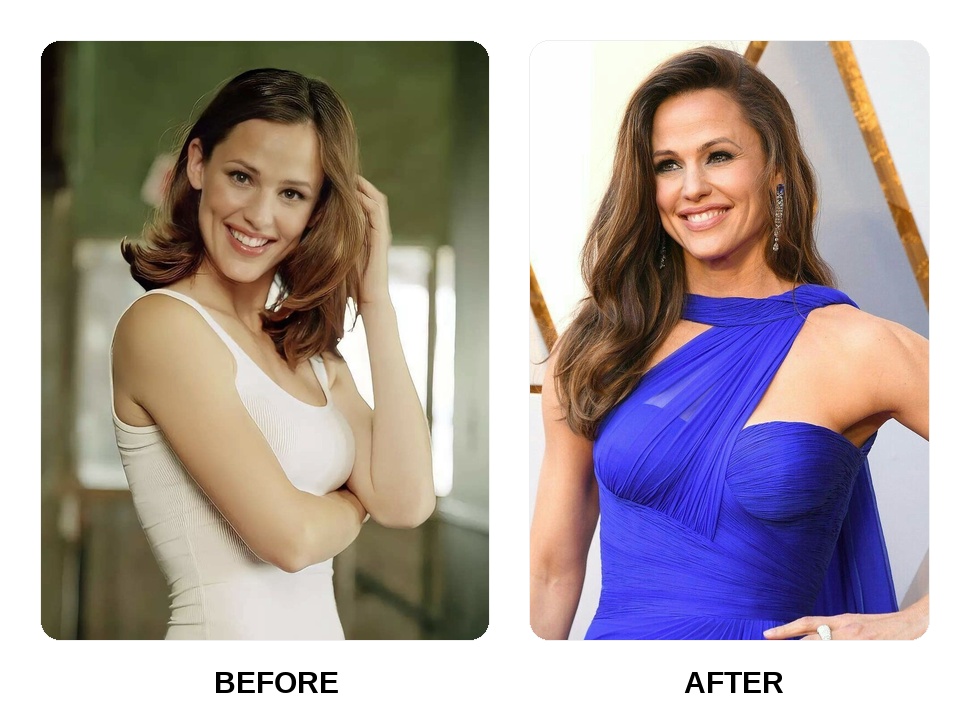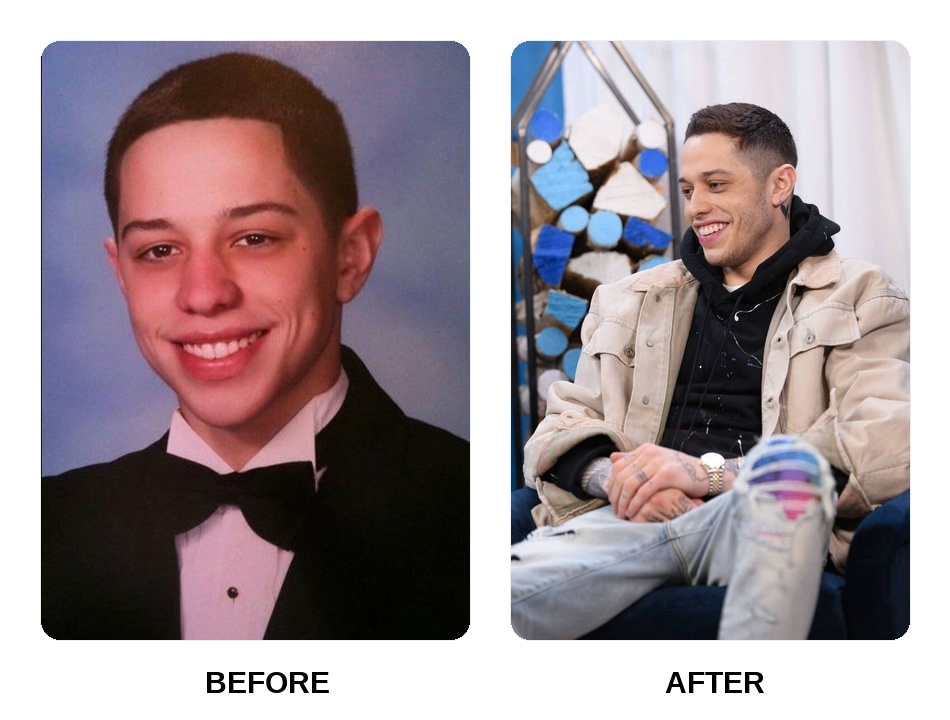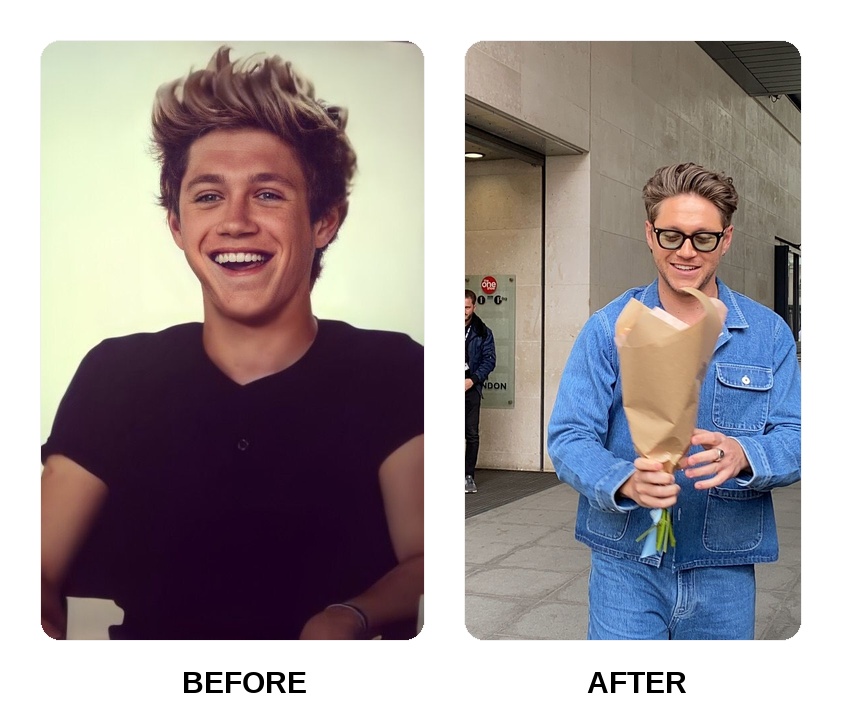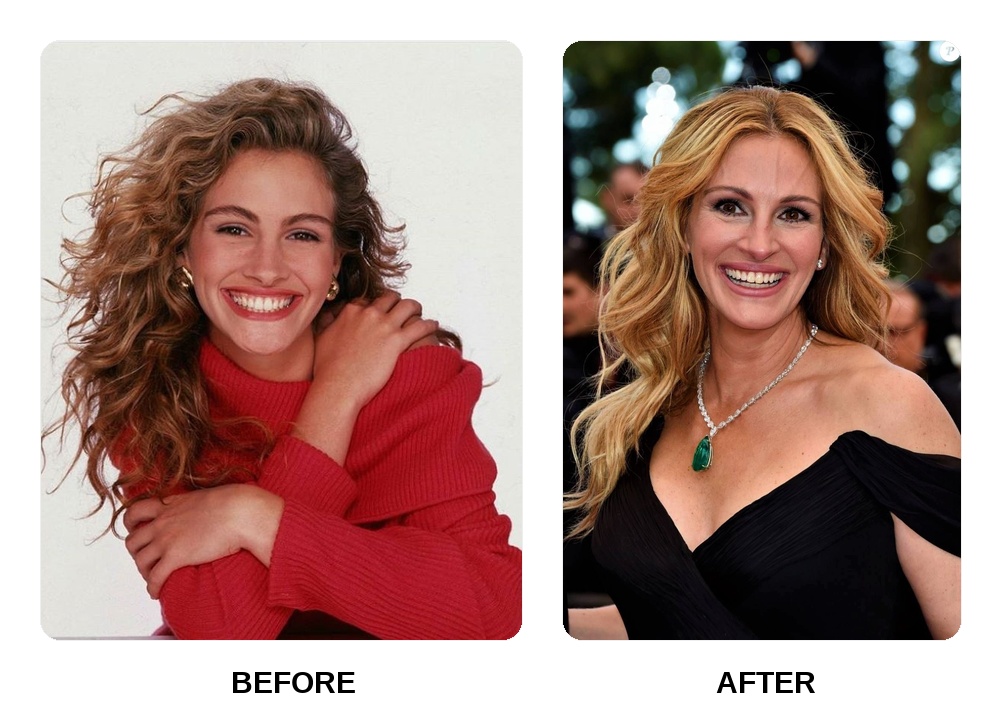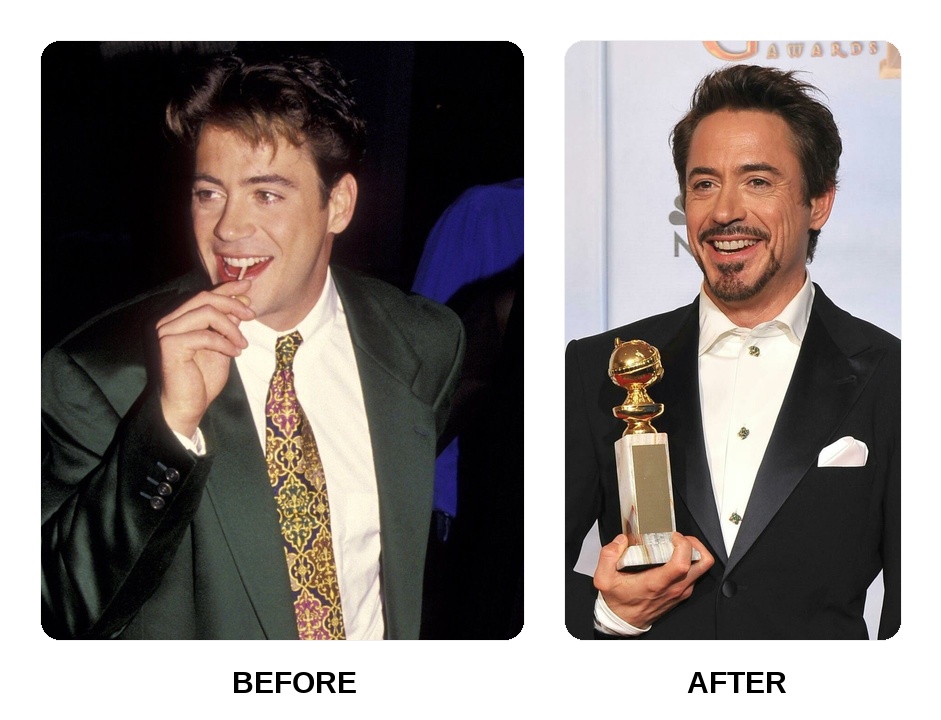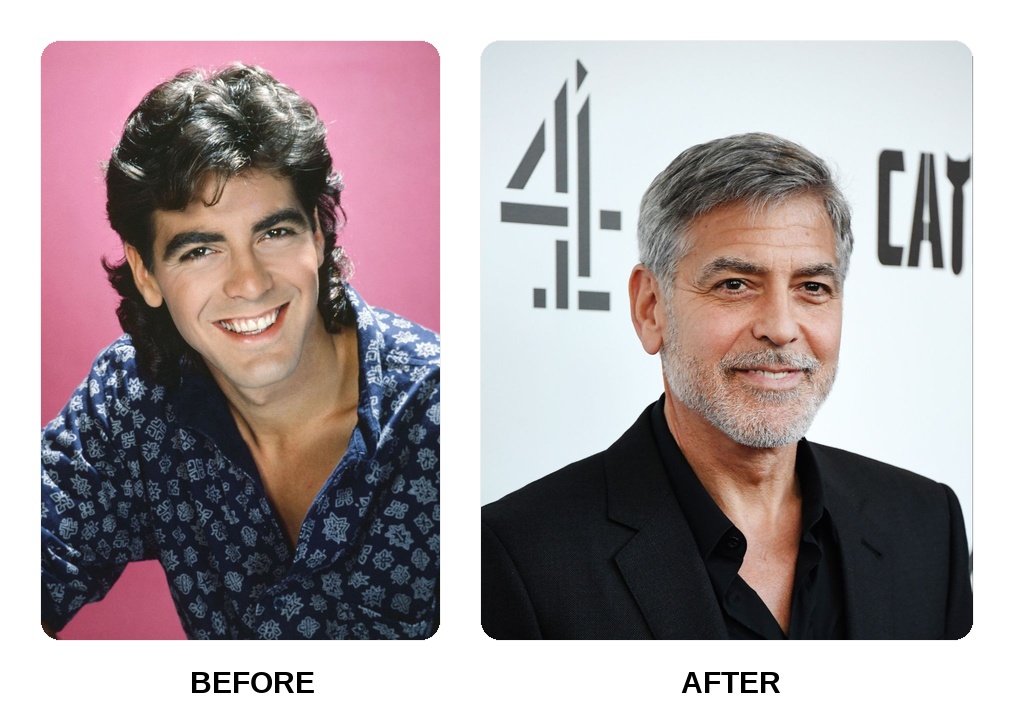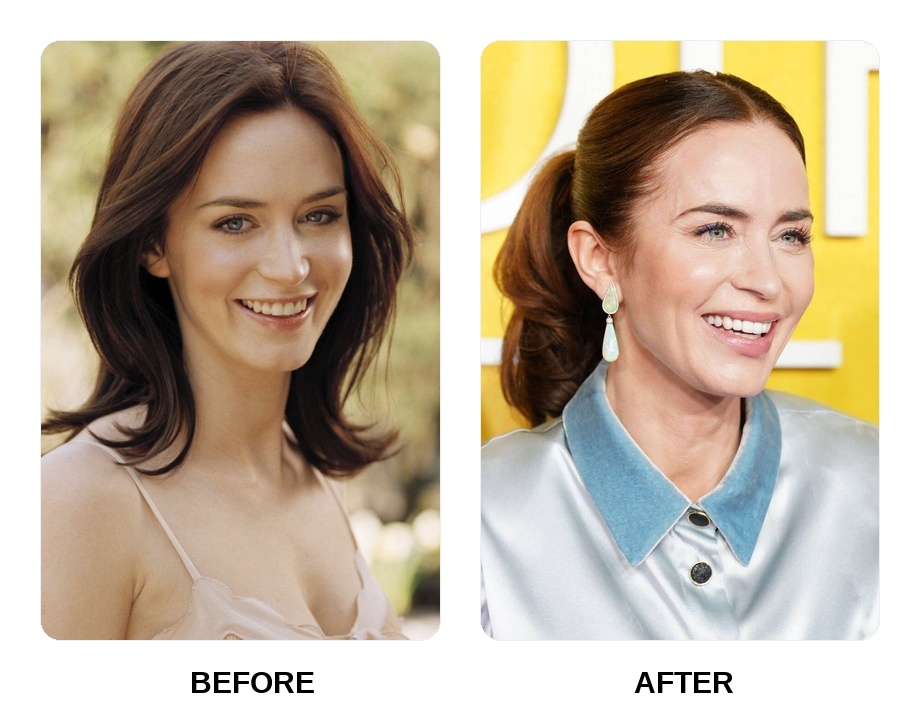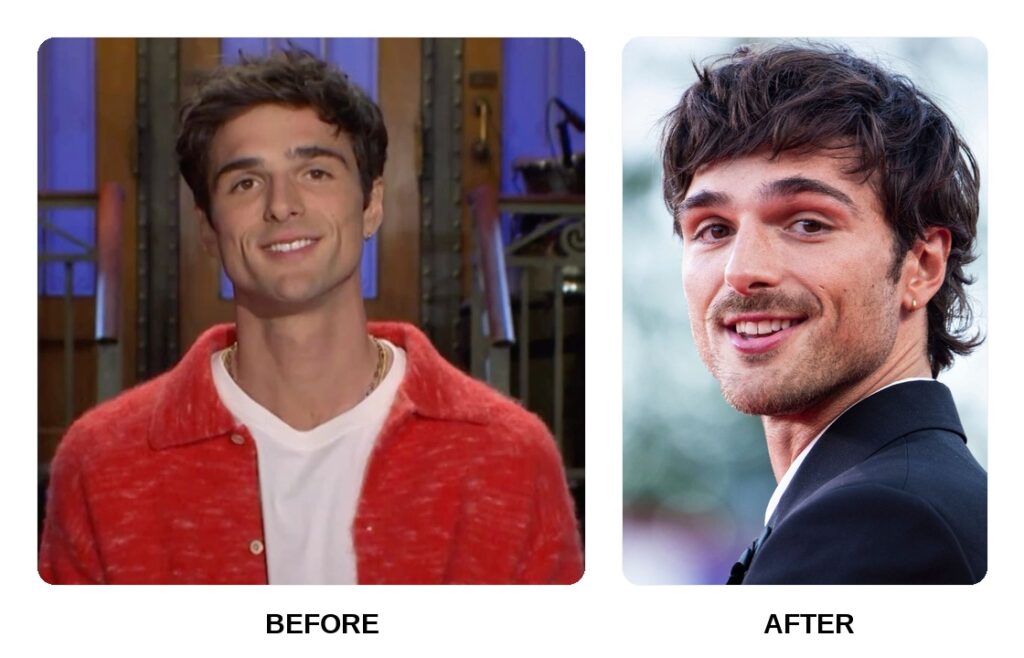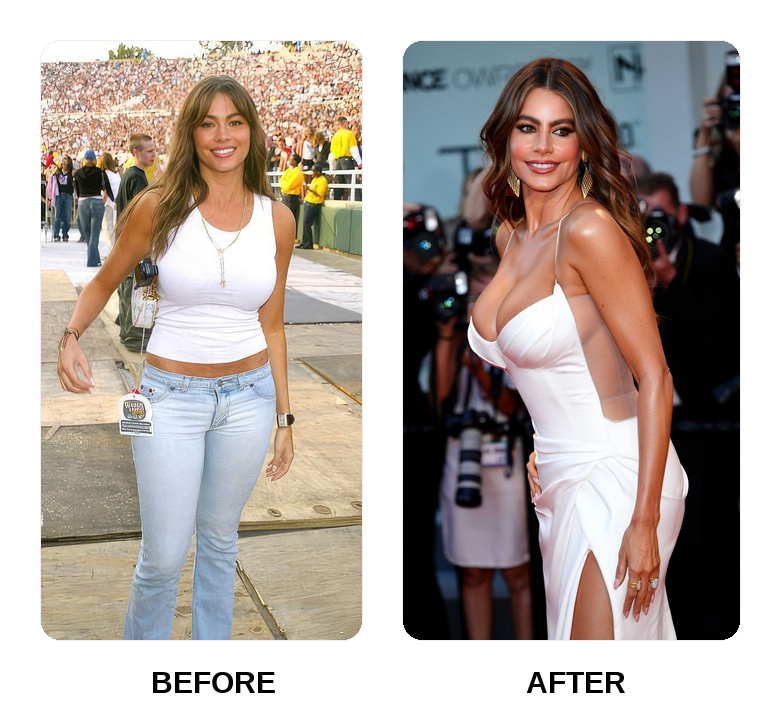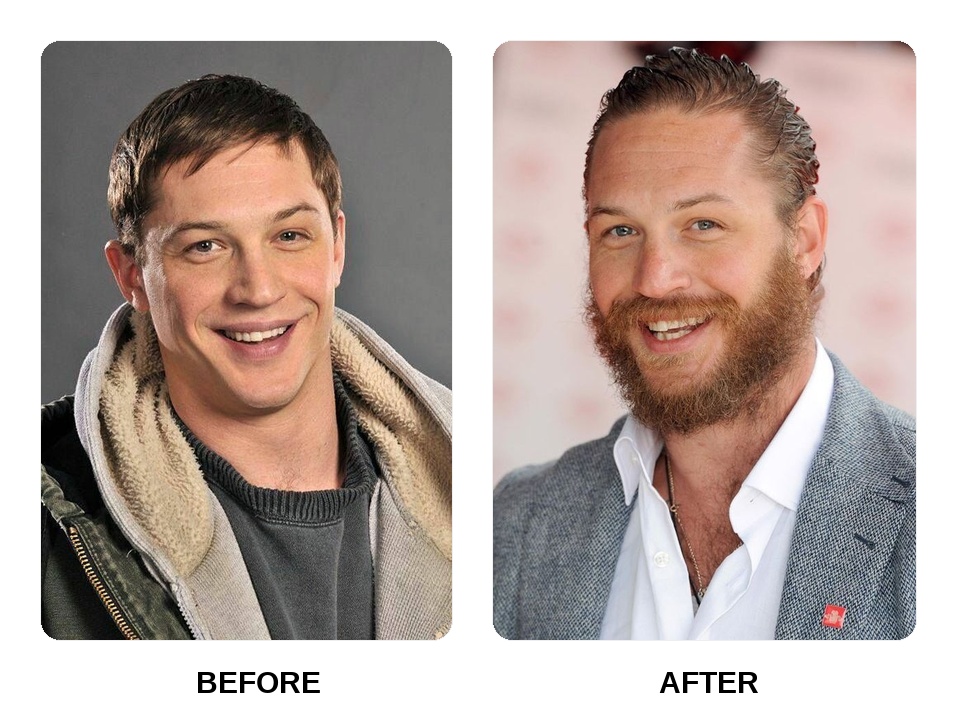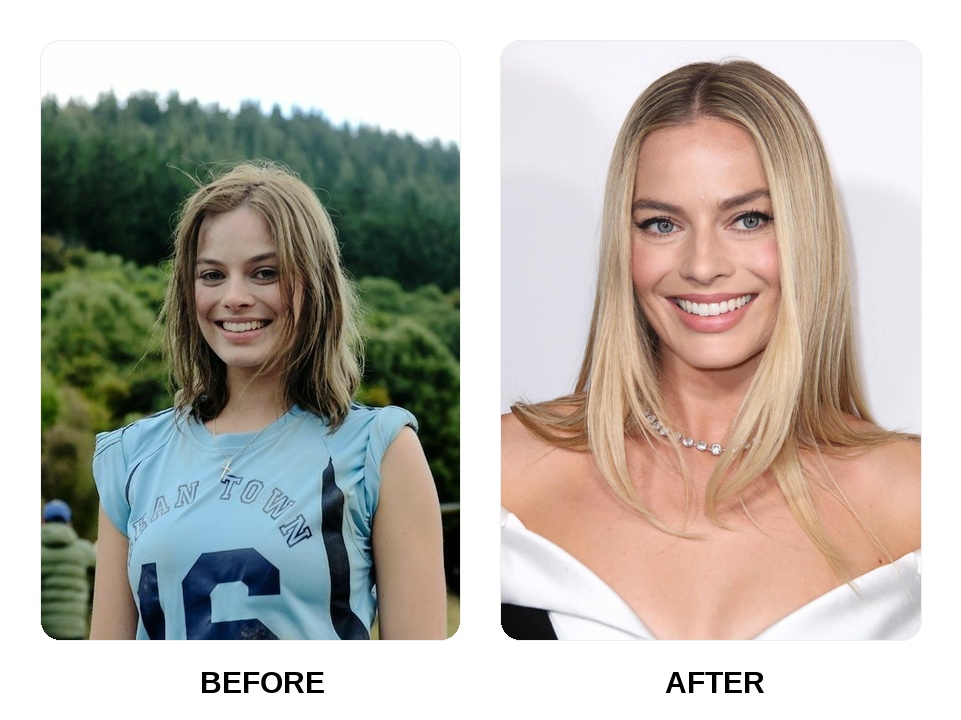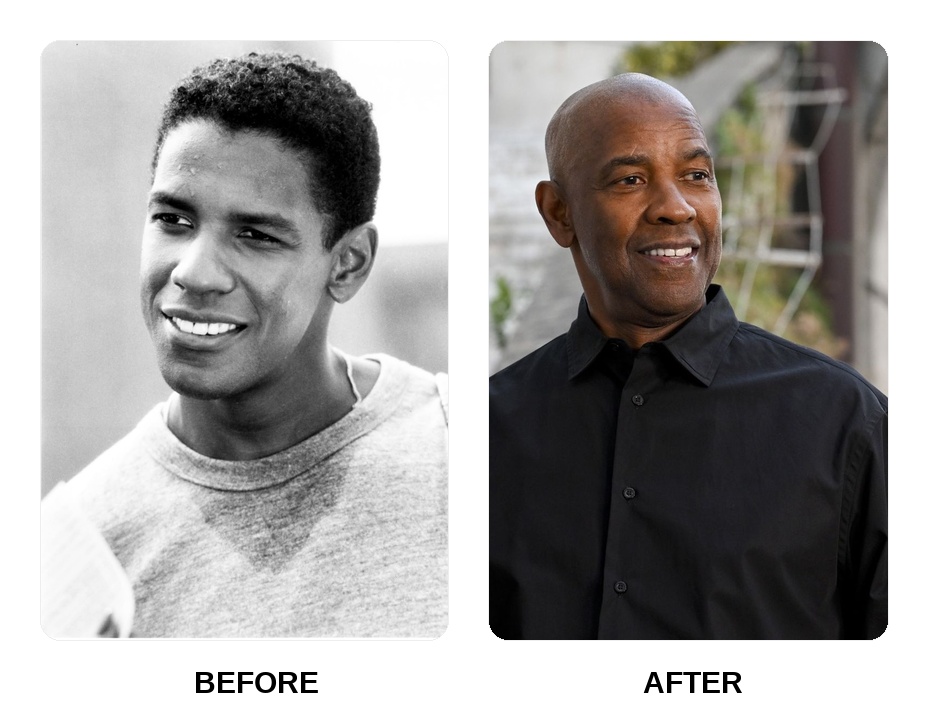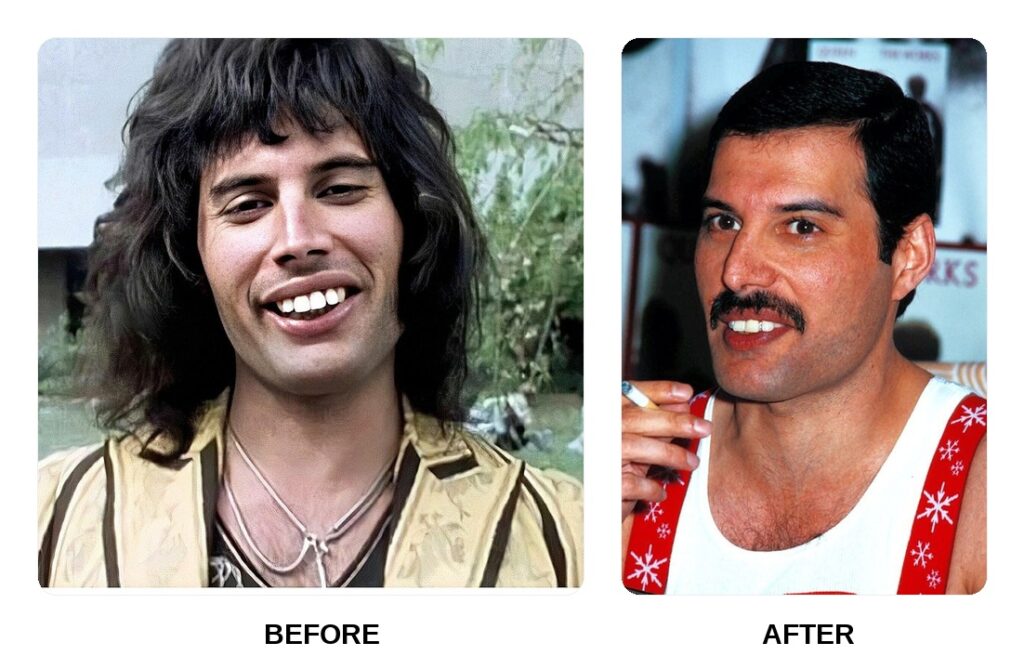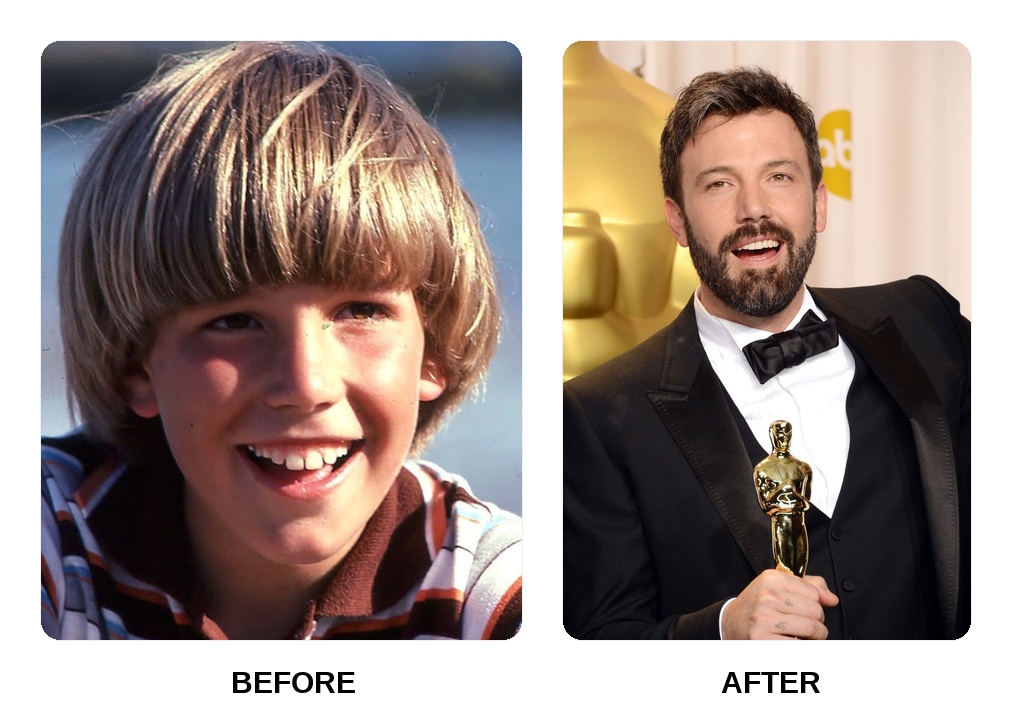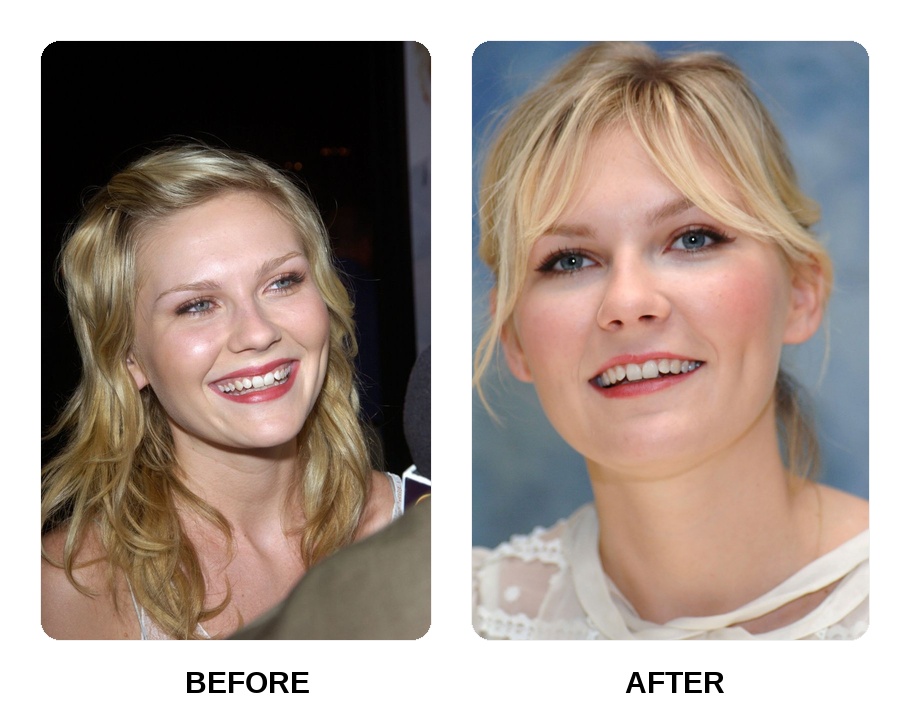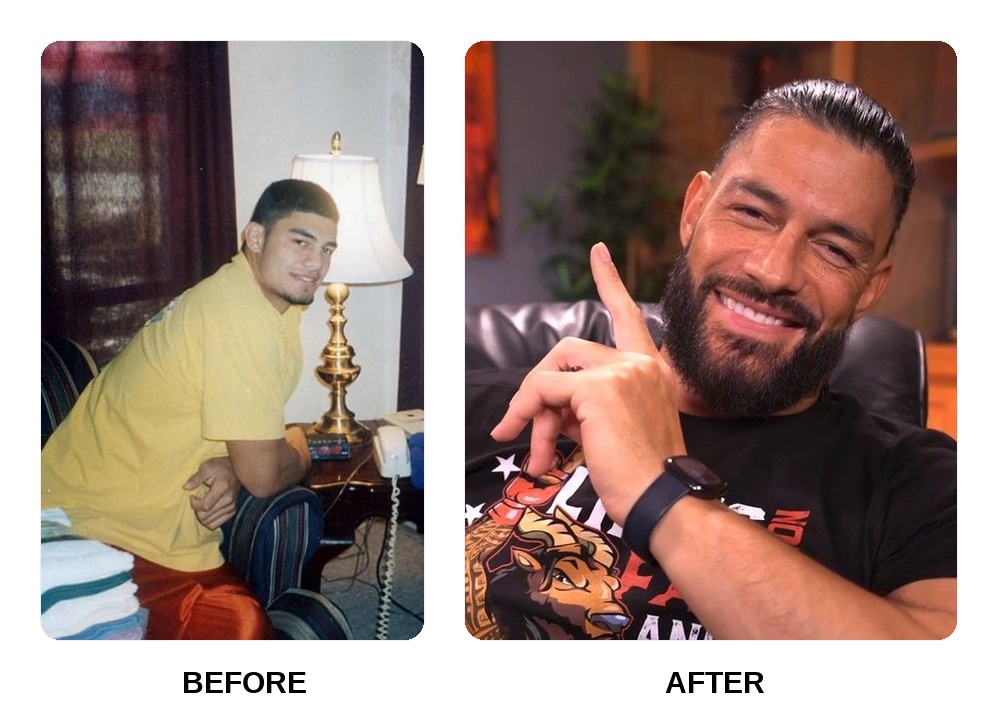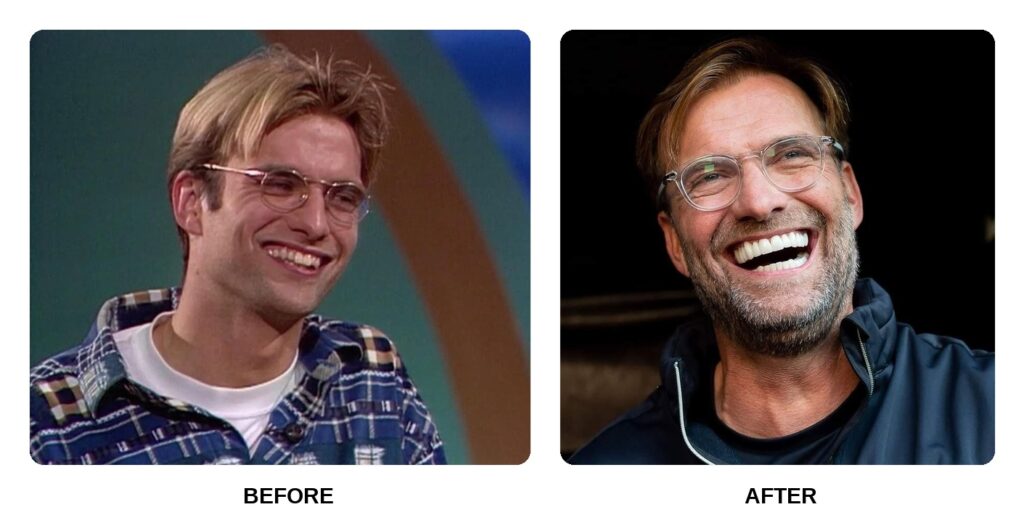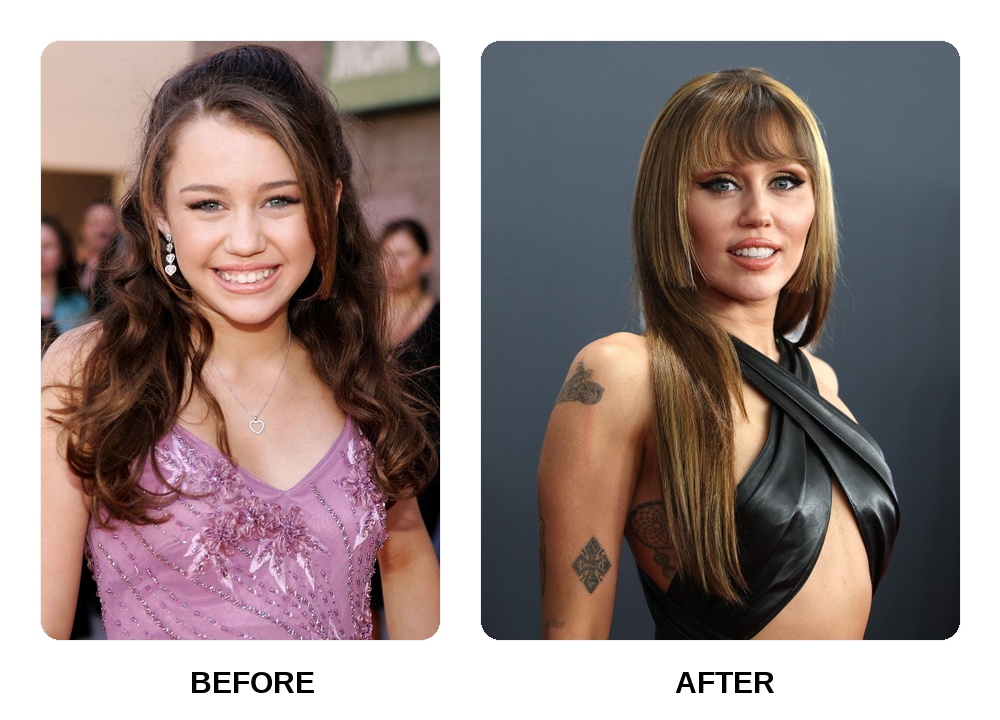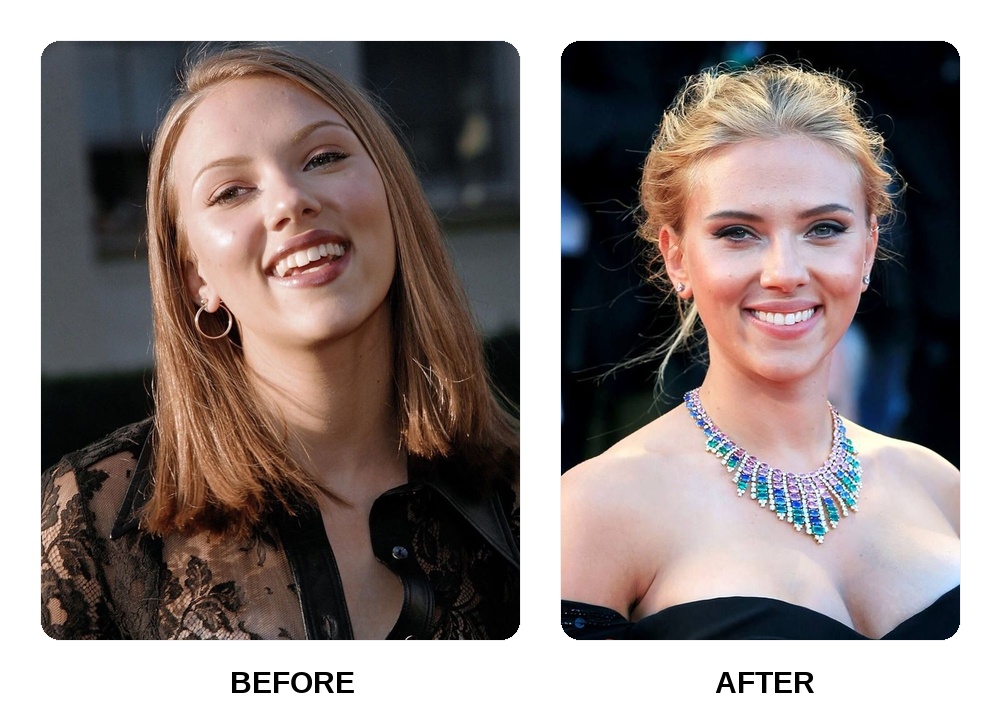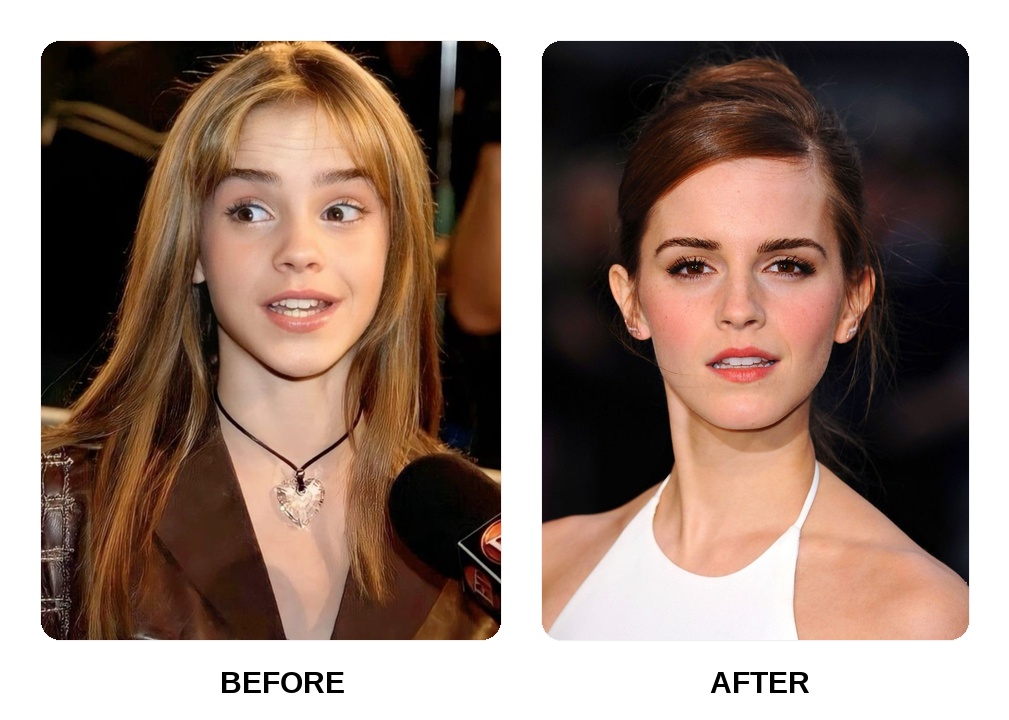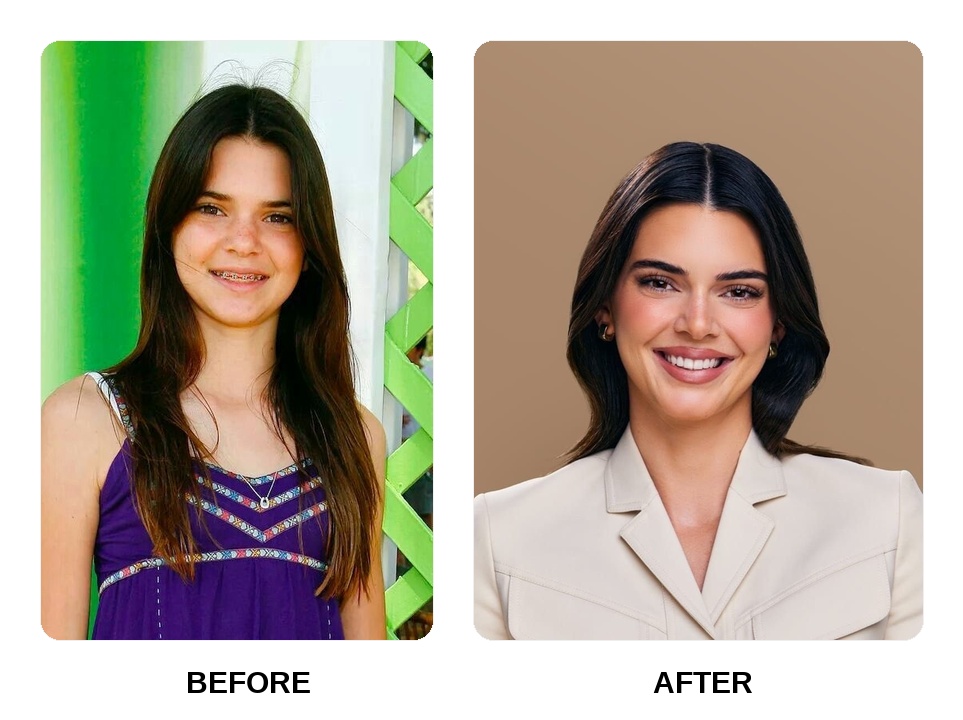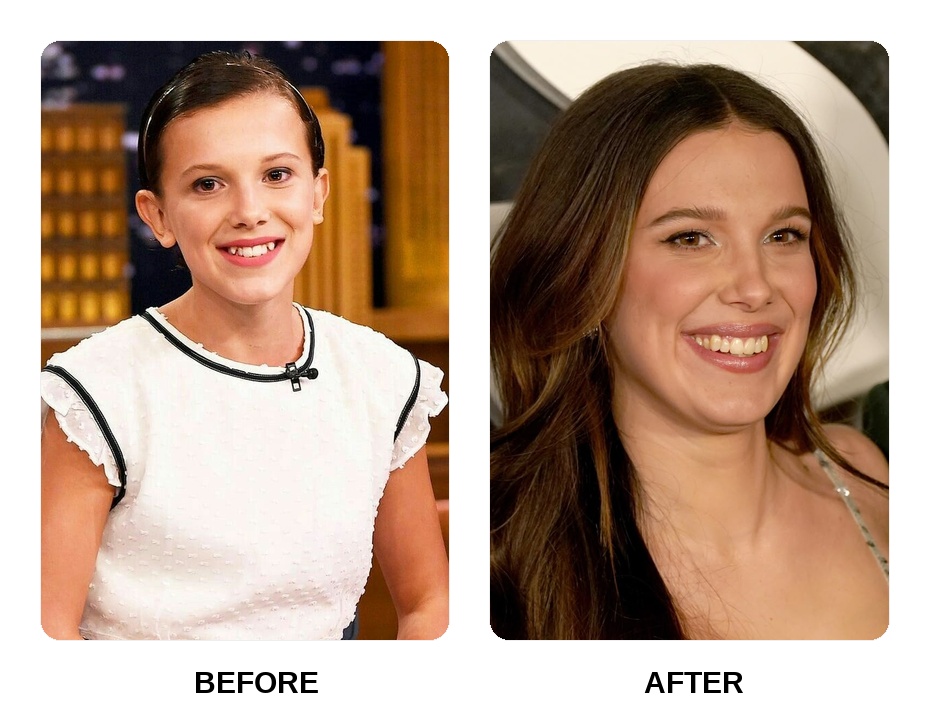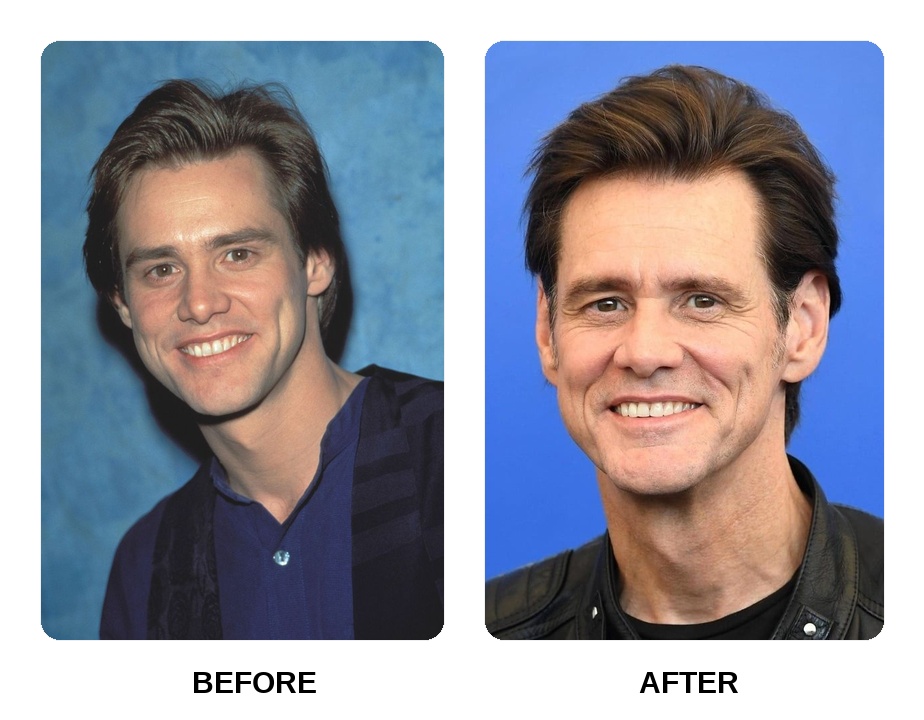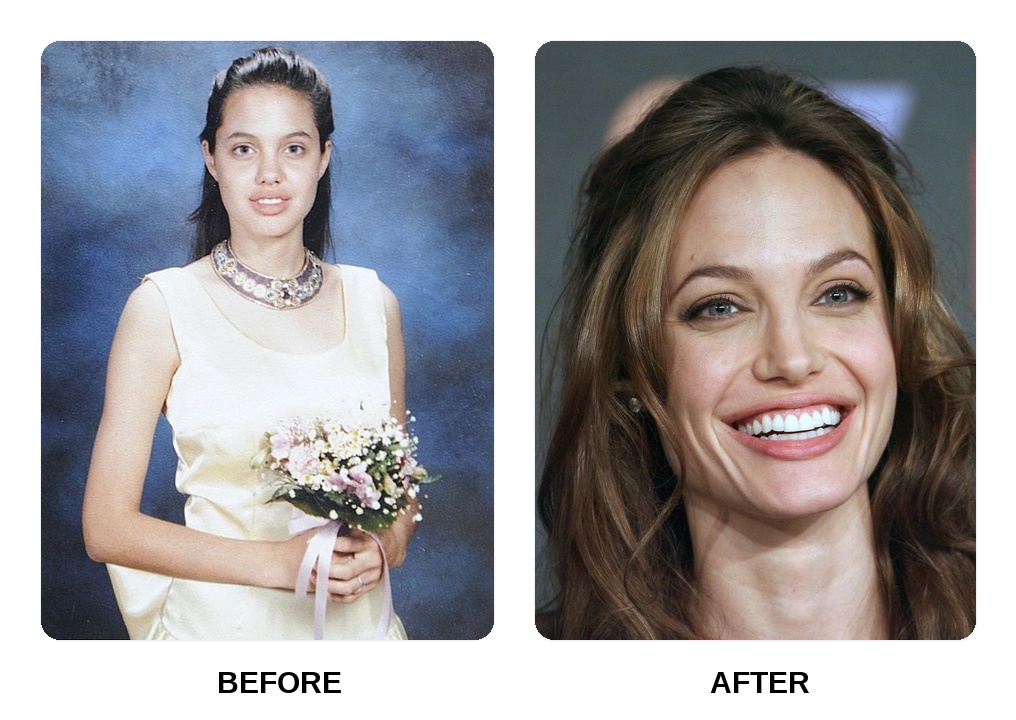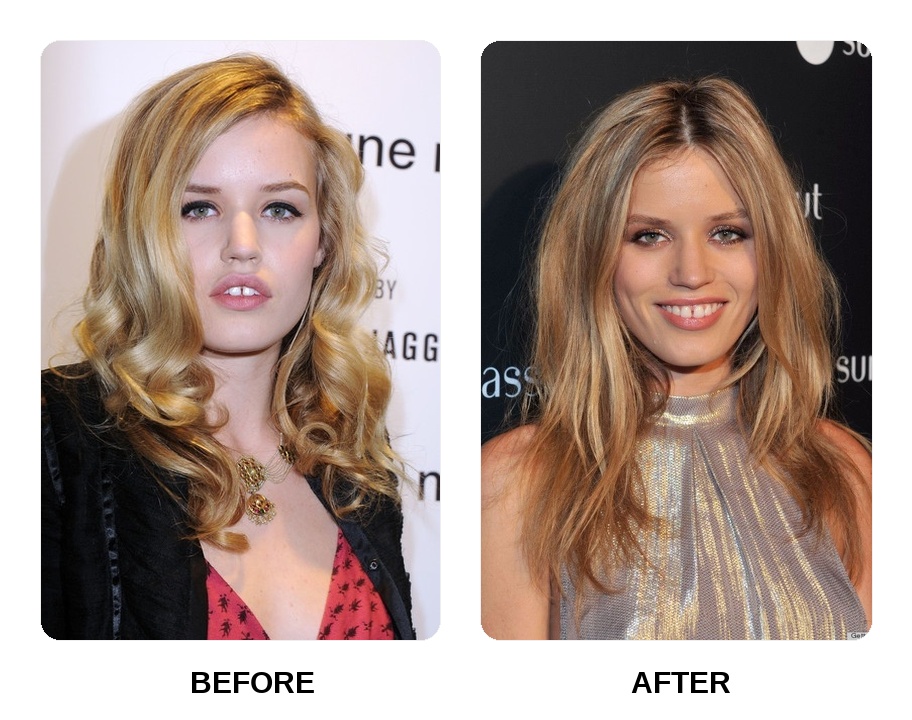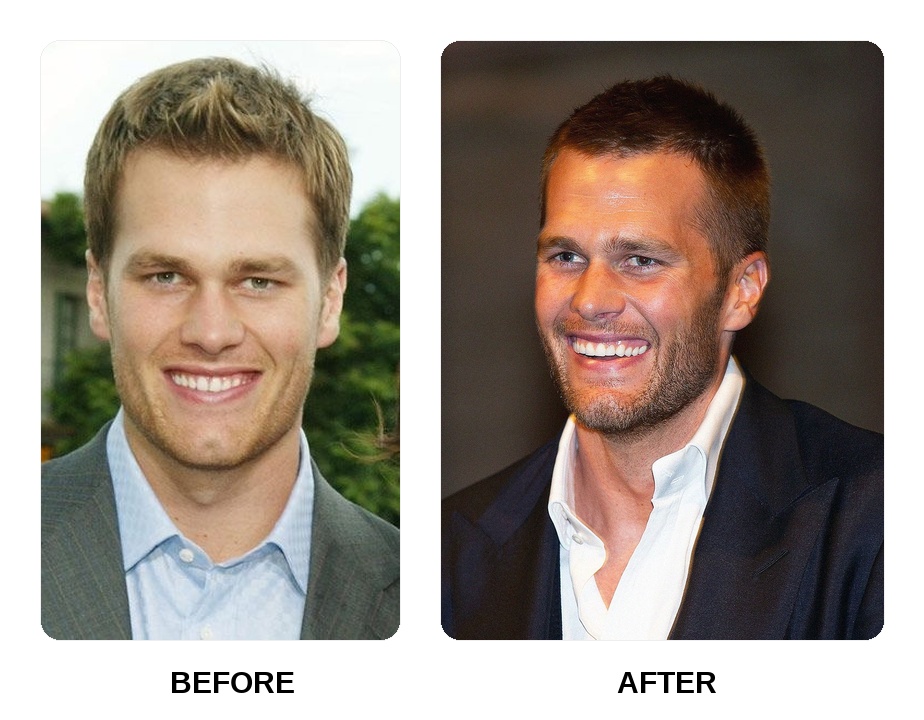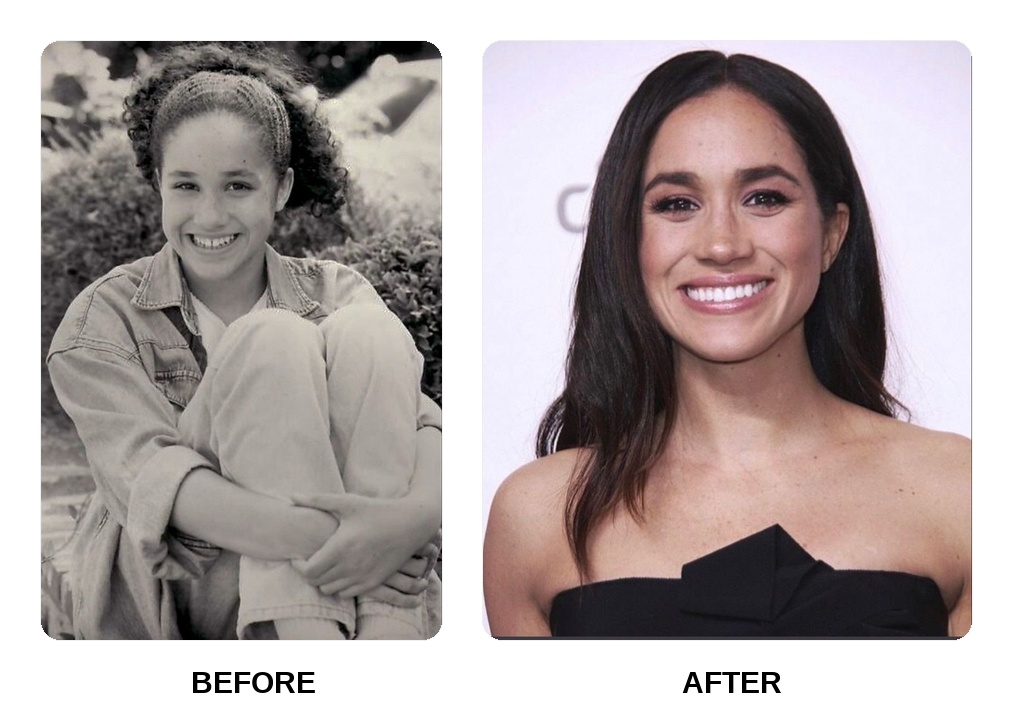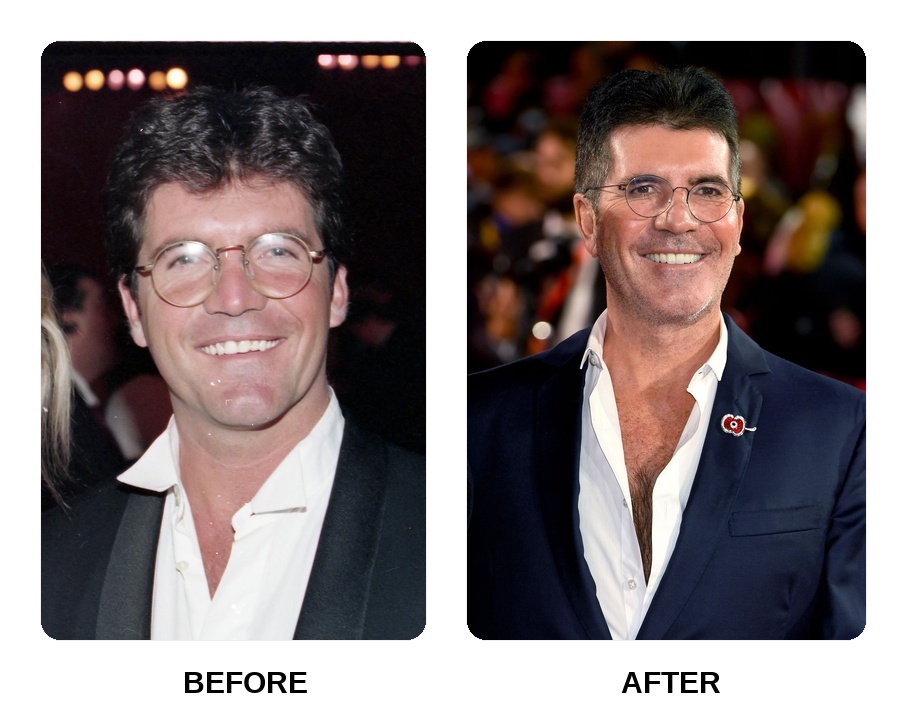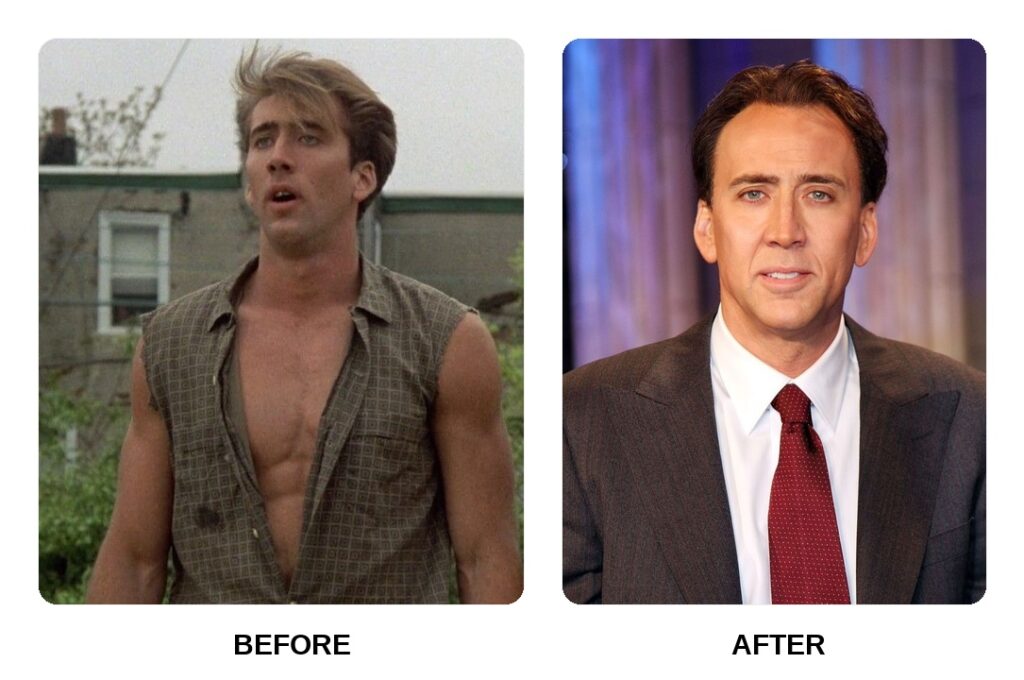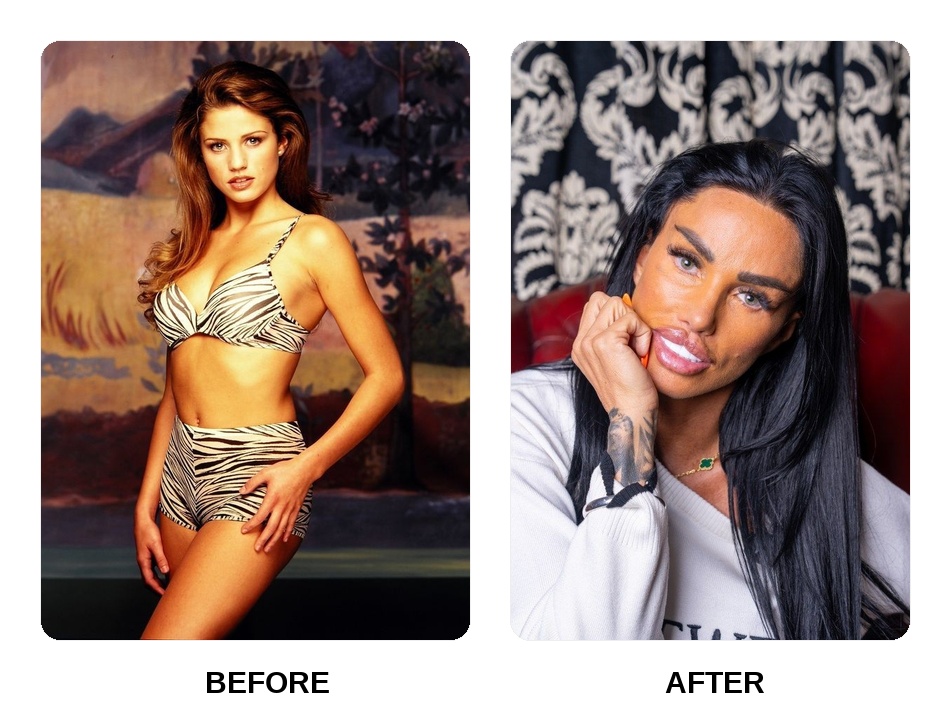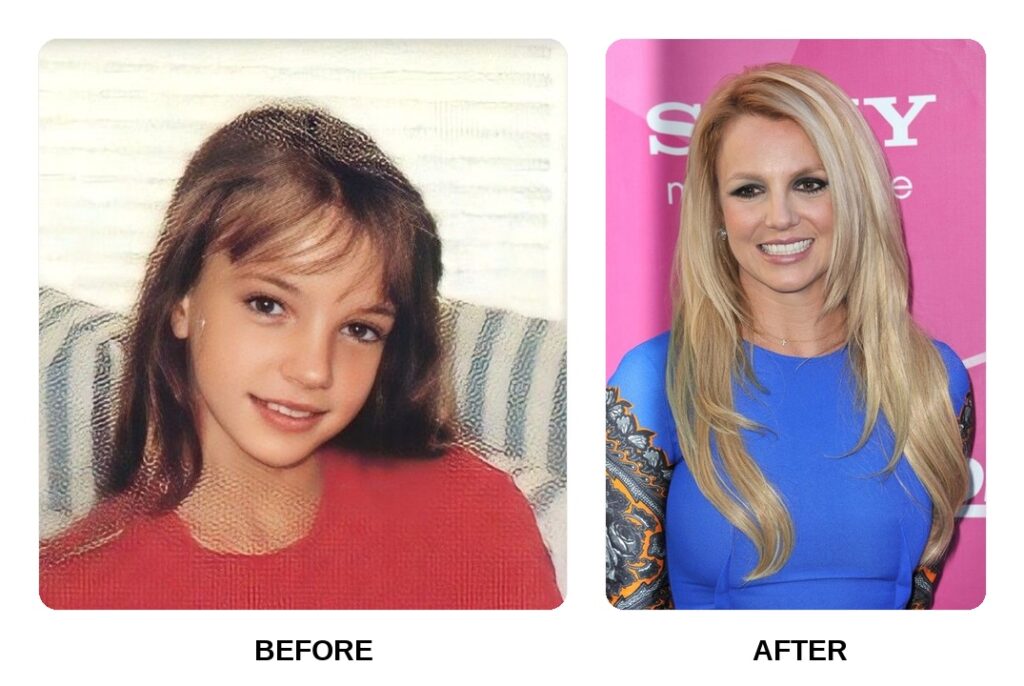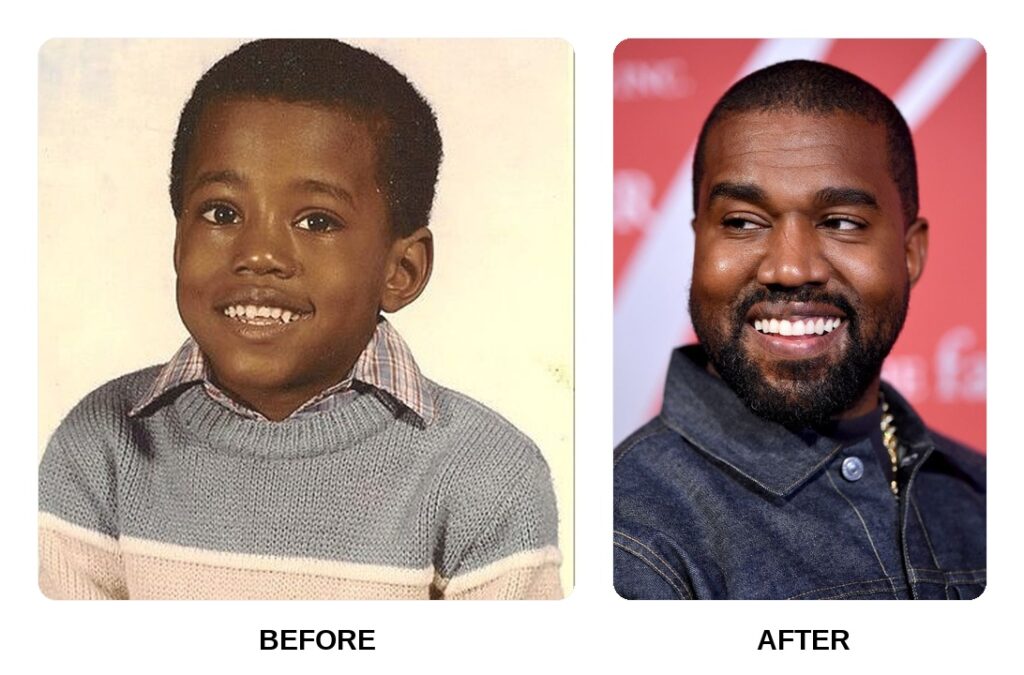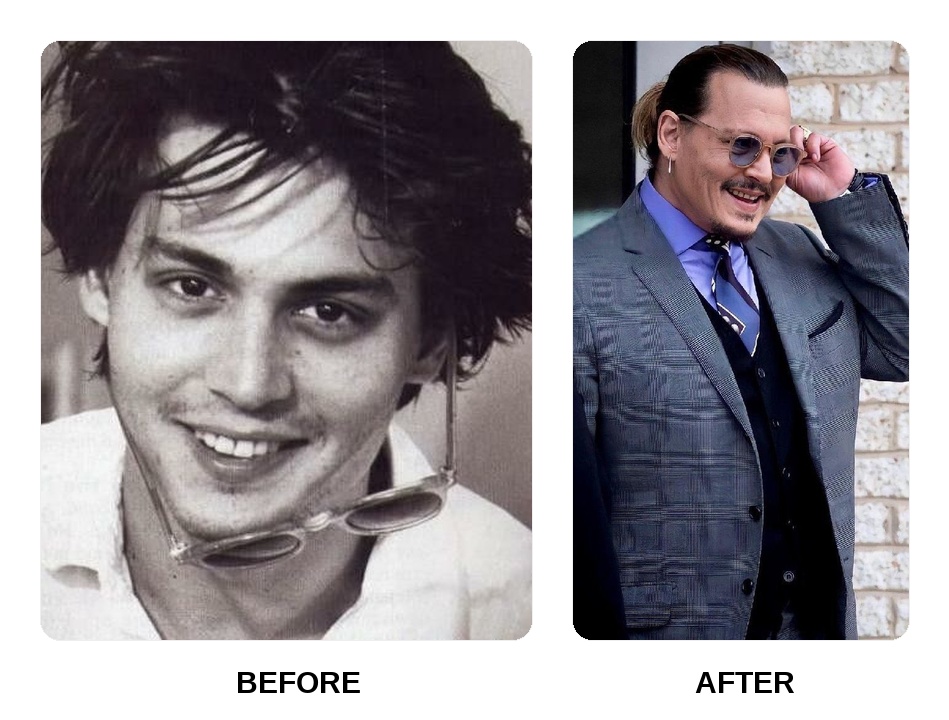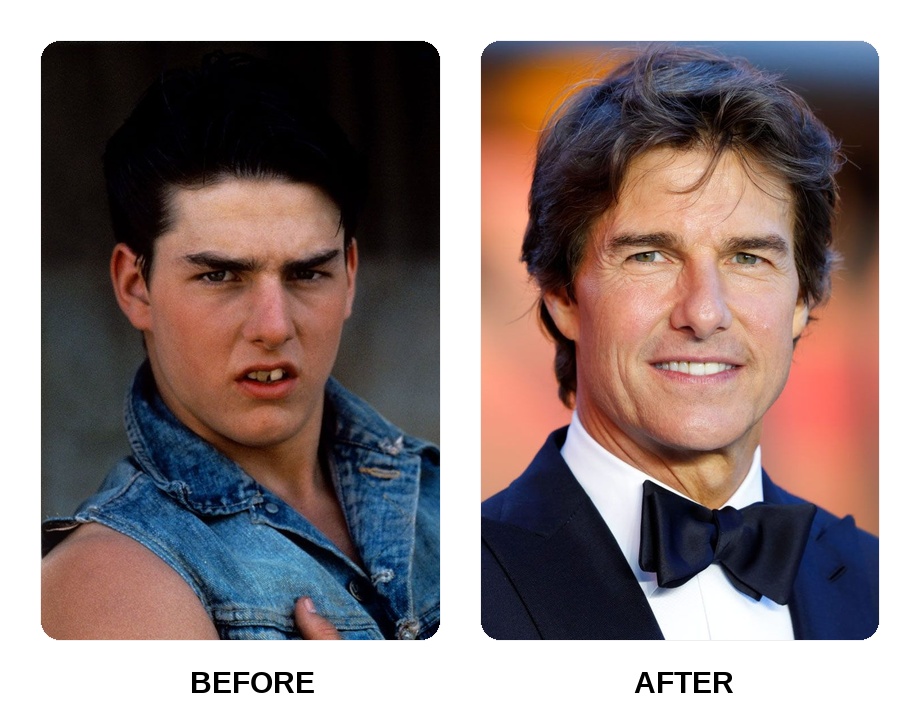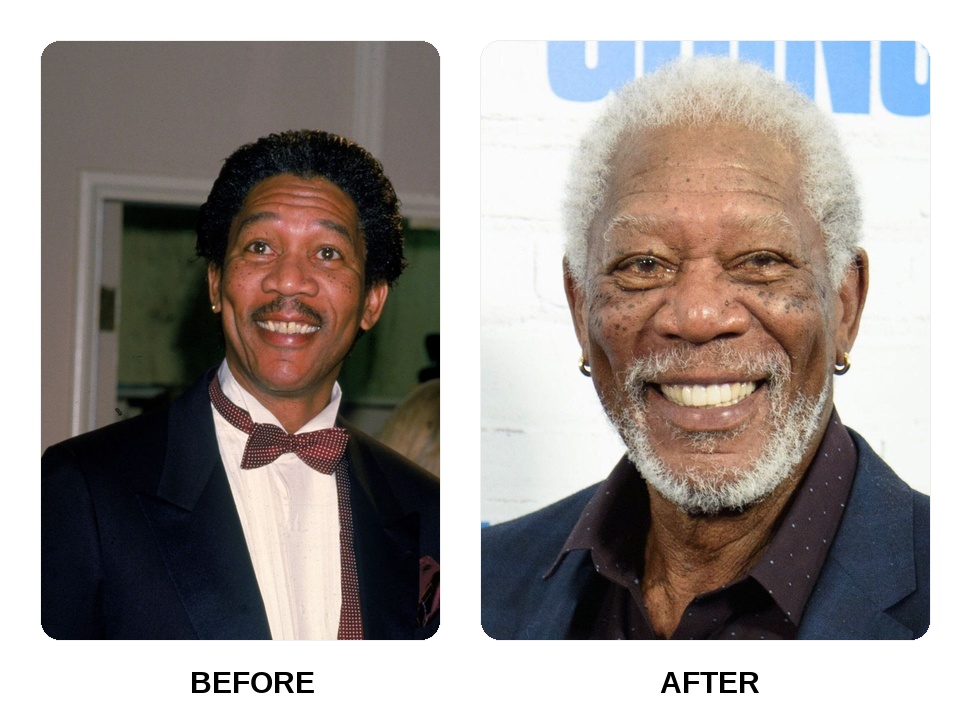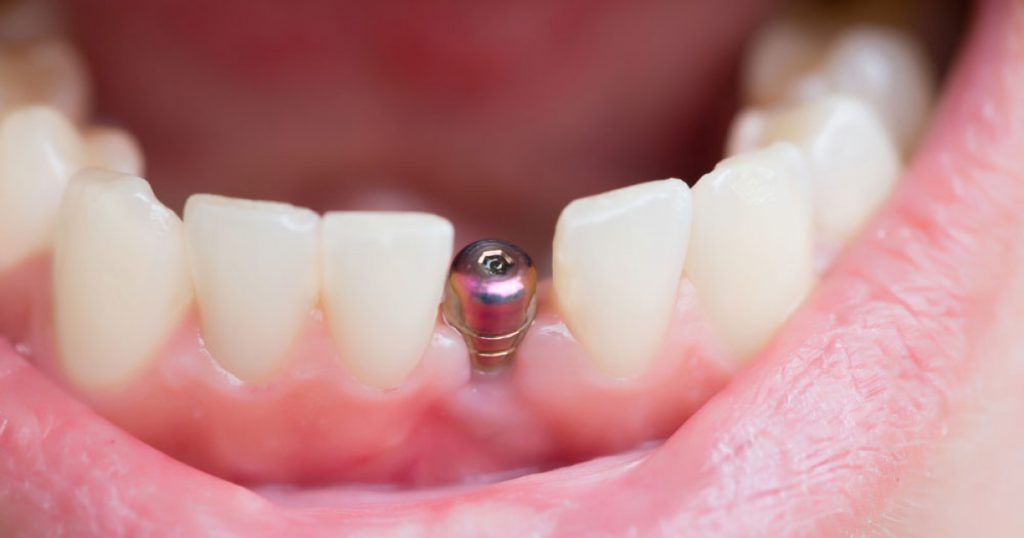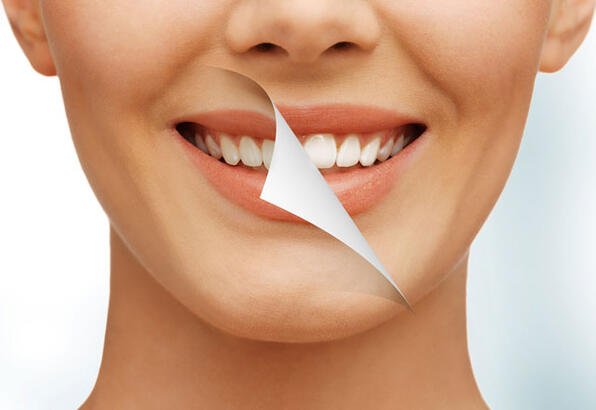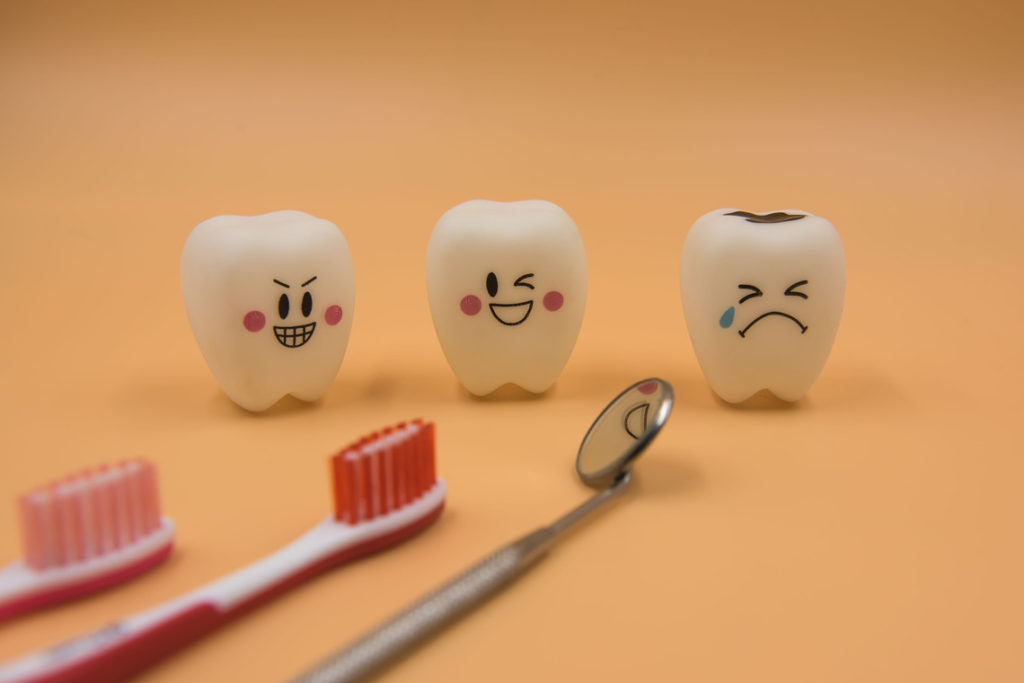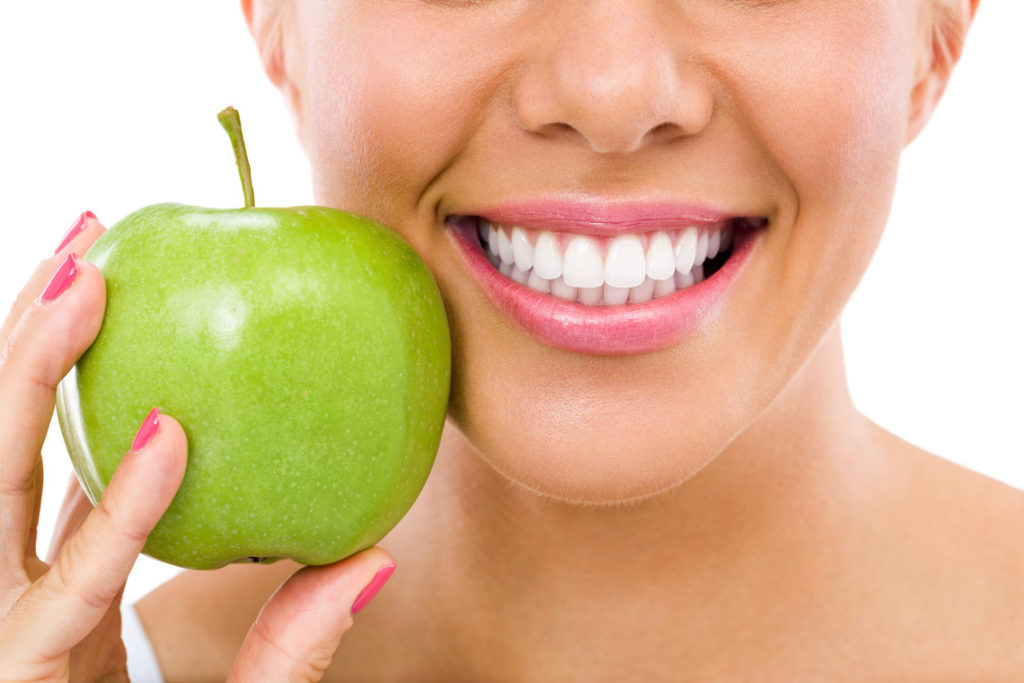Hugh Grant’s Teeth: Transformation and Dental History
Hugh Grant’s smile has charmed audiences for decades, but it wasn’t always the picture-perfect grin we see today. Over the years, his teeth have undergone noticeable changes through dental treatments, evolving from a slightly imperfect “British” smile into a healthier, more polished look. This comprehensive overview answers common questions about Hugh Grant’s teeth and the dental work behind his iconic smile.
Hugh Grant teeth: Hugh Grant new teeth before and after
Hugh Grant’s teeth show a clear improvement when comparing his early career to recent years. In his early films, Grant’s teeth appeared slightly crooked, less uniform in color, and even “awful” by Hollywood standards, whereas in later roles his smile looks brighter and more even. This before-and-after change is widely attributed to cosmetic dentistry. Photographic comparisons from the 1990s to now reveal that he has had extensive dental work done to enhance his smile. For example, in Four Weddings and a Funeral (1994) his teeth were noticeably imperfect, but by the time of movies like Love Actually (2003) and beyond, his front teeth looked straighter and whiter. This dramatic difference strongly suggests that Hugh Grant got “new” teeth through professional dental treatments such as veneers or crowns on his front teeth. These treatments corrected the minor misalignments and discoloration visible in his earlier appearances. Today, in interviews and red carpet photos, Grant’s teeth appear more aligned and uniformly white, indicating that the actor invested in his smile’s aesthetics as his career progressed.
Despite these upgrades, Grant did not go to the extremes of a stereotypical Hollywood makeover. His teeth still retain a natural look rather than an artificially perfect sheen. The before and after contrast shows a balance: he fixed the most obvious issues (like chipped, missing, or stained teeth) while maintaining a bit of his original character. This subtle approach has kept Hugh Grant’s smile recognizable and authentic, even as it became more camera-ready.
Hugh Grant teeth: historical dental transformation and evolution
Hugh Grant’s dental transformation has been gradual and rooted in necessity as well as cosmetic desire. Historically, Grant started with a less-than-perfect dental situation and improved it over time through modern dentistry. According to dental reports, he had some dental troubles early on. In his youth, poor oral hygiene and a “sweet tooth” led to cavities and even missing or damaged teeth. Before he rose to international fame, Grant took steps to address these issues. His dentist recommended partial dentures to fill the gaps from missing teeth rather than using multiple implants. Grant followed this advice, and by the early 1990s he had significant dental work completed – notably before his breakout role in Four Weddings and a Funeral.
From that point, the evolution of his smile continued in phases. During the mid-1990s, his teeth still had a natural, slightly imperfect appearance (which even added to his “authentic English charm”). As his career advanced into the 2000s, it’s evident he pursued further enhancements. He likely received cosmetic treatments such as dental veneers on prominent front teeth, which refined their shape and color. Fans and commentators observed that his smile looked whiter and straighter in films like Two Weeks Notice (2002) and Music and Lyrics (2007) compared to earlier works. Over the decades, he also maintained his dental health with regular care. Grant himself has been open about undergoing dental work, suggesting he consistently invested in his teeth’s appearance and health.
Today, the evolution of Hugh Grant’s teeth can be summarized as a journey from a somewhat neglected, typical British dental state to a carefully improved yet realistic smile. This transformation was not a single event but a progression: early restorative work (like dentures for missing teeth), followed by cosmetic refinements (veneers, possible crowns, and whitening) in later years. In essence, Hugh Grant’s dental history reflects both corrective measures for past issues and elective enhancements for a more confident on-screen appearance.
Hugh Grant smile
Hugh Grant’s smile is one of his signature features, often described as disarmingly charming and a key part of his on-screen persona. He is known as the king of rom-coms with an “impossibly charming” English smile that many fans adore. Unlike the blindingly perfect Hollywood grins, Grant’s smile has always retained a hint of natural imperfection – and that authenticity is part of its appeal. His slightly crooked grin, combined with his charisma, became an endearing trademark in films like Notting Hill and Bridget Jones’s Diary. In fact, many people find his smile attractive despite (or even because of) its minor flaws.
From a dental perspective, the Hugh Grant smile typically shows his upper teeth prominently while his lower teeth might be tucked behind. Observers have noted that his lower teeth are somewhat crooked or crowded (a feature visible when he laughs widely), but this doesn’t detract from his overall look. The actor’s smile comes across as warm and genuine, not overly engineered. Even after improving his teeth, Grant did not opt for the unnaturally uniform, super-straight look; instead, he kept a natural contour. For example, his front teeth are nicely aligned now but still have a normal shape and size variation that avoids the “cookie-cutter” veneer look.
Part of what makes Hugh Grant’s smile notable is the confidence and character it exudes. Dental work helped enhance his grin, but he struck a balance between cosmetic enhancement and maintaining character. A cosmetic dentist commenting on British celebrities even suggested that with some veneer work, his smile could be made even wider and more “elegant,” implying that he has chosen to maintain a somewhat down-to-earth charm in his dental appearance. In summary, Hugh Grant’s smile is a blend of slight imperfection and polished improvements, giving him a relatable yet handsome look that has become iconic in romantic comedies.
How did Hugh Grant fix his teeth?
Hugh Grant fixed his teeth through a combination of restorative and cosmetic dental procedures over the years. The process was not one single overhaul, but rather a series of treatments addressing different issues:
- Replacing missing or bad teeth: Early in his career, Grant had some damaged or missing teeth (stemming from childhood dental neglect). To fix the gaps in his smile, he opted for partial dentures on the advice of his dentist. These partial dentures act as removable false teeth that fill in missing spots, restoring the complete look of his dental arch. This was a crucial first step to give him a normal, full set of teeth on screen.
- Cosmetic enhancement of front teeth: He then improved the appearance of his natural teeth, especially the ones visible when he smiles. Grant reportedly got dental veneers (caps) on his front teeth, which are thin porcelain coverings bonded to the front surface of teeth. Veneers can straighten the appearance of teeth, close small gaps, and provide a whiter, uniform color. Observers have noted that his later movies show much straighter upper front teeth than earlier, suggesting veneers were used to “cap” those teeth. In other words, veneers fixed issues like minor crookedness, uneven edges, and discoloration on his incisors and possibly canines.
- Crowns or other restorations: It’s possible that some of Hugh Grant’s teeth, especially those that were heavily filled or structurally weak, were restored with dental crowns. Crowns are tooth-shaped caps that cover the entire tooth and are often used when a tooth is cracked or extensively decayed. While specific teeth of Grant’s aren’t publicly detailed, many actors with similar dental improvements have a mix of veneers on front teeth and crowns on back or heavily restored teeth.
- Teeth whitening: To fix the color of his teeth, Grant likely underwent professional teeth whitening treatments at some point. His early tooth color was natural off-white (with a slight yellow tint, common for British tea drinkers and aging enamel), whereas in later appearances his teeth look brighter. Veneers themselves provide a permanently white appearance for the teeth they cover, but for any remaining natural teeth, bleaching treatments or whitening toothpastes would have been used to match the veneers’ shade. This ensured his overall smile is uniformly white but still within a realistic shade (not unnaturally bright).
- Regular dental care: Beyond these specific fixes, Hugh Grant maintains his teeth through regular dental visits and good hygiene. He has stated in interviews that he continues to see his dentist to keep his dental work in top shape. Maintenance would include routine cleanings, replacing any aging dental work (like renewing veneers every couple of decades if needed), and addressing minor issues promptly.
In summary, Hugh Grant fixed his teeth through partial dentures to fill gaps, veneers/crowns to enhance the front teeth, and whitening for a brighter smile, along with consistent dental care. These combined efforts repaired the issues from his youth and gave him the confident smile that complements his career as a leading man.
What are the differences between Hugh Grant’s old and new teeth?
There are several notable differences between Hugh Grant’s “old” teeth (before dental work) and his “new” teeth (after his cosmetic and restorative treatments). The transformation can be seen in alignment, color, and overall dental structure. Key differences include:
- Alignment: Hugh Grant’s old teeth were slightly misaligned and crooked, especially the lower front teeth and possibly one or two upper teeth. In early photos or films, you can see that not all his teeth lined up perfectly. In contrast, his new teeth appear much straighter. The upper teeth now have a more even alignment in his smile line. While his lower teeth still have a bit of crowding, the upper teeth (which are most visible) were significantly straightened, likely via veneers or other dental work. This gives the appearance of a more uniform, aligned smile in recent years.
- Spacing and Gaps: Previously, Grant may have had small gaps or spaces due to missing teeth or natural spacing. For example, if any back teeth were missing before, it could create gaps that slightly affected his jaw support and smile. With partial dentures and possibly bridges, those gaps were filled in his new teeth, so now his dental arch is continuous with no obvious missing teeth. His smile looks “fuller” now, with no dark spaces on the sides, indicating those missing teeth were replaced.
- Tooth Shape and Level: In his younger days, the edges of Grant’s teeth (the incisal edges of the front teeth) were not perfectly even – a couple of teeth might have been longer or more worn than others. There was also a mild asymmetry; for example, one front tooth might have been slightly more protruding. Now, the new teeth have a more harmonious shape and length. Cosmetic dentistry has equalized the level of his front teeth, giving a smoother line when he smiles. A cosmetic dentist noted that veneers could “equalise the levels” of his teeth for a more uniform look, and indeed his current smile shows more even tooth lengths.
- Color (Whiteness): Hugh Grant’s old teeth had a natural coloration – a bit yellowish or off-white, and possibly some uneven staining. This is evident in early film appearances where his teeth were not especially bright. His new teeth, however, are considerably whiter. After treatments, his smile is brighter and free of noticeable stains. The color is not extreme Hollywood bleach white, but it’s several shades lighter than before. The improvement in whiteness gives his smile a healthier and more youthful appearance. Any previous discoloration (from things like tea, coffee, or age) has been removed or covered by the whitening and veneers.
- Dental Arch Appearance: The overall shape of his dental arch (how the teeth fill out his mouth) looks improved in newer photos. Previously, minor tooth loss or misalignment might have made his arch look uneven. Now, with replacements in place, his smile breadth is wider and more balanced. This means when he smiles, you see a consistent row of teeth from front towards the back, indicating a well-supported arch.
In essence, Hugh Grant’s old teeth vs new teeth differ in that the new are straighter, more uniform in color, and complete (no gaps). The before-and-after changes reflect typical outcomes of modern cosmetic dentistry: the “after” teeth look healthier and more aesthetically pleasing while still appearing natural. These differences have taken his smile from merely endearing to truly Hollywood-worthy, without losing the charm.
Hugh Grant decaying teeth
Reports about “Hugh Grant’s decaying teeth” likely refer to problems he had in the past rather than any current condition. In his youth, Hugh Grant did experience significant dental issues, possibly including tooth decay. Due to less diligent oral care and a love of sweets, he suffered from cavities and damage to some teeth at a young age. Tooth decay (dental caries) can lead to holes in teeth, pain, and eventual tooth loss if not treated. For Grant, this seems to have been a factor – it’s mentioned that he had missing and damaged teeth early on, which suggests that untreated decay or dental trauma led to tooth loss that had to be addressed later.
However, in the present day there is no indication that Hugh Grant has decaying teeth. On the contrary, he has taken steps to restore and protect his teeth. The teeth visible in his smile today are largely prosthetic (veneers, dentures, etc.) or well-maintained natural teeth, none of which show signs of active decay. Porcelain veneers and crowns, for example, are not susceptible to decay in the way natural enamel is. Moreover, Grant’s commitment to regular dental visits means any minor issues would likely be caught and treated before turning into noticeable “decay”.
It’s also worth noting that the term “decaying teeth” could have been used informally by fans or tabloids when his teeth appeared less than perfect on film. Perhaps in certain lighting or angles, his teeth once looked discolored or had visible fillings, which someone might call “decaying.” But in a clinical sense, Grant does not have rotting teeth on display. Any decayed portions were likely dealt with long ago through fillings, root canals, or extractions.
In summary, Hugh Grant did have issues related to tooth decay in the past (leading to damaged/missing teeth that needed repair), but currently his teeth are not decaying. The modern dental work he’s had would have removed any decay and restored the teeth to a healthy state. His smile today shows no brown spots, no cavitations, and no evidence of neglect – indicating that any “decay” is firmly in the past.
Are Hugh Grant’s teeth showing signs of decay?
No – Hugh Grant’s teeth today do not show signs of active decay. When he smiles, his teeth appear clean and intact, with no obvious cavities or dark lesions. In public appearances and recent films, there are no black or brown spots (which would indicate decayed enamel) on his visible teeth. Instead, his teeth look solid and healthy for a man in his 60s, largely thanks to good dental care and cosmetic enhancements.
Several factors confirm the absence of decay. First, many of his teeth have been repaired or replaced with dental materials that don’t decay the way natural teeth do. For example, porcelain veneers and crowns resist decay (though the underlying tooth must still be kept clean). The partial dentures he uses to fill gaps are made of prosthetic teeth, which by nature cannot “decay” like real teeth. This means any tooth that was heavily affected by decay in the past might now either be covered or replaced by a restoration.
Second, Hugh Grant likely follows a regular dental hygiene regimen, as evidenced by his maintained smile. He has regular check-ups and maintenance for his dental work, so even if a small issue arises, his dentist would treat it promptly. This preventive approach means it’s unlikely for large, visible decay to ever develop now.
Furthermore, in interviews or public comments, there haven’t been any remarks suggesting he currently struggles with dental problems. On the contrary, interviewers and fans comment on how nice his teeth look in recent years. If his teeth were showing signs of decay (such as obvious cavities or bad discoloration due to rot), it would be noticeable in photographs and likely a talking point – which it hasn’t been.
In conclusion, Hugh Grant’s teeth are not showing signs of decay at present. They have been restored and are kept in good condition. Any prior issues with decay have been resolved by dental treatments, and his ongoing care routine prevents new decay from taking hold. The result is a smile that looks healthy and free of the telltale markers of tooth decay.
Hugh Grant dental arch
“Hugh Grant’s dental arch” refers to the shape and arrangement of his rows of teeth (upper and lower jaw). Grant’s dental arches have a fairly typical shape, though with slight imperfections reflecting his natural anatomy and the restorations he’s received.
For his upper dental arch, after dental work, it presents a broad and full smile line. When Hugh Grant smiles widely, you can observe that his upper teeth form a gentle curve (arch) that follows the contour of his lips. Thanks to his partial dentures and possibly bridges filling in missing teeth, his upper arch has no gaps – it stretches from one side to the other with teeth in place, creating a complete smile. The arch is neither extremely narrow nor unusually wide; it looks proportional to his face. Before his dental restorations, any missing teeth might have caused slight irregularities in the arch shape (for instance, a collapsed area where a tooth was absent). Now, the upper arch appears smooth and continuous, indicating those spaces were filled.
For his lower dental arch, Grant has some crowding in the front area. This means the lower front teeth overlap a bit due to limited space in the arch – a common condition that gives a mildly crooked appearance to the bottom row. Indeed, one can notice that his lower teeth are not perfectly in line (he never had braces to straighten them fully). This slight crowding suggests his lower arch might be a tad narrow or just that the teeth are large relative to the jaw size. It’s a natural imperfection that Grant has kept. The crooked bottom row of teeth has been mentioned by observers as a charming quirk, and it hasn’t been orthodontically corrected. Because of this, the alignment on the lower arch is not as straight as the upper arch.
From a functional perspective, Hugh Grant’s dental arches likely meet in a normal bite (occlusion). His upper and lower teeth seem to fit together without any extreme overbite or underbite issues. The arch form and bite were probably assessed by his dentists when adding dentures or veneers, ensuring that his prosthetic teeth followed a proper curve. The partial dentures would have been made to match the arch shape so that his chewing function and smile aesthetics remained natural.
In summary, Hugh Grant’s dental arch shape is overall normal, with a well-filled upper arch and a slightly crowded lower arch. The dental work he underwent helped maintain the arch form by replacing missing teeth, so his smile doesn’t collapse or look uneven. While not textbook perfect (due to the mild crowding and natural variation), his arches support a strong, consistent smile that is both functional and visually appealing.
Hugh Grant front teeth
Hugh Grant’s front teeth – primarily the upper central and lateral incisors – are the centerpiece of his smile, and they have seen noticeable improvement over the years. Originally, Grant’s front teeth had some imperfections: they were slightly uneven in alignment and possibly had minor chips or wear. In early career photos, his two front central incisors did not form a perfect straight line; one might have overlapped the other just a touch or been set at a slight angle. Additionally, the edges of his front teeth were not perfectly level, giving a jagged charm to his grin.
After his dental enhancements, the appearance of his front teeth changed for the better. Grant likely had veneers or crowns placed on his top front teeth (the most visible ones) to improve their shape. Veneers can smooth out the edges, making the front teeth look even in length. They can also correct small rotations or gaps. Indeed, now Hugh Grant’s central incisors look more symmetrical and aligned with each other than they did decades ago. They have a uniform length and match in color, which suggests cosmetic intervention. The front teeth also appear to have a proper proportion relative to the rest of his teeth – neither too large (as oversized crowns can be) nor too small or worn. This proportional look is a hallmark of well-done cosmetic dentistry.
One specific issue that veneers or bonding could have fixed is any chipping on the biting edge of the front teeth. If Grant had rough or uneven edges, the dentist would have smoothed and possibly lengthened the shorter tooth so that his front two teeth form a nice even line when he smiles. Now, when Grant smiles in interviews or photographs, his front teeth line up evenly, creating a pleasant and photogenic smile line.
Furthermore, the color of his front teeth is a bright, natural white, free from the heavy staining that can happen over time. Earlier in his life, his front teeth might have had some discoloration (from things like tea, coffee, etc.), but currently they match the rest of his teeth in a uniformly whitened shade. If you look closely, you’ll notice his front teeth reflect light similarly, indicating they likely have porcelain surfaces (since porcelain veneers reflect light in a life-like way).
Another aspect is the contour of his gumline around the front teeth. There’s no obvious gum recession or irregularity; his gums frame the front teeth evenly. Good gum health around those veneers or crowns means the dental work was well-fitted and he maintains proper oral hygiene.
In summary, Hugh Grant’s front teeth went from slightly uneven and worn to straight, balanced, and bright. They now form a key part of his signature smile – looking natural yet noticeably improved. This enhancement of the front teeth significantly contributed to the overall upgrade of his smile’s attractiveness on camera.
Hugh Grant teeth in his youth
In his youth, Hugh Grant’s teeth were far from the polished Hollywood smile he later developed. As a young man, Grant had what might be described as a typical British youth’s teeth of that era – a bit neglected and imperfect. He has admitted to not taking great care of his oral health when he was young. Combined with a love for sweets, this led to cavities and other dental problems early on.
Photographs of Hugh Grant in his late teens and early 20s (before fame) are scarce, but accounts suggest that his teeth had several issues:
- Discoloration: It’s likely his teeth had a yellowish tint in youth, especially if he wasn’t rigorous about brushing or if he smoked or drank a lot of tea (common in the UK). Youthful photos of many British actors show a duller coloration compared to the bleached look popular later, and Grant was no exception.
- Misalignment: Grant did not have orthodontic braces as a child (as far as any sources indicate), so any natural misalignment in his teeth remained. This included crookedness in his lower front teeth and perhaps a slight crowding or uneven spacing in his upper teeth. His bite was functional, but cosmetically it wasn’t a straight line of teeth.
- Dental work (or lack thereof): In his youth he might have already had some fillings due to cavities, or even lost a tooth. The Fairfax dental article notes that his dental issues started in youth, implying he had at least one tooth extracted or badly decayed early. It’s possible he had a missing molar or premolar as a young adult, which would later necessitate the partial dentures. At the time, that missing tooth might not have been visible in front, but it could affect the fullness of his smile or chewing.
Before Hugh Grant became famous, it’s reported that he took steps to fix some of these youth-related dental problems. In the late 1980s or very early 1990s, as he was entering the acting industry, he likely visited a dentist to handle the worst of it. This included getting partial dentures to replace any teeth lost from his younger years of neglect. Essentially, by the time he hit the screen in his breakout role (early 90s), he had addressed the major gaps or damages, but his teeth still looked “natural” (slightly crooked, not bleached).
To paint a clear picture: Hugh Grant’s teeth in his youth were a bit uneven, not especially white, and had suffered some decay, requiring dental attention. They reflected a normal, non-cosmetic approach typical of many British youth of his generation. Only later did he enhance them. His journey from those youthful teeth to his current smile underscores the improvements that occurred — turning what was once a potential liability (dental issues can affect one’s confidence and casting in acting) into part of his quirky, charming image and eventually into a well-groomed asset.
Hugh Grant teeth before he became famous
Before Hugh Grant became famous (pre-1994, when Four Weddings and a Funeral launched him to stardom), his teeth were still in a transitional state. In the period just before fame, Grant had begun to fix some of his dental problems, but his smile had not yet received the full Hollywood treatment.
According to dental sources, he addressed critical issues right before his big break, ensuring his smile was camera-ready to some extent. Notably, he had any missing or bad teeth taken care of: Grant got partial dentures early in his career to fill gaps from missing teeth, and this work was completed before his breakthrough movie. This means that by the time the world really saw him in films, he wasn’t missing any teeth in his smile – those had been replaced with realistic-looking false teeth. So, in a sense, the most glaring problems (like obvious gaps) were solved before fame.
However, “before famous” Hugh Grant did not yet have the level of cosmetic refinement he got later. For example, in the film Sirens (1994) or interviews from the early ’90s, his teeth, while all present, still looked a bit uneven and naturally colored. There was a clear difference compared to actors who had full orthodontic work or veneers. Grant’s teeth had their original alignment (slightly crooked lower teeth, and upper teeth not entirely uniform). They also had that off-white shade. He hadn’t done professional whitening or full-mouth veneers at that point.
In essence, before Hugh Grant was famous, his dental appearance was improved out of necessity but not drastically cosmetically enhanced. He ensured that his smile was complete and healthy enough not to detract from his roles. For instance, a missing tooth could limit role opportunities, so that was fixed. But he didn’t yet have the high-wattage gleaming “Hollywood smile.” That came later, gradually, as he took on leading man status and likely decided (or was advised) to spruce up his look with additional treatments.
To sum up, just before fame Hugh Grant’s teeth were “fixed-basic” but not “fixed-perfect.” He had repaired dental issues so that his smile was normal and attractive in a down-to-earth way, setting the stage for later enhancements. This approach meant that when audiences first fell in love with him in Four Weddings and a Funeral, he still had a relatable, slightly imperfect grin – part of his early charm – which he then subtly upgraded in the ensuing years of his celebrity.
Does Hugh Grant have veneers on his teeth?
Yes, it is very likely that Hugh Grant has dental veneers on some of his teeth, particularly his front teeth. Veneers are a common cosmetic dentistry solution among actors to achieve a better-looking smile, and multiple sources and observations point to Grant having them. In a public Q&A, a viewer noted that Hugh Grant “definitely” got caps (another term for crowns or veneers) on his teeth after seeing a stark improvement post-Four Weddings and a Funeral. Typically, such improvements in shape and color are achieved with veneers.
Dental veneers are thin porcelain shells bonded to the front surface of teeth, and they can correct a host of cosmetic issues: mild misalignment, discoloration, chipping, and gaps. Looking at Hugh Grant’s teeth, we see many of these corrected:
- His teeth are more uniformly white now (veneers provide a permanent bright shade).
- The edges of his front teeth are even (veneers can be crafted to ideal shapes and lengths).
- The slight gap or size difference that may have existed between certain teeth seems to be gone.
Hugh Grant’s upper front six teeth (the social six: two central incisors, two lateral incisors, and two canines) are the most likely candidates for veneers. These are the teeth most visible when he smiles. If you compare his teeth in earlier films to later appearances, those six teeth look more polished and aligned, suggesting porcelain veneers were placed to enhance them. The extent of veneers might not be full-mouth; his lower teeth, for instance, do not appear veneered since they maintain a natural misalignment. This indicates he selectively got veneers on the upper teeth that show.
Some evidence also comes from industry insight: One cosmetic dentist opined hypothetically that giving Hugh Grant “10+10 units of full veneer” (meaning ten veneers on top and ten on bottom) would perfect his smile. This implies that as of now he hasn’t done all that — but it acknowledges veneers are the key to an ideal result. Hugh likely chose a less extensive veneer treatment (maybe just the upper front teeth), enough to improve his grin while not completely overhauling his unique look.
It’s also worth distinguishing veneers from crowns: veneers cover the front of the tooth, whereas crowns encase the whole tooth. There’s no sign that all his front teeth were crowned (which is more invasive and usually for heavily damaged teeth). Veneers would suffice for cosmetic upgrades. No official press release confirms his veneers (celebrities rarely announce such things), but the consensus from dental experts and fans is that veneers are part of his smile makeover.
In conclusion, Hugh Grant does have veneers on his teeth – at least on the top front ones – to enhance his smile. This has given him straighter, whiter teeth while preserving the overall character of his appearance. The result is a natural yet improved smile that aligns with what veneers typically achieve for people in the public eye.
Did Hugh Grant get his teeth done?
“Getting his teeth done” is a casual way to ask if Hugh Grant underwent cosmetic dental procedures – and the answer is yes, he did get his teeth “done” to some extent. Over the years, Grant has availed himself of professional dental work to improve both the health and appearance of his teeth.
To recap the evidence:
- Early dental work: He had dental repairs early in his career (fillings, extractions, partial dentures) to fix issues stemming from childhood neglect. This was more restorative in nature, addressing cavities and missing teeth rather than purely cosmetic.
- Cosmetic improvements: After establishing himself as an actor, Hugh Grant took additional steps to cosmetically enhance his smile. This includes whitening and likely veneers on his front teeth to straighten and brighten them. The noticeable change in how even and white his smile became by the late 1990s and 2000s is a strong indicator of cosmetic dentistry. As one observer bluntly put it, seeing his films in chronological order makes it evident that he got some “work done” on his teeth during that period.
- Ongoing maintenance: Getting one’s teeth done isn’t a one-time event; it also involves maintenance. Grant continues to see a dentist regularly and has spoken about keeping up his dental work. This could include replacing old fillings with newer composites, renewing veneers if they’ve aged, and general polishing and upkeep.
So, in everyday terms, Hugh Grant has “had his teeth done.” He did what many celebrities do: improved an imperfect smile with modern dentistry. It’s worth noting that his upgrades were moderate compared to some stars – he didn’t go for an ultra-fake look. Instead, he fixed what needed fixing (so his teeth are healthy and complete) and polished what needed polishing (so his teeth are straighter and whiter).
Another way to answer is by listing procedures (which we have done in detail above). To summarize: he had partial dentures made, he’s gotten veneers put on, possibly crowns for heavily restored teeth, and he’s had whitening treatments. These collectively amount to having his “teeth done.”
Importantly, no reports suggest any extreme cosmetic surgeries or experimental procedures – just standard dental practices. Therefore, anyone looking at Hugh Grant’s smile evolution can confidently say that yes, he sought professional dental help and it paid off. His current smile is the result of those interventions, rather than just natural aging or luck.
Does Hugh Grant have gold teeth?
No, Hugh Grant does not have gold teeth. Throughout his public life, he has never been seen with a gold tooth or any gold-colored dental work when smiling. Gold teeth (such as gold crowns on visible teeth or gold caps for style) are something associated with certain fashion statements or dental treatments of the past, but Grant’s dental work has always been aimed at looking natural and inconspicuous on camera.
In dental terms, gold is sometimes used for crowns on molars (back teeth) because gold is a durable material for restorations. If Hugh Grant has any crowns on his back teeth, it’s possible they could be gold alloy, but these would be hidden and not visible when he smiles. However, even this is speculative – by the time he was getting major dental work, porcelain and tooth-colored materials were more common for cosmetic reasons. There’s no evidence in any photo of a glint of gold in his mouth.
Also, Hugh Grant’s style and roles have not called for gold teeth (unlike some musicians or certain character actors). He’s known for a more classic, gentlemanly image; a gold tooth would be out of character and likely something he’d avoid for aesthetic reasons. In all the romantic comedies and interviews, his teeth appear white or natural color – never metallic.
To address any rumor: sometimes people ask if a celebrity has a “gold tooth” because they might have seen a flash of metal. In older fillings, dental amalgam (a silver-colored metal mixture) can catch the light, or a crown edge might show a hint of metal. If someone ever spotted a glimpse of metal in Grant’s mouth, it would more likely be a silver filling or crown base rather than a full gold tooth. However, even that is unlikely for a front-facing celebrity, since dentists often replace visible metal fillings with composite resin or porcelain for cosmetic clients.
In conclusion, Hugh Grant does not sport any gold teeth or gold dental caps publicly. All his teeth, as seen in photos and films, are standard white-tooth-colored. His dental enhancements aim for a seamless look, and gold would stand out too much. Therefore, any suggestion of Hugh Grant having a gold tooth is false; his smile is metal-free in appearance.
Does Hugh Grant have silver teeth?
No, Hugh Grant does not have silver teeth. Similar to the question of gold teeth, there’s no sign that he has any teeth capped or filled with silver that would be visible when he smiles. “Silver teeth” could refer to a couple of things in dentistry: silver-colored dental fillings or silver-colored crowns.
In Hugh Grant’s case, by the time he became a prominent actor, cosmetic considerations would have led his dentists to avoid any visible silver (metal) in his front teeth. Photographs and film footage do not show any dark metallic spots that would indicate silver fillings in his front teeth. If he had traditional amalgam (silver) fillings, they would likely be in his molars (back teeth) where they can’t be seen. Many people of his generation did get silver fillings in back teeth, so it’s possible he has some in his far back molars, but that doesn’t amount to “having silver teeth” in the cosmetic sense.
Also, if the question implies decorative silver teeth (like a grill or a shiny cap for fashion), then certainly not – Hugh Grant has never been known to wear such things. His image is quite far from that trend.
It’s worth noting that early in his life, any large cavities might have been fixed with amalgam, which appears silver. However, as he improved his smile, any visible fillings would have been swapped out. For instance, if he had a silver filling on a side tooth that showed when he grinned, a cosmetic dentist would replace it with a tooth-colored filling or crown to blend in. And indeed, when we see his current smile, we don’t see any silver lines or patches.
In dentistry, silver-colored crowns (stainless steel crowns) are sometimes used on baby teeth or as temporary fixes, but an adult like Grant would not have those on permanent teeth that show. Instead, porcelain-fused-to-metal crowns have a metal interior but porcelain exterior; only a tiny grey line might show at the gum if at all. There’s no indication of such lines in his case either, as his gumlines look clean in photos.
Therefore, the simple answer is: no, Hugh Grant doesn’t have any silver or metallic-looking teeth in his smile. All visible teeth are natural-colored. If he has any metal in his mouth, it’s hidden in the back or underneath porcelain work. To the public eye, his teeth appear all white, confirming that he does not have “silver teeth.”
Hugh Grant white teeth
Hugh Grant is often noted to have a set of white teeth, especially in his more recent appearances. Compared to earlier in his career, his teeth now are significantly whiter, contributing to a more youthful and healthy look.
In the past, his teeth had a creamy off-white shade (normal for an adult who drinks tea/coffee). They weren’t severely stained, but certainly not the “Hollywood white” we see on many actors. Over time, as he underwent cosmetic dentistry, Hugh Grant’s teeth were whitened to a brighter shade. This likely involved professional whitening procedures. Dentists use peroxide-based bleaching treatments to lighten the enamel, sometimes achieving a shade many levels brighter than the original. Given the improvement in his tooth color, it’s reasonable to say he took advantage of such treatments.
Moreover, the placement of veneers on his front teeth contributed to the whiteness. Veneers are made from porcelain, which can be crafted in a dazzling white shade but also a natural-looking translucency. When Grant got veneers, the dentist would have selected a white color that still looked realistic (often a few shades lighter than his natural teeth were). The Longevita cosmetic dentist commentary on Grant suggests that with full veneers he’d achieve an even “whiter” and more elegant smile, implying that currently his teeth are white but not at the maximum whiteness veneers could deliver. So, he is white-toothed but not unnaturally so.
In various interviews, fans have commented on how bright Hugh Grant’s smile looks, particularly as he got older (a time when many people’s teeth darken, his seemed to get lighter). For example, around the time of the TV series The Undoing (2020), social media remarks noted that his teeth looked impressively good and straight – whiteness being part of that “good” look.
It’s important to mention that his white teeth still look within a natural range. They are not the opaque, blinding white that can sometimes happen with over-bleaching. Instead, his teeth have slight variation and translucency, which keeps them looking like real teeth, just well-kept. This is likely intentional – an experienced cosmetic dentist will avoid over-whitening a celebrity’s teeth to prevent an artificial appearance on film.
In summary, Hugh Grant now sports white teeth, achieved through whitening procedures and porcelain restorations, compared to the more yellowish tone of his early years. This whiteness is a key factor in the refreshment of his smile, making him appear vibrant. It complements his complexion and doesn’t go unnoticed; it’s part of why his smile still shines on screen as he ages.
Hugh Grant central incisors
The central incisors are the two large front teeth at the very center of the upper jaw. In Hugh Grant’s case, his central incisors are a prominent feature of his smile and have been carefully maintained/improved to look symmetrical and appealing.
Looking back, Hugh Grant’s central incisors might not have always been perfectly matched. It’s possible one was slightly rotated or a bit longer than the other in his youth. Many people have minor differences between their left and right front tooth. If you watch Four Weddings and a Funeral, for instance, and pay close attention, any tiny irregularity would have been visible then. However, after he got cosmetic dentistry done, his central incisors now appear nearly identical in shape and size.
With veneers or minor orthodontic tweaks, the dentist would have ensured these two teeth form a balanced pair. Currently, Hugh Grant’s central incisors:
- Are aligned with each other – neither tooth significantly overlaps the other. They meet at the midline of his face in a straight line.
- Have the same length – when he smiles, the bottom edges of the two front teeth line up evenly. This was likely achieved by reshaping or adding material (via veneers) to the shorter one, if one was shorter before.
- Match in color – both central incisors have the same shade of white. If one had a noticeable spot or discoloration before, it’s gone now. Any previous fillings or defects were addressed such that these teeth look uniform.
- Proper proportion – each central incisor is about 8-9mm in width typically; his fit the golden proportion relative to his lateral incisors. They don’t look too wide or too narrow. This means if he had any wear that made them too narrow, bonding or veneers broadened them slightly for a fuller smile.
Another point to consider is the midline (the line between the central incisors) – in some people it’s off-center. Hugh Grant’s midline appears fairly centered with his facial features. If it were off in youth, it might have been corrected visually by the veneer placements. An aligned midline is subtle but contributes to an overall harmonious appearance.
Grant’s central incisors also contribute to his characteristic slight overbite: they sit a bit in front of the lower teeth, as is normal. There’s no evidence of an abnormal gap (diastema) between them in adulthood. If he had a small gap in youth (not sure if he did), it’s definitely closed now.
In essence, Hugh Grant’s central incisors now look well-proportioned, symmetrical, and bright, thanks to dental work. They create an attractive focal point in his smile. Given that one dentist mentioned equalizing the levels of his teeth for a better smile, it highlights that ensuring the central incisors were even was a priority in achieving an ideal result. Grant’s smile results show that his central incisors were indeed given attention so that they support the overall aesthetics of his grin.
What happened to Hugh Grant’s teeth?
“Hugh Grant’s teeth” have a story spanning from neglect to rehabilitation. So, what happened is essentially a combination of natural issues, personal habits, and cosmetic intervention:
- Early Neglect and Damage: In his younger years, Hugh Grant didn’t maintain his teeth meticulously. He had a sweet tooth and perhaps patchy dental care, which led to tooth decay and possibly gum issues. As a result, he ended up with some dental problems: specifically, a few teeth became badly decayed or were lost/extracted. By the time he was a young adult, this had already happened – hence the mention of missing and damaged teeth early in his career. So essentially, his natural teeth were not in great shape to start with.
- Professional Restoration: As he entered the acting profession, he sought to fix these issues. What happened then is that dentists intervened to restore his oral health and appearance. Missing teeth were replaced with partial dentures, giving him a complete set again. Cavities were filled, any diseased teeth likely got root canals or were crowned, and his oral hygiene improved with professional oversight. This was a turning point – his teeth went from deteriorating to being on the mend.
- Cosmetic Enhancement: After establishing himself, Hugh Grant further enhanced his teeth. He underwent cosmetic dentistry in the form of veneers and whitening, as discussed above. What happened here is a shift from purely functional restoration to aesthetic upgrade. His crooked or stained teeth were cosmetically altered to look better on camera.
- Maintenance Over Time: Another thing that “happened” is simply aging and wear – but in Grant’s case, aging did not worsen his teeth thanks to maintenance. He continued to get dental care, thereby preventing new “bad things” from happening to his teeth. Instead of more decay or loss as he got older, his teeth actually looked better in his 40s and 50s than in his 20s. That’s somewhat uncommon and highlights the impact of the dental work he invested in.
- Current Status: Now, what’s effectively “happened” is that his natural teeth and artificial enhancements have melded into a stable, healthy smile. The partial dentures have been part of his routine (he cares for them, ensuring they fit and look natural). The veneers have lasted and kept his smile bright. There’s no scandal or sudden incident – like he didn’t, say, break all his teeth in an accident or anything. It was more a gradual transformation.
To put it succinctly, what happened to Hugh Grant’s teeth is that he went from having some real dental troubles to getting them fixed and cosmetically improved. Early decay and damage were reversed by dentures and dental work; then a desire for a nicer smile led to veneers and whitening. The outcome is that the teeth we see now are partially his own (just fixed up) and partially dental creations – all working together to give the appearance of a naturally great set of teeth.
So, if someone is asking “what happened to his teeth?” expecting some dramatic tale: the answer is diligence and dentistry happened. And it’s a success story in terms of dental makeover.
Did Hugh Grant wear braces?
No, Hugh Grant did not wear braces, at least not at any publicly known point in his life. When we examine his dental history and current alignment, it’s pretty clear he never underwent orthodontic braces in his youth:
- Childhood/Teenage Years: Had Grant worn braces as a teenager, his teeth would likely have been straighter in his early film appearances. Instead, in Four Weddings and a Funeral and other 90s movies, his teeth show minor crookedness (especially in the lower front teeth) and an uneven alignment. Braces would have corrected those issues, so the fact that they were present indicates he did not have orthodontic treatment in adolescence.
- Adulthood: Once he became famous, there’s also no indication he got braces as an adult. Adult orthodontics (like Invisalign or clear braces) are common now, but in the 1990s it was less common for a star to be seen with braces, and Hugh Grant never appeared with any. Plus, he chose veneers for instant cosmetic straightening, which reduces the need for braces.
Evidence from dental professionals suggests alternative approaches were used for his case. For example, a cosmetic dentist, reviewing British celebs, recommended veneers to equalize and straighten Hugh’s smile rather than braces. This implies that his situation was handled through cosmetic means instead of orthodontic means.
Also, his lower teeth remain slightly crooked, which is a giveaway that braces weren’t used. Typically, if someone bothers to get braces, they’d fix both upper and lower arches. Grant’s decision to leave the lower teeth as-is (crowded but not very visible) and perfect the upper teeth with veneers aligns with someone who never had braces to fully straighten everything.
It’s possible in theory that he might have used a retainer or something minor at some point, but there’s no report or visible result of comprehensive orthodontic treatment. No childhood photos with brackets, no mention in interviews, nothing.
In summary, Hugh Grant did not wear orthodontic braces. Instead of moving his natural teeth into perfect alignment through braces, he opted for cosmetic fixes (like veneers) to get the outward look of straight teeth. This approach gave him a faster result suited to his needs as an actor, without the hassle of braces. The residual quirks in alignment confirm the absence of braces in his dental journey.
Are Hugh Grant’s teeth asymmetrical?
Hugh Grant’s teeth have slight asymmetries, but nothing drastic. In general, his smile is fairly symmetrical now, although minor unevenness gives it a natural character.
When we talk about symmetry in teeth, we usually look at whether the left and right sides mirror each other. In Hugh Grant’s case:
- Before dental work: He had more noticeable asymmetry. For example, one of his canine teeth might have been more prominent or one incisor angled differently, which made one side of his smile look a bit different from the other. Also, if he was missing a tooth on one side in the past, that created asymmetry until it was replaced.
- After dental work: Many asymmetries were corrected. The veneers on his front teeth would have made the left and right central incisors a matching pair, and similarly balanced the lateral incisors. If one side had a gap, the partial denture filled it, so both sides have the same count of teeth now. The cosmetic dentist’s suggestion of veneers to “equalise the levels of the teeth” is essentially about symmetry – making sure the tooth lengths and positions match up. That’s been largely achieved in his current smile.
However, some asymmetry remains, mostly in his lower teeth and perhaps in the gumline. His lower arch crowding isn’t symmetrical; usually one side might overlap a bit more. But since that’s minor and not easily seen, it doesn’t affect the overall symmetry that much. On the upper arch, one possible slight asymmetry could be the shape of his lateral incisors or canines – perhaps one canine is a tad pointier or one side’s teeth have a slightly different spacing. This is normal even in a cosmetically enhanced smile, because dentists strive for natural look rather than perfect mirror image.
Human faces are generally asymmetrical to a small degree and teeth can reflect that. For instance, Hugh’s jaw might tilt or his smile might be a bit higher on one side, showing more gum on that side. In some photos, one can notice his smile isn’t 100% straight across – that’s a form of asymmetry too (though that’s more about facial muscles). The teeth themselves, thanks to dental work, line up pretty evenly now.
Importantly, none of Hugh Grant’s asymmetry is glaring or indicative of a problem. It’s subtle enough that most people just see a natural smile. In fact, the slight asymmetry may contribute to the charm; perfectly symmetrical teeth can sometimes look artificial. So, in a way, maintaining a hint of asymmetry kept his smile looking real.
In conclusion, Hugh Grant’s teeth are mostly symmetrical after his dental treatments, with only minor natural asymmetries remaining. Those minor differences (like a bit of uneven spacing or a slight tilt on one tooth) do exist, but they are part of what makes his smile uniquely his. Overall, both halves of his smile look balanced to the casual observer.
Did Hugh Grant have dental surgery?
There is no record of Hugh Grant undergoing major invasive dental surgery. Most of the procedures he had are considered routine or cosmetic dentistry, not surgical operations. Let’s clarify what “dental surgery” could mean in this context and how it applies to Grant:
- Implant surgery: One common dental surgery is placing dental implants, which involves cutting into the gum and jawbone to insert metal posts. In Hugh Grant’s case, he did not go this route for his missing teeth. As reported, his dentist recommended partial dentures instead of individual implants. So he avoided implant surgery by using dentures to replace teeth. We have no evidence he ever later got implants; if he’s comfortable with the dentures, he may have stuck with them. Thus, no implant surgeries are known for him.
- Orthognathic (jaw) surgery: This is done to fix jaw alignment issues. Hugh Grant’s bite and jaw were normal, so he had no need for corrective jaw surgery. And there’s zero indication of anything like that (no changes to face shape or mentioned jaw procedures).
- Gum surgery: Sometimes people get gum lifts or grafts as part of a smile makeover. Again, no mention for Grant. His gums have a natural appearance, not the overly sculpted look from gum contouring surgery.
- Extractions: Having teeth pulled can be considered a minor surgery (especially if wisdom teeth removal or difficult extractions). Grant almost certainly had some extractions – at least the damaged teeth that were replaced by dentures. For example, if a tooth decayed badly in his youth, a dentist likely surgically removed it. However, tooth extraction is a very common, straightforward dental surgery often done under local anesthesia in a dentist’s office. So yes, he probably had one or more teeth extracted (that’s surgical in nature), but it’s not something extraordinary or unique to him.
- Root canal therapy: Not a surgery, but worth noting as an invasive treatment he might have had on deeply decayed teeth to save them. Root canals are done inside the tooth and don’t involve cutting the gums or bone, so not surgery per se.
- Veneers and crowns: These are non-surgical procedures (they involve shaving the tooth and cementing new material, no cutting of gums or bone).
Given all this, Hugh Grant’s dental improvements were achieved without him undergoing any major surgical procedure. He chose options that were less invasive: partial dentures (no surgery, just impressions and fittings), veneers (only tooth surface work), whitening (topical). This aligns with an approach focusing on cosmetic fixes rather than structural surgical changes.
It’s also practical – by avoiding implant surgery, he likely had a quicker, easier time getting ready for roles without long healing periods. If one asks “Did he have dental surgery?”, the answer can confidently be: aside from routine tooth extractions or similar minor procedures, he did not have significant dental surgery for his smile makeover.
What dental procedures has Hugh Grant undergone?
Hugh Grant has undergone several dental procedures over the years, both to restore the health of his teeth and to enhance their appearance. Here is a summary of the key dental procedures and treatments that have been part of Hugh Grant’s dental journey:
- Dental Fillings: In his early years, any cavities caused by tooth decay would have been treated with fillings. These might have been amalgam (silver) fillings back then. This basic procedure stopped small cavities from worsening and preserved his natural teeth.
- Tooth Extractions: Due to decay or damage, Grant had some teeth removed (extracted) in his youth. These extractions were necessary for teeth that could not be saved. Notably, this left gaps that later needed replacement.
- Partial Dentures: To replace missing teeth, Hugh Grant was fitted with partial dentures. A partial denture is a removable appliance with one or more false teeth, clasping onto the remaining natural teeth. Grant’s partial dentures filled in the gaps in his smile, particularly before and during his early career, ensuring no obvious missing teeth on camera.
- Root Canal Therapy and Dental Crowns: While not explicitly documented, it’s likely that if he had any badly decayed teeth that weren’t extracted, they underwent root canal treatment to remove infection, and then were capped with crowns. Crowns (caps) would restore the structure of such teeth. For instance, a broken or root-canaled molar might have a crown on it. This is a common procedure for actors to maintain tooth functionality and appearance.
- Porcelain Veneers: Hugh Grant received veneers on his front teeth as a cosmetic procedure. Veneers corrected the shape, alignment, and color of his visible upper teeth. This procedure involved minimal tooth shaving and bonding thin porcelain shells to the front of his teeth. Veneers are one of the main reasons his smile looks straighter and whiter now.
- Teeth Whitening: At some point, he likely underwent professional teeth whitening (bleaching). This could have been an in-office whitening session or take-home trays from his dentist. Whitening lifted the color of his natural enamel to better match the porcelain veneers and give an overall bright look.
- Cosmetic Recontouring: Dentists sometimes perform minor reshaping of teeth or the gumline for aesthetic balance. Grant may have had slight enamel recontouring (evening out minor chips) before getting veneers, or even a mild gum trim if any tooth looked too short. These small tweaks fine-tune the smile.
- Regular Cleanings and Check-ups: Though not a dramatic “procedure,” it’s important to note he consistently gets professional cleanings and exams. Regular dental check-ups ensure his gum health is good and his restorations (veneers, etc.) are maintained. This preventative care has been crucial in keeping his teeth looking their best.
- Replacement/Upkeep of Dental Work: Over time, veneers and dentures may need adjustment or replacement (veneers can last 10-20 years typically). While not publicized, Grant would have had periodic updates to his dental work. For example, if he got veneers in the late ’90s, he might have had them refreshed or replaced in the 2010s to keep them in top shape. Similarly, denture fittings can be refined as needed.
In conclusion, the dental procedures Hugh Grant underwent include fillings, extractions, partial dentures, possibly root canals with crowns, porcelain veneers, and teeth whitening, along with routine dental care. Each procedure played a part in transforming his smile from its earlier state to the confident, camera-ready smile he has today. By combining restorative treatments with cosmetic enhancements, he addressed health issues and achieved significant aesthetic improvements – all contributing to the longevity of his charming grin in Hollywood.
In summary, Hugh Grant’s teeth have undergone a remarkable evolution: from the cavities and imperfections of his youth to the well-crafted smile of his movie star years. Through partial dentures, veneers, and diligent care, he transformed dental troubles into one of his most endearing features. His journey highlights how modern dentistry can preserve natural charm while enhancing appearance, resulting in a healthy, attractive smile that continues to light up the screen.



